Friends, I recently picked up a couple of new phrases in Yunnan.
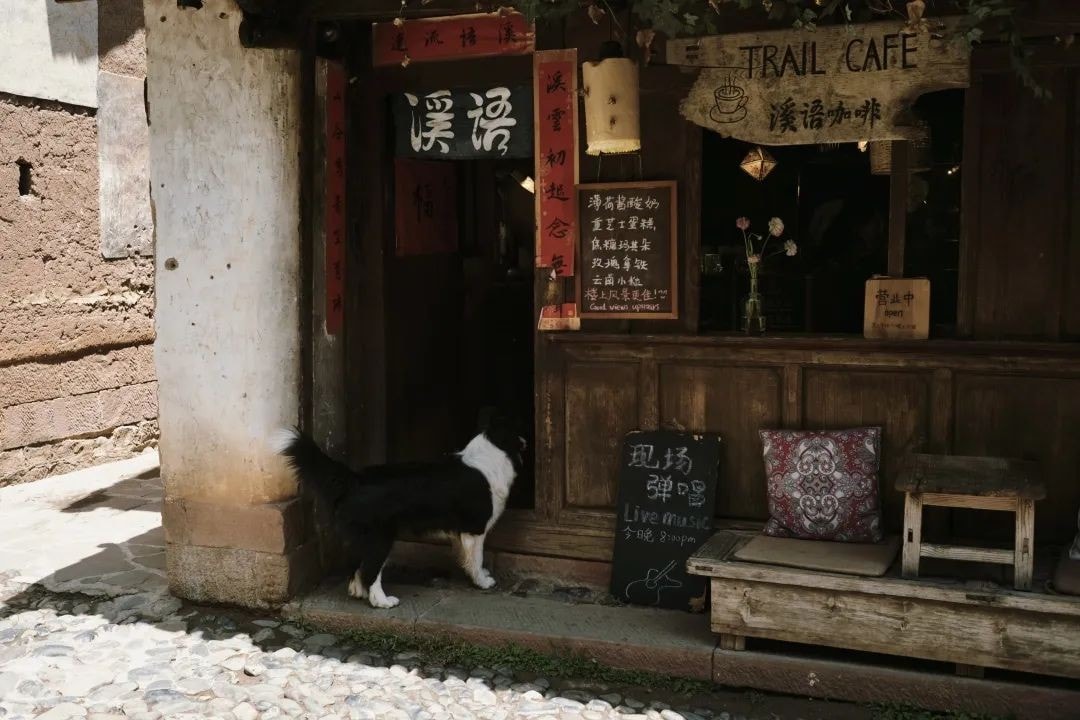
One is that Yunnan friends often say, “Let’s go and relax.” Here, “relax” is a verb, somewhat similar to our “chill,” meaning to go out and unwind.
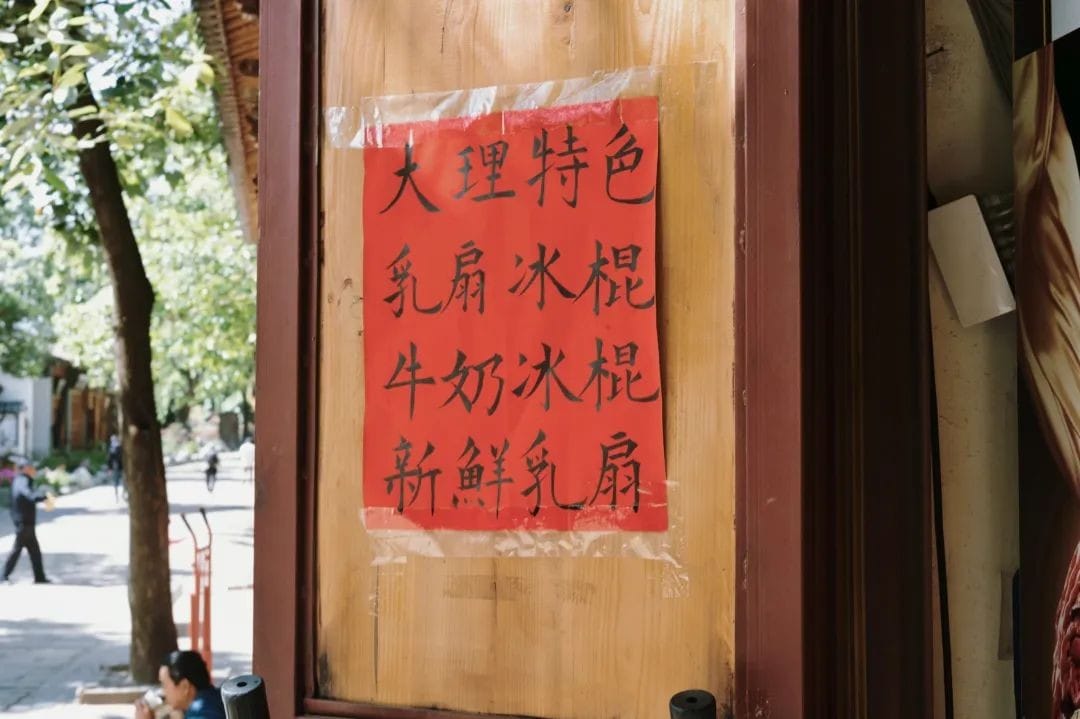
The other is that Yunnan friends refer to making money as “suffering for money.” When it’s time to start working, they’ll pull a face and reluctantly say, “I’m going to suffer for money.”
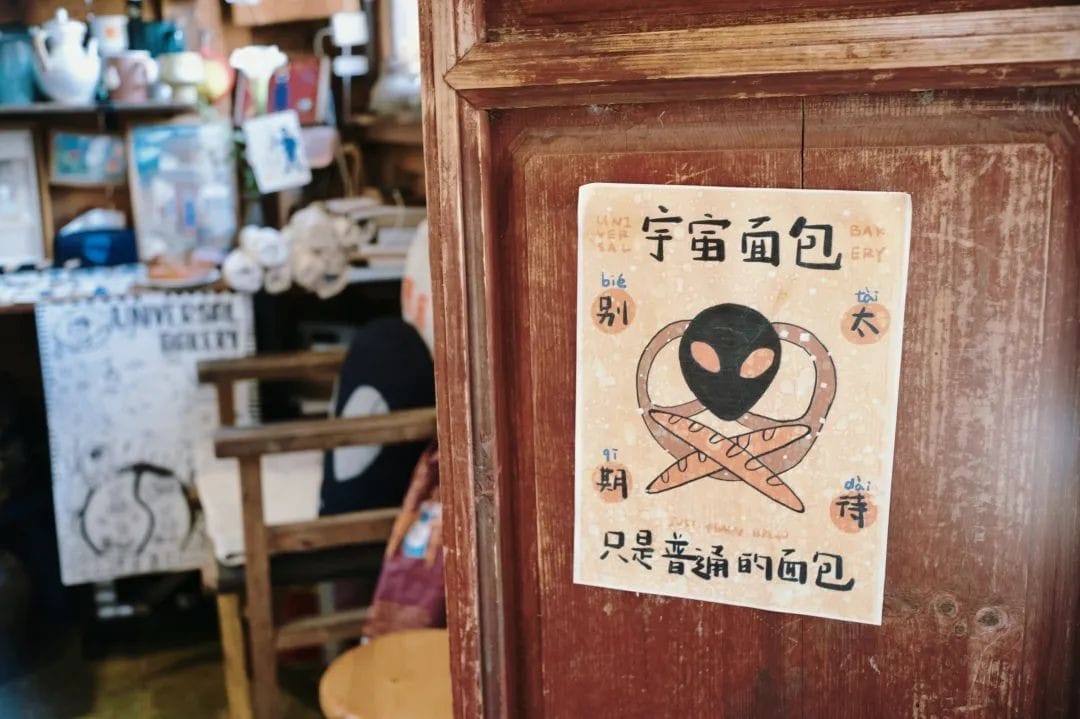
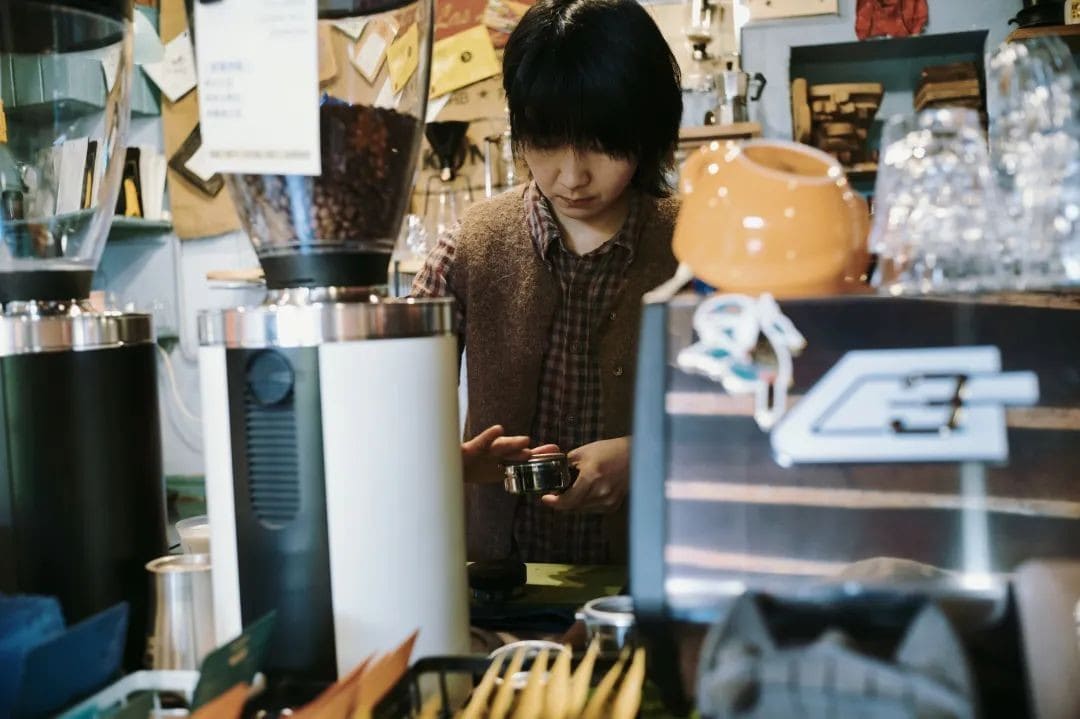

This straightforward and subtle expression suddenly made me understand why our Yunnan photographer Potato Teacher is so good to himself. Anti-involution must be the DNA deeply ingrained in the people of Yunnan.
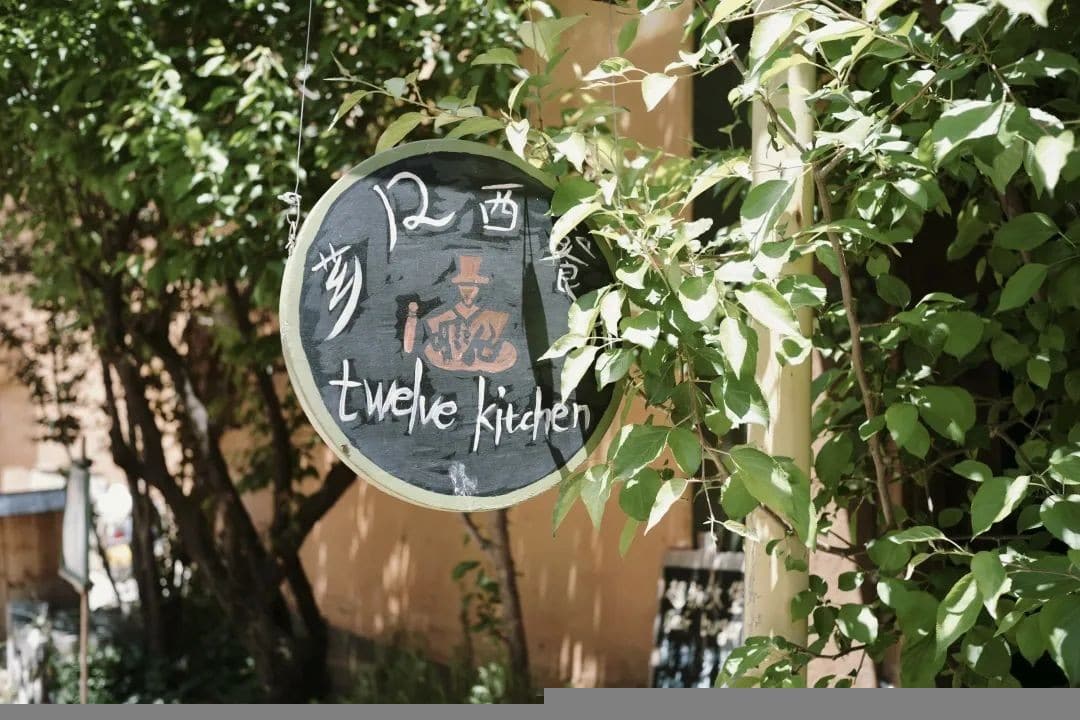
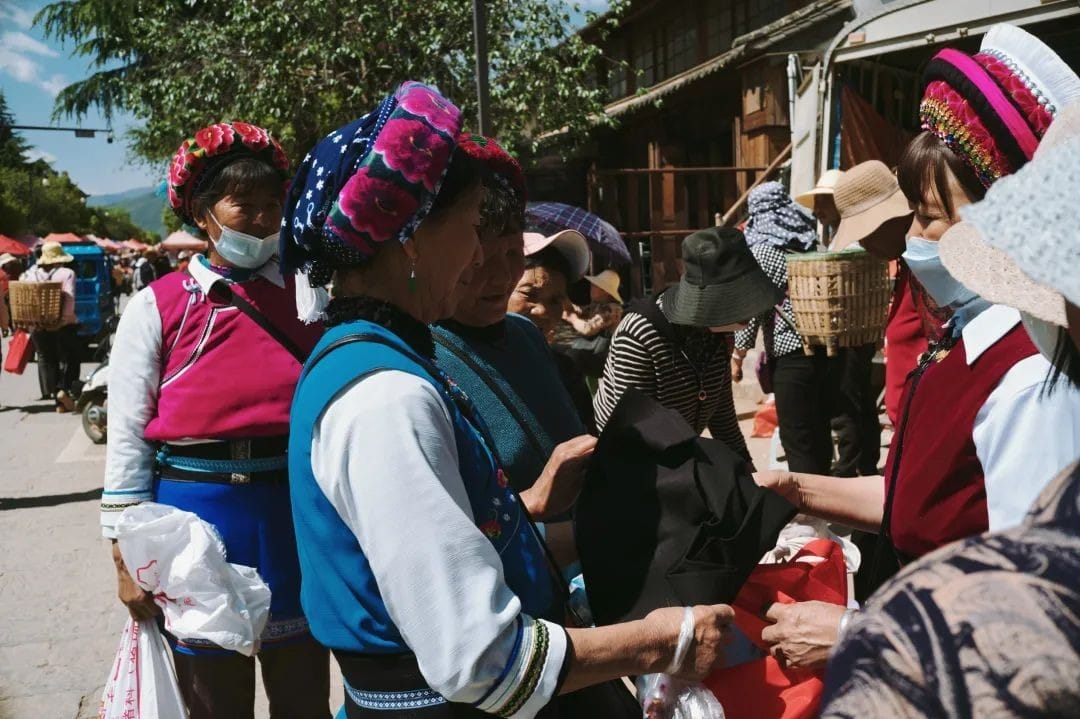
In the city, most people’s relaxation is always accompanied by intense anxiety. But when I relaxed in Dali at the end of April for eight days, I found that relaxation in Yunnan is something that feels entirely justified. Moreover, the days in Yunnan are exceptionally long, and it doesn’t get dark until 8 PM. With the extended daylight hours, relaxation also has its rhythm.
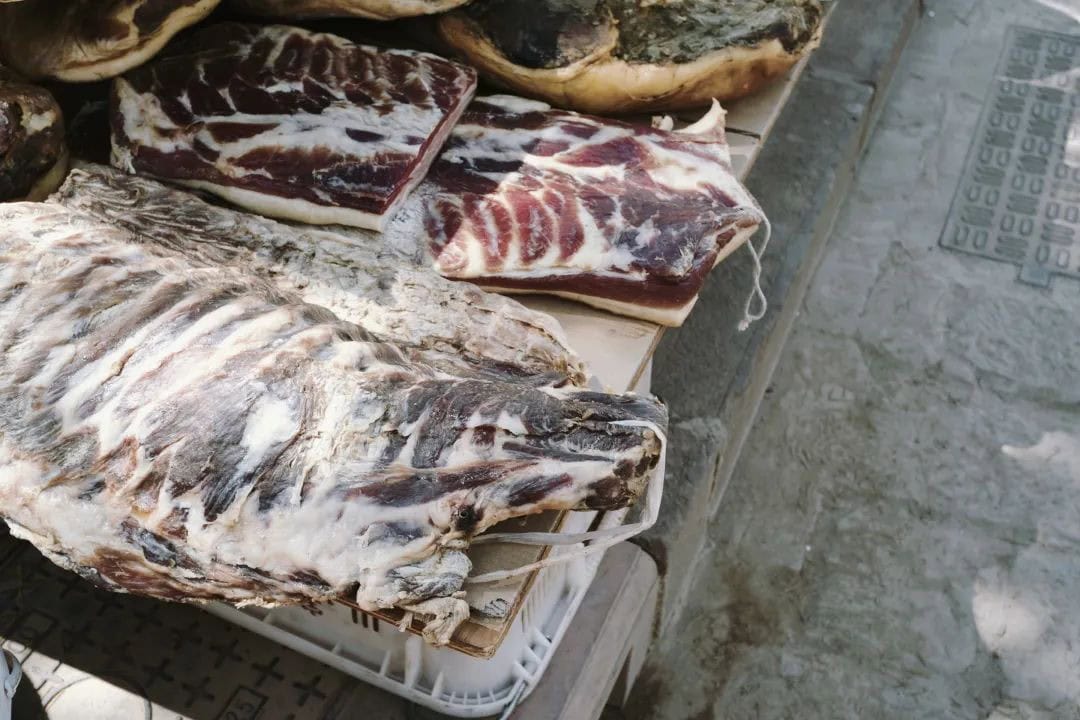
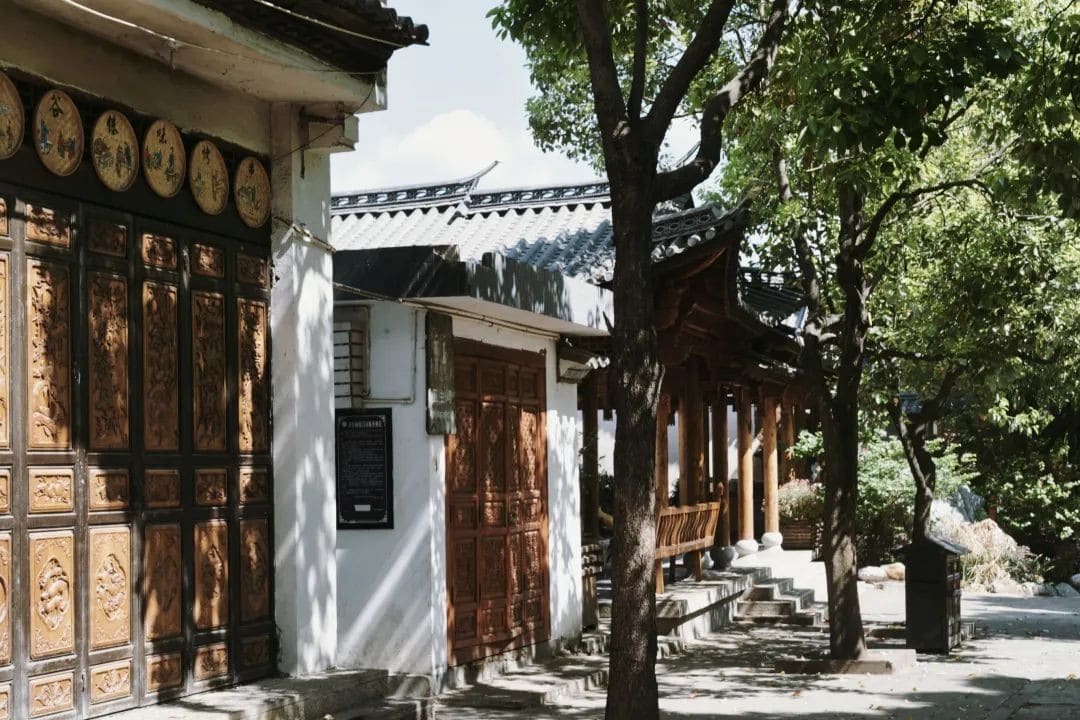
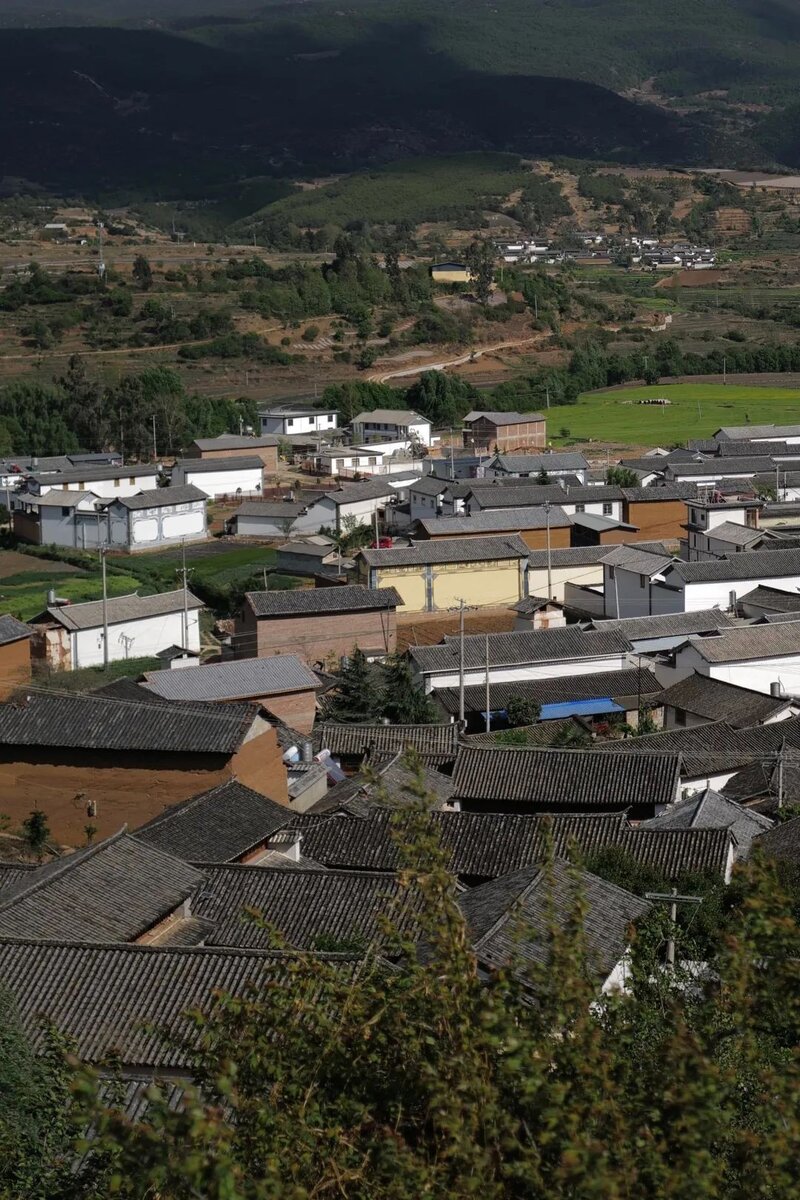
The atmosphere of relaxation varies in different places.
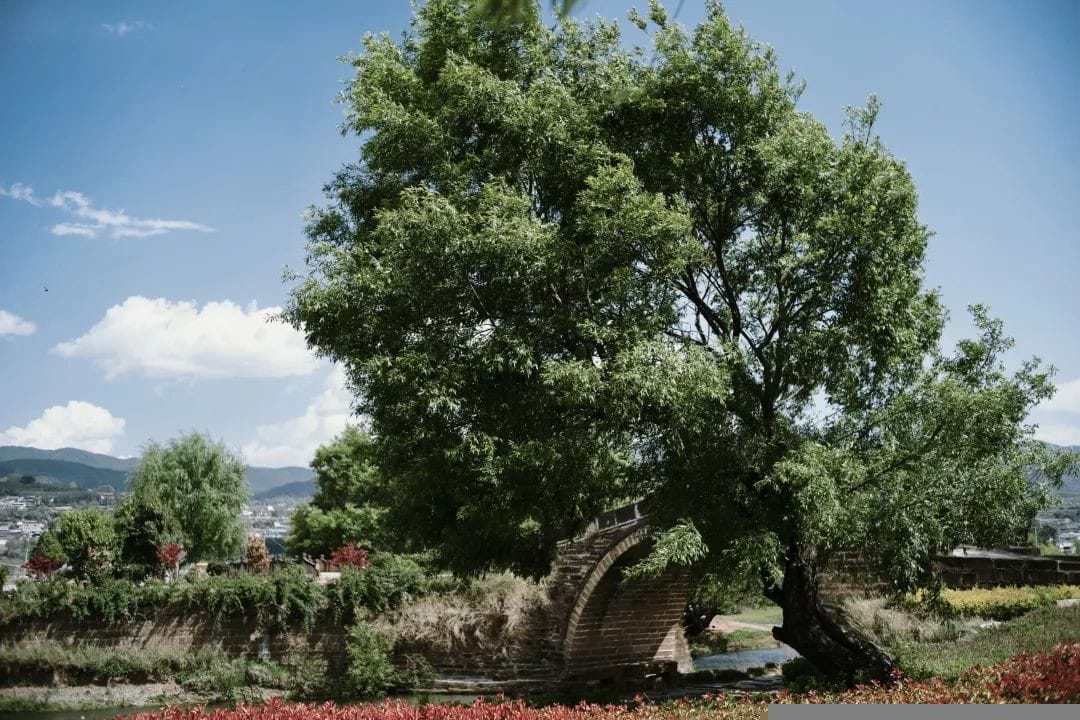
In Xizhou, relaxation is a bit like the Jufu Chang area in Shanghai, where many young people and foreigners from other places live. A few steps away is a decent café or teahouse.
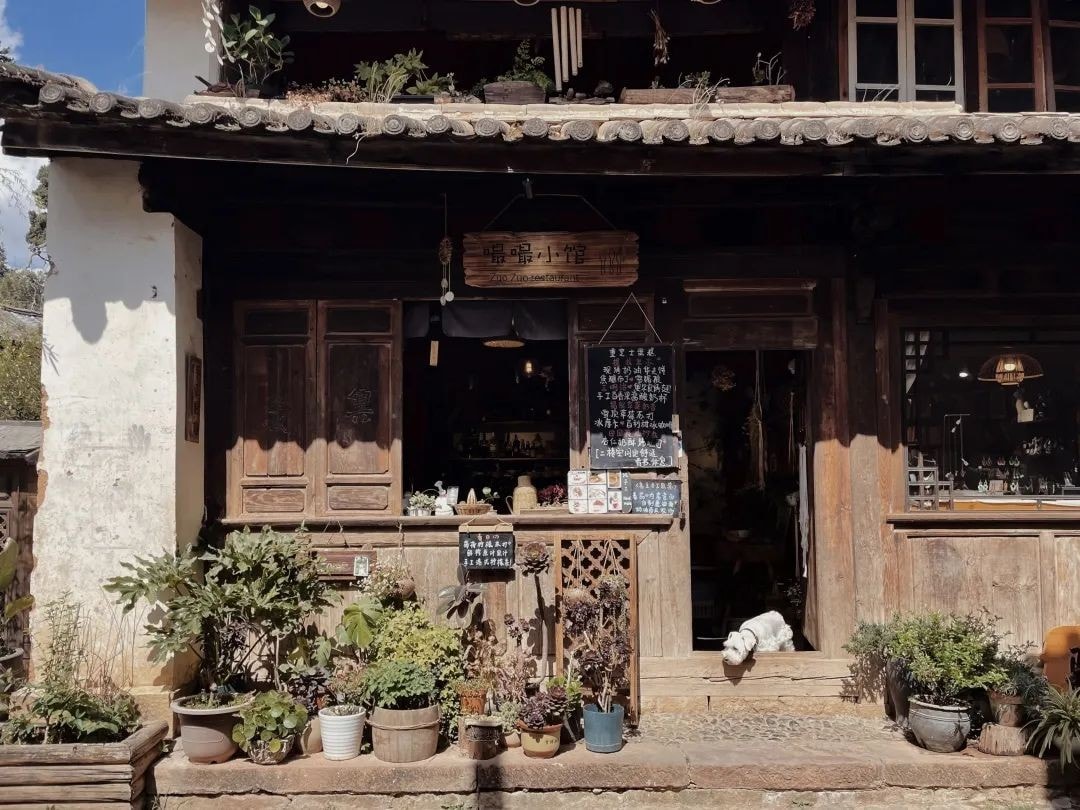
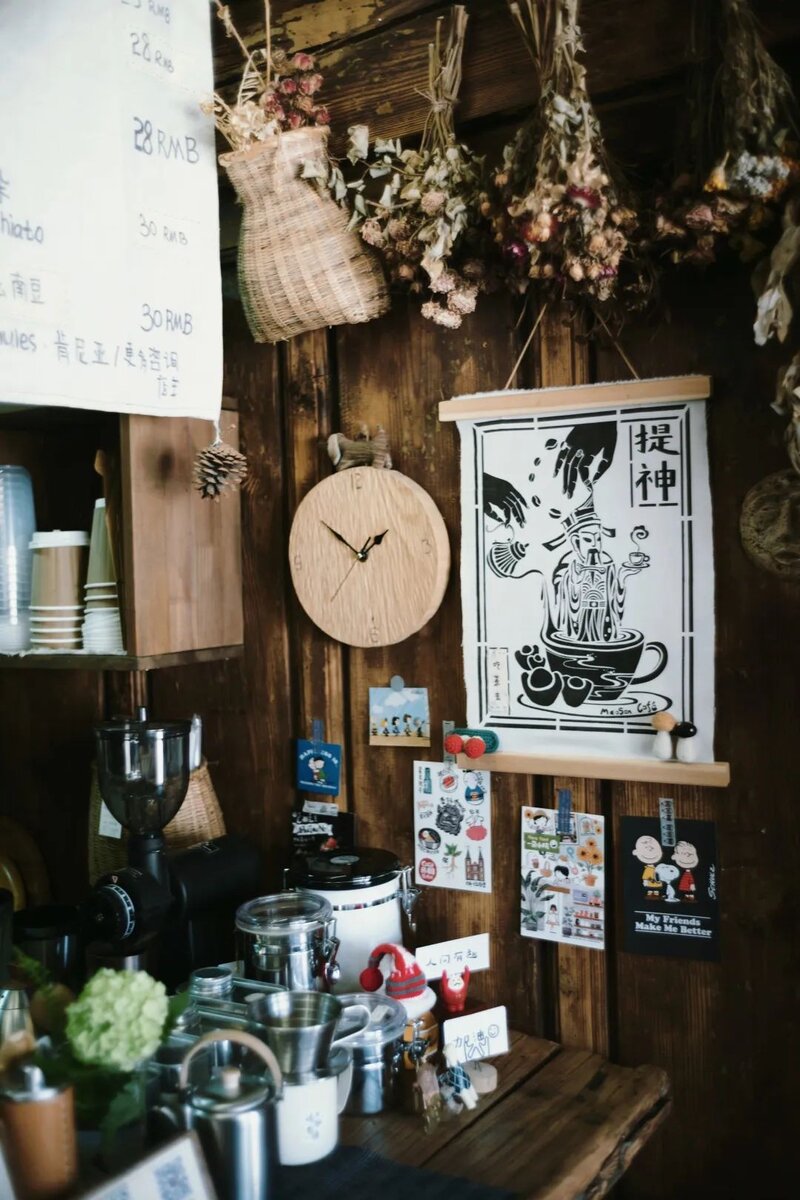
In Weishan, relaxation is born out of the local atmosphere, with a 99% concentration of indigenous residents. The ethnic minorities here have a strong sense of ritual for their festivals.
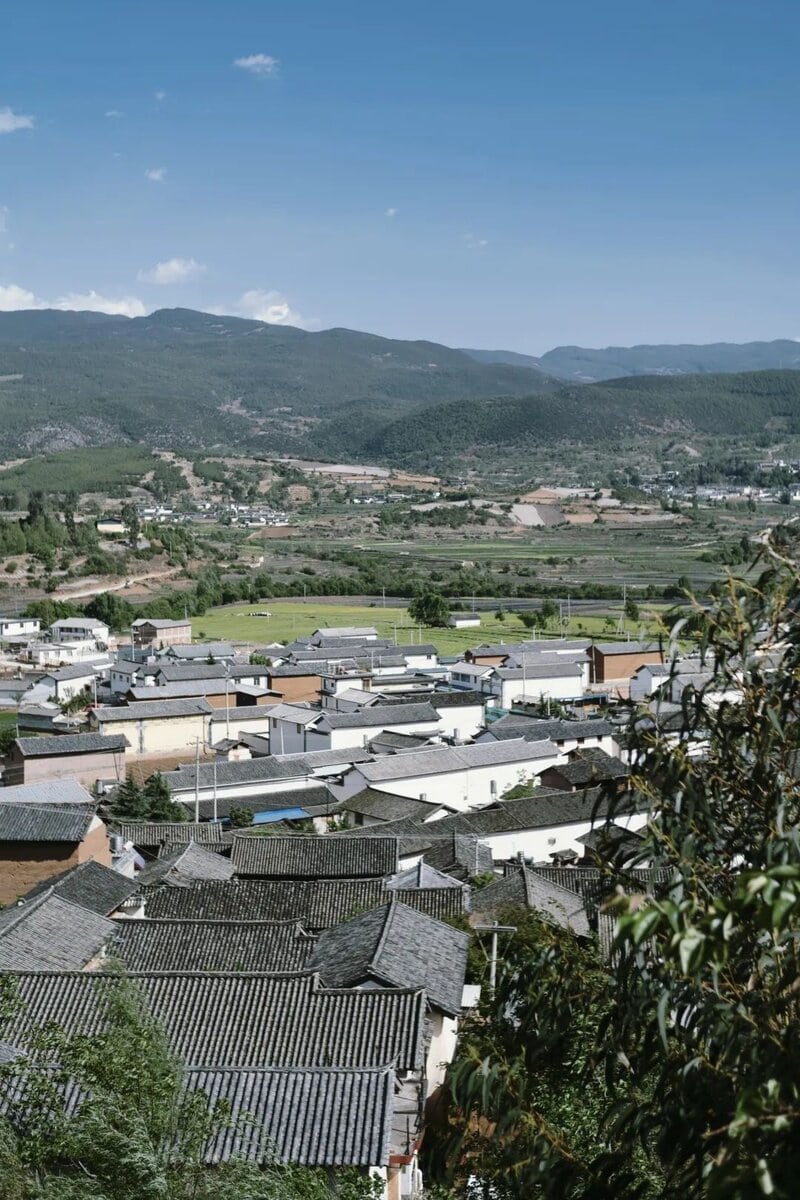
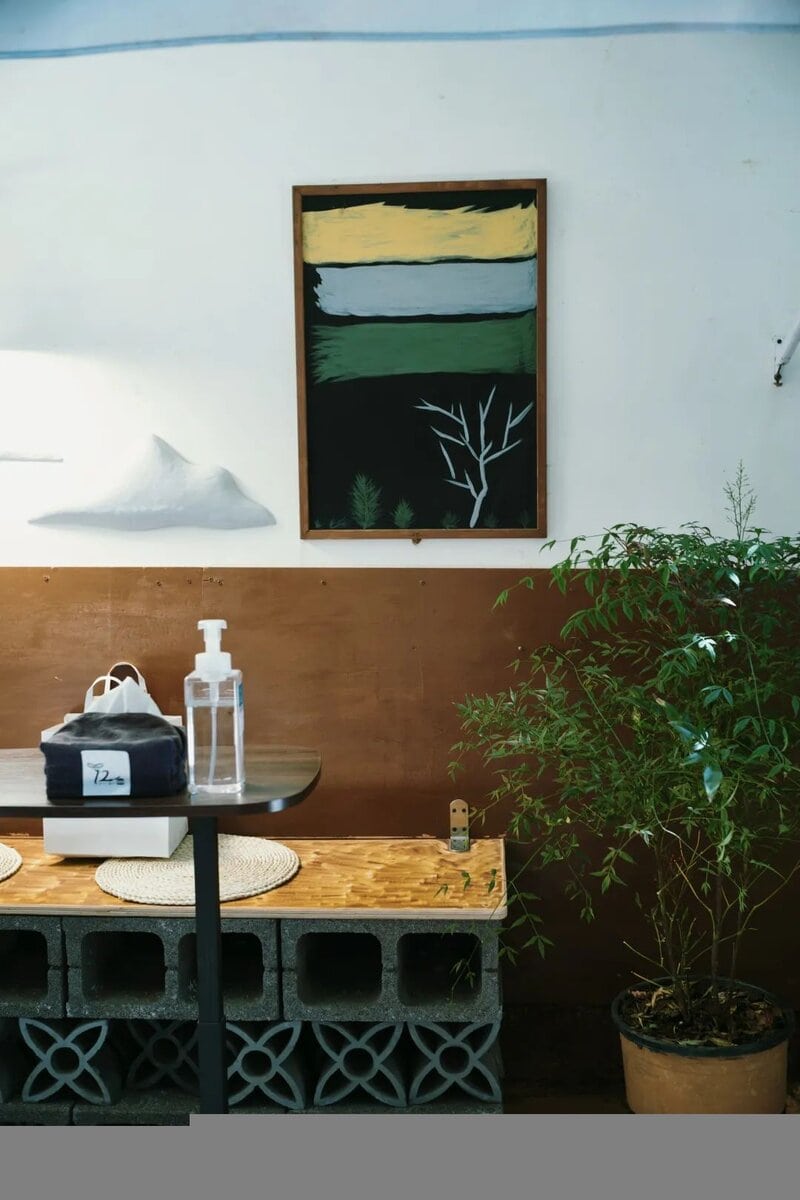
But in Shaxi, relaxation is the most assertive.

Many domestic and foreign artists and craftsmen come here to live in seclusion. Even if they open shops, they maintain their own pace of life, adhering to the principle of “come if you want,” and some shops only open for a few hours a day, not bothering to make an extra dollar.
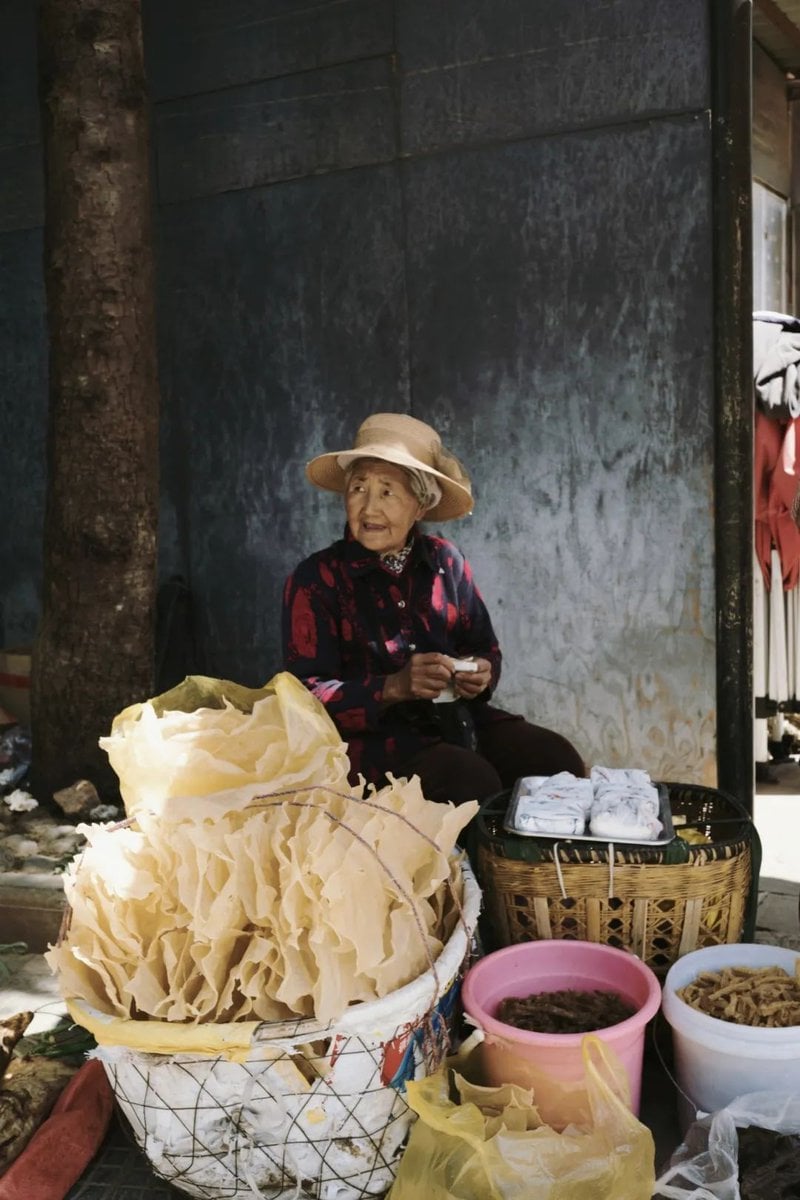
Today’s article will first talk about Shaxi.
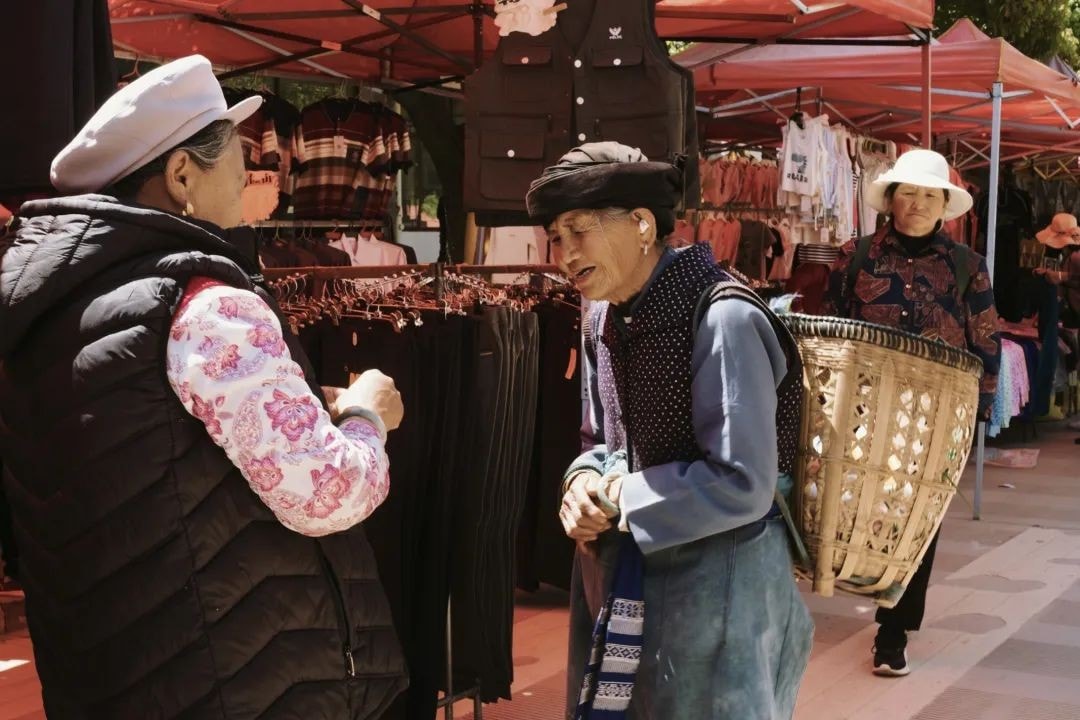
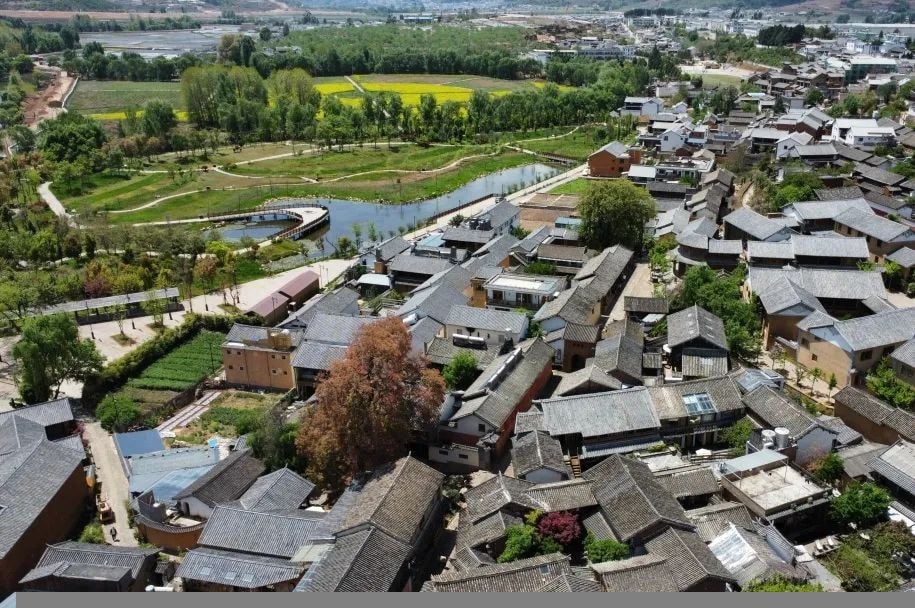
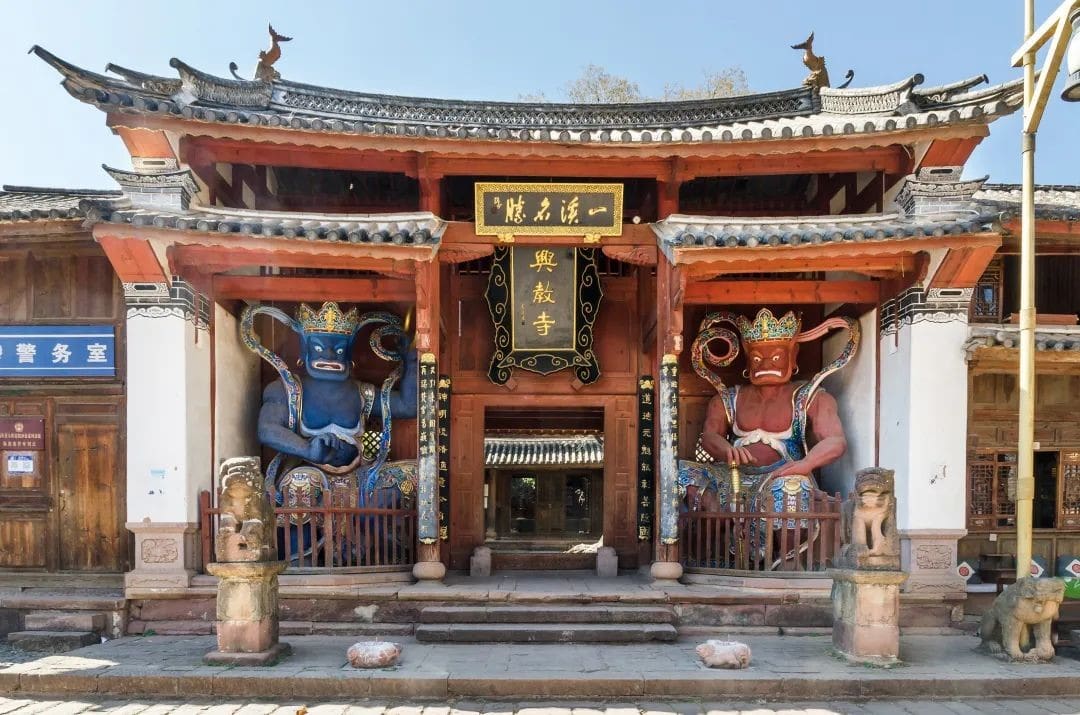
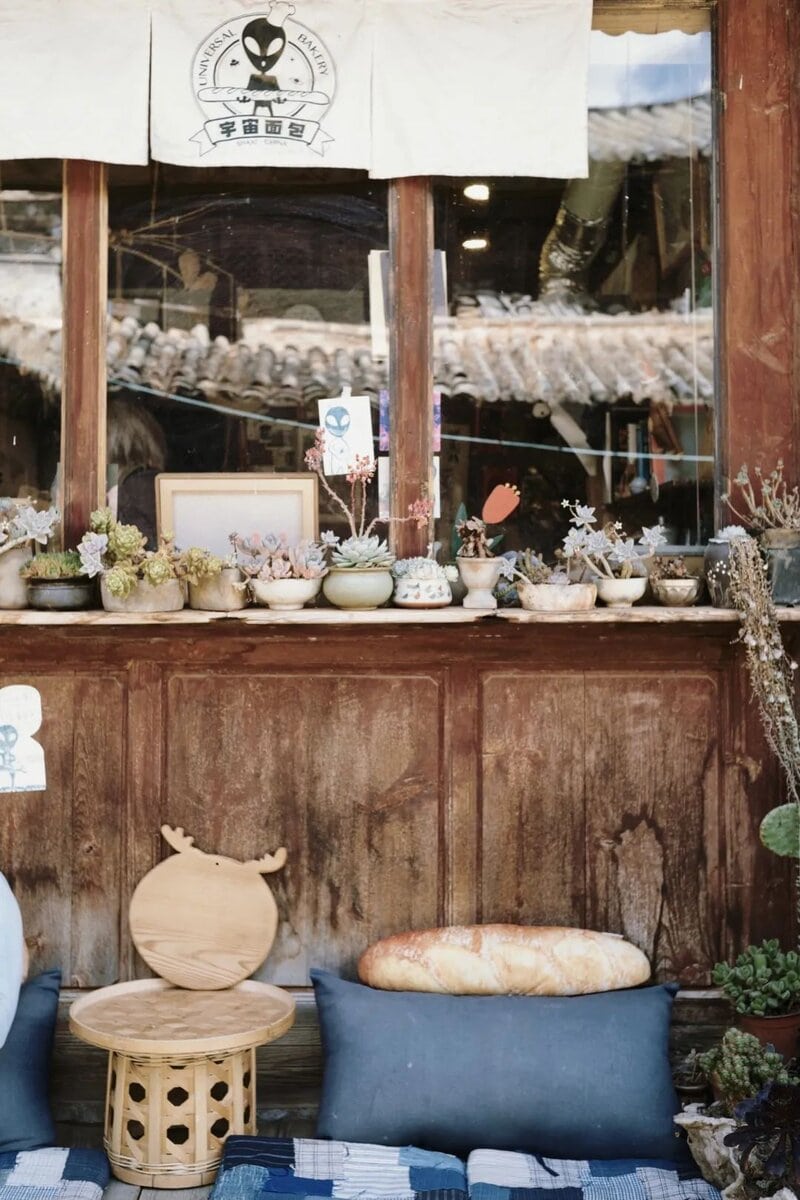
I was originally someone who had no interest in ancient towns, but after visiting Shaxi, I can’t stop thinking about it. This is a place that has not yet been tamed by the internet, where you can’t take a taxi, there’s almost no takeout, and there are more stray dogs than tourists on the streets.
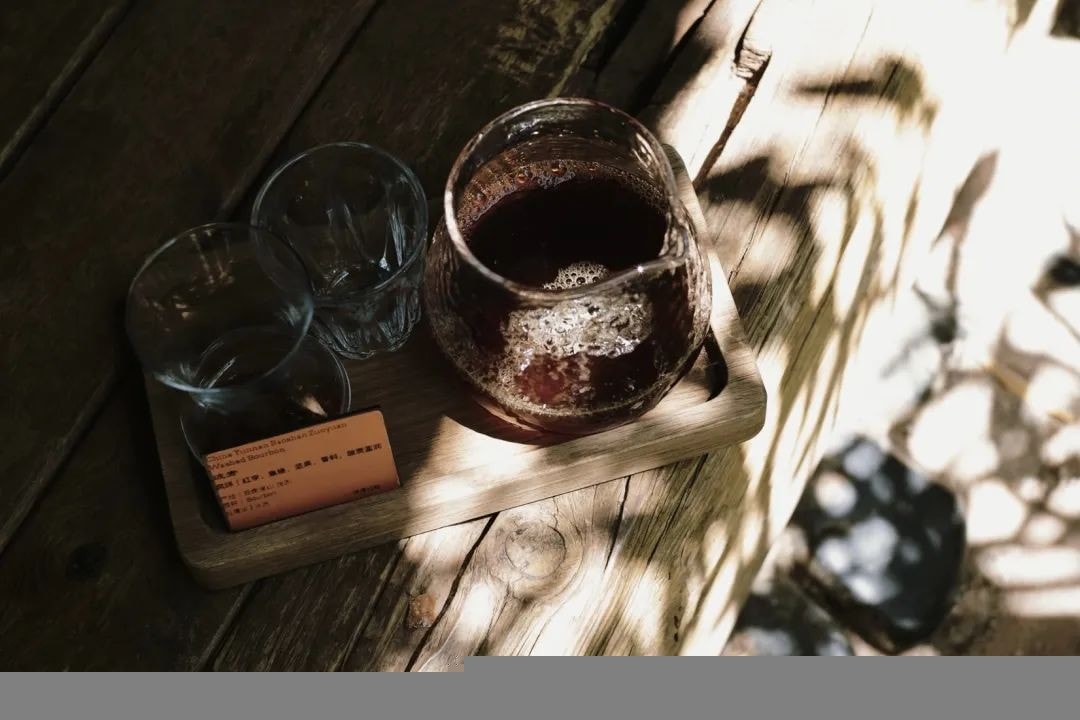
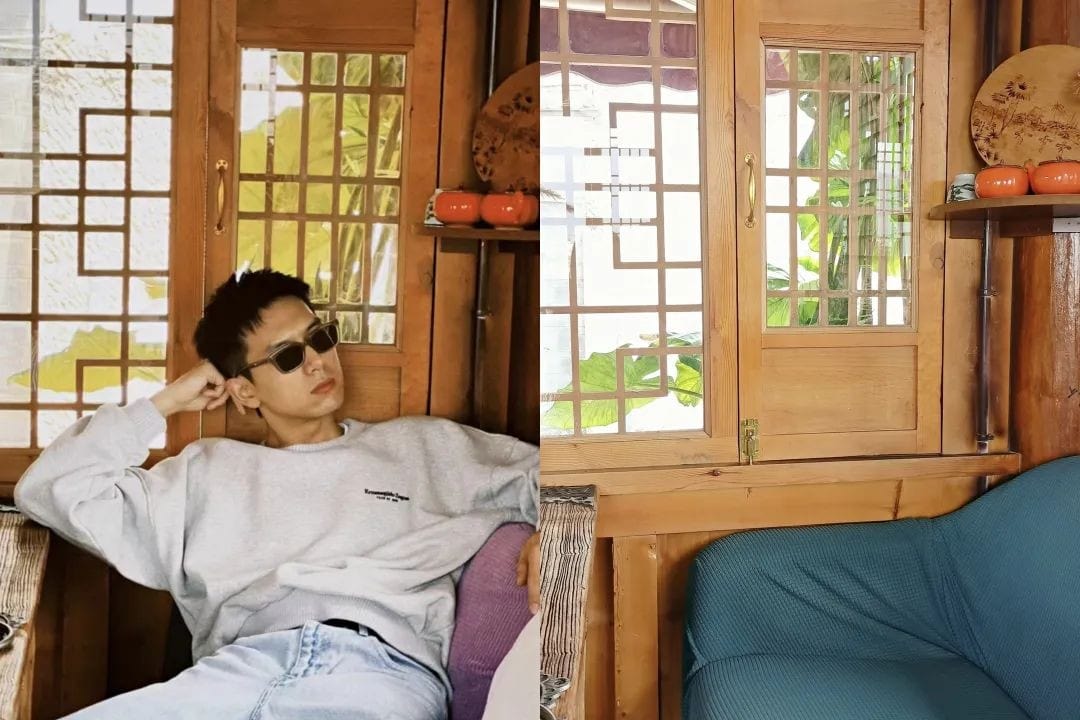
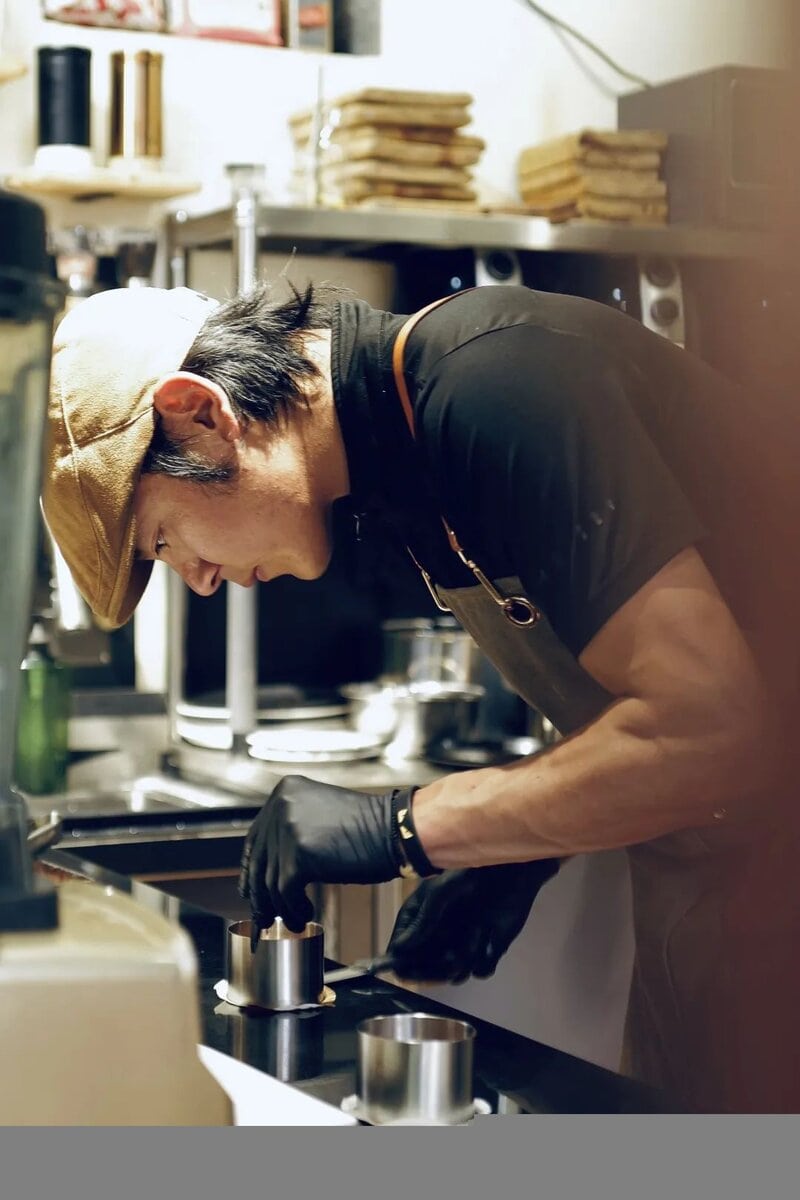
It is the last thousand-year-old ancient town left on the Tea Horse Road. Perhaps because it was featured on the cover of Lonely Planet, it is much more famous abroad than in China. Before the pandemic, most of the people who came to check it out from afar were foreigners.
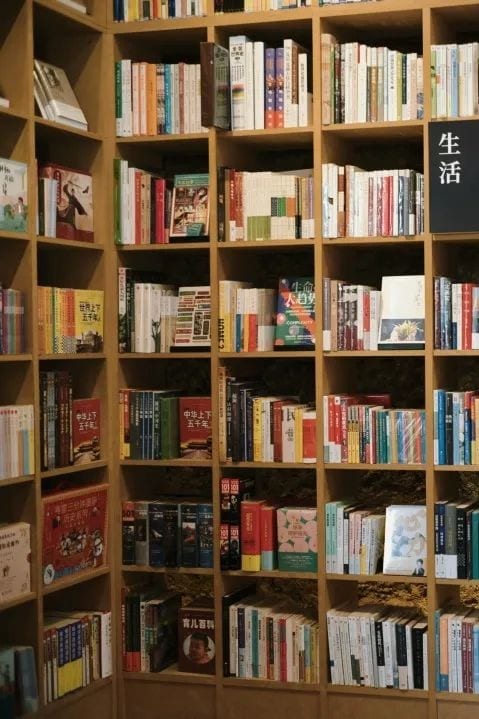
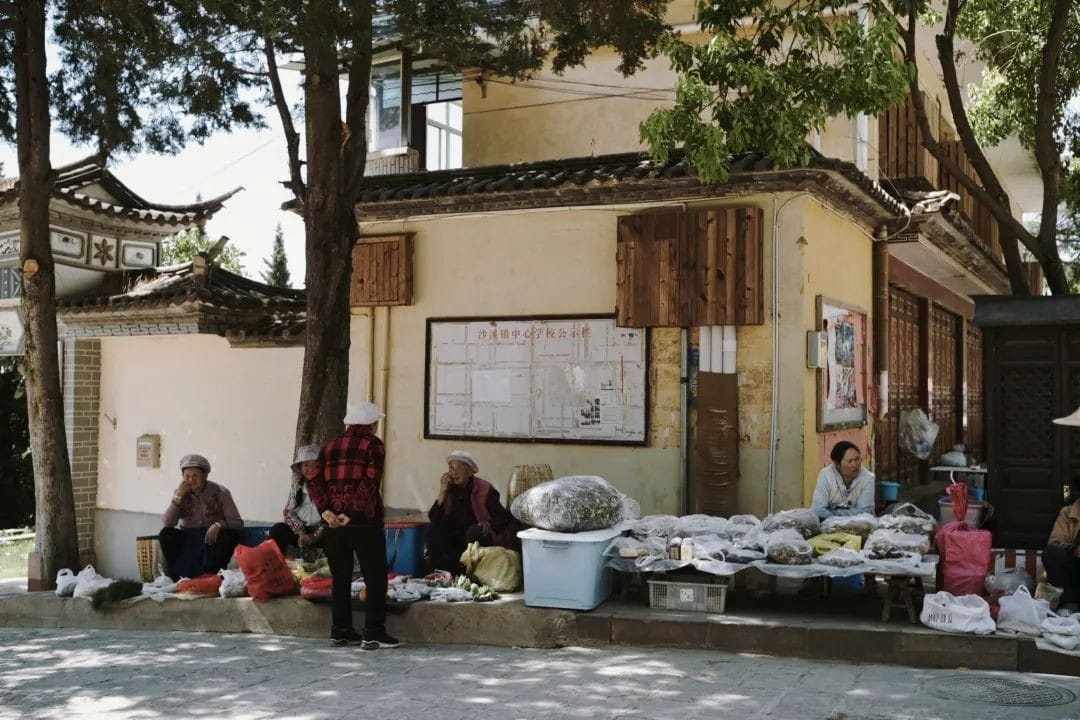
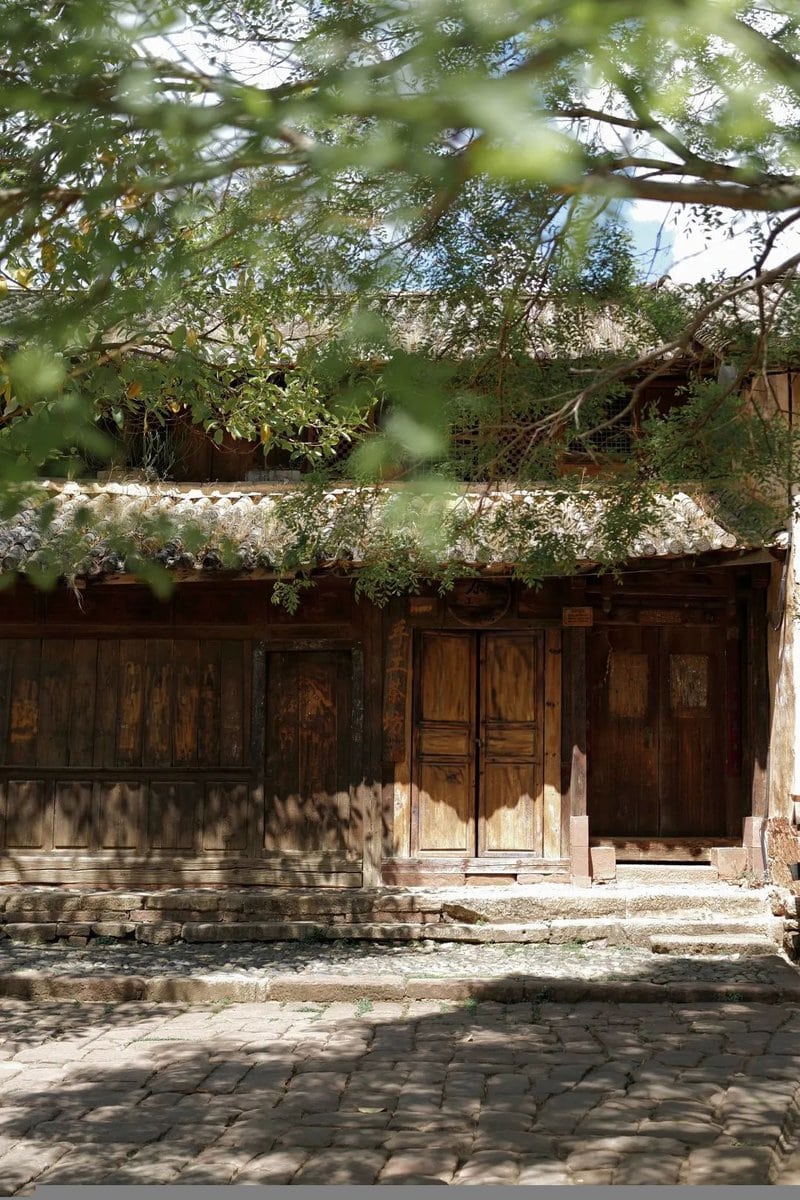
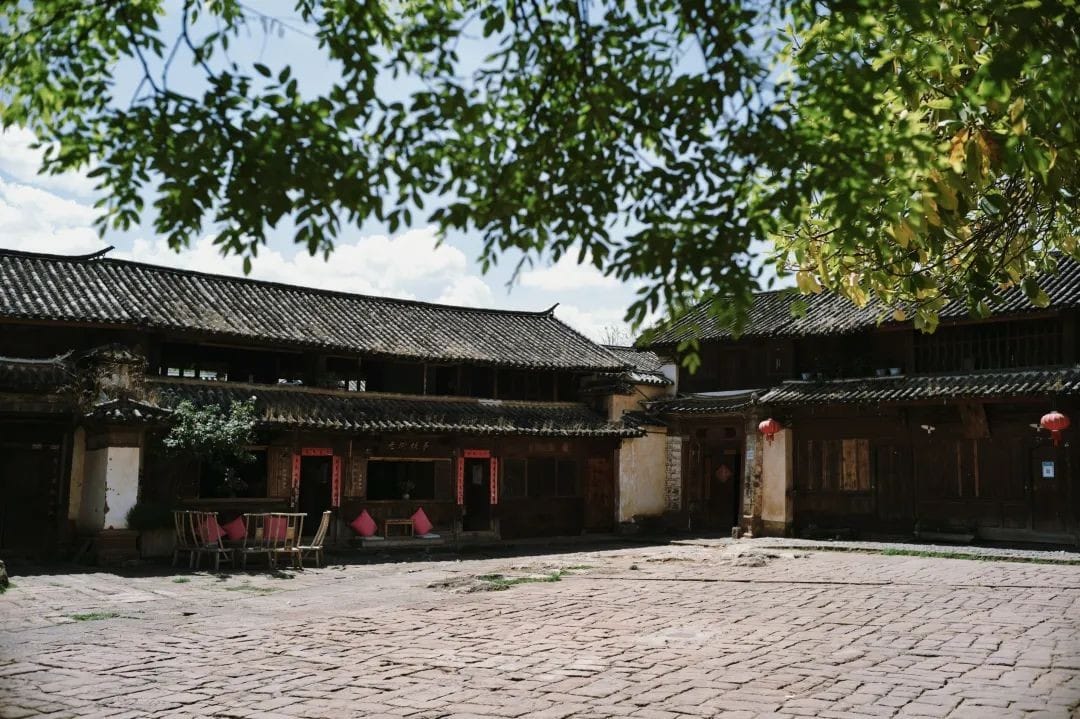
Unlike other ancient towns in Yunnan, Shaxi Ancient Town had an overall planning “big picture” from the beginning of its restoration project. In 2002, the Swiss Federal Institute of Technology Zurich, together with alumnus Huang Yinwu, adhered to the principle of “restoring the old to its original state,” and after more than a decade, restored Shaxi Ancient Town to its current state.
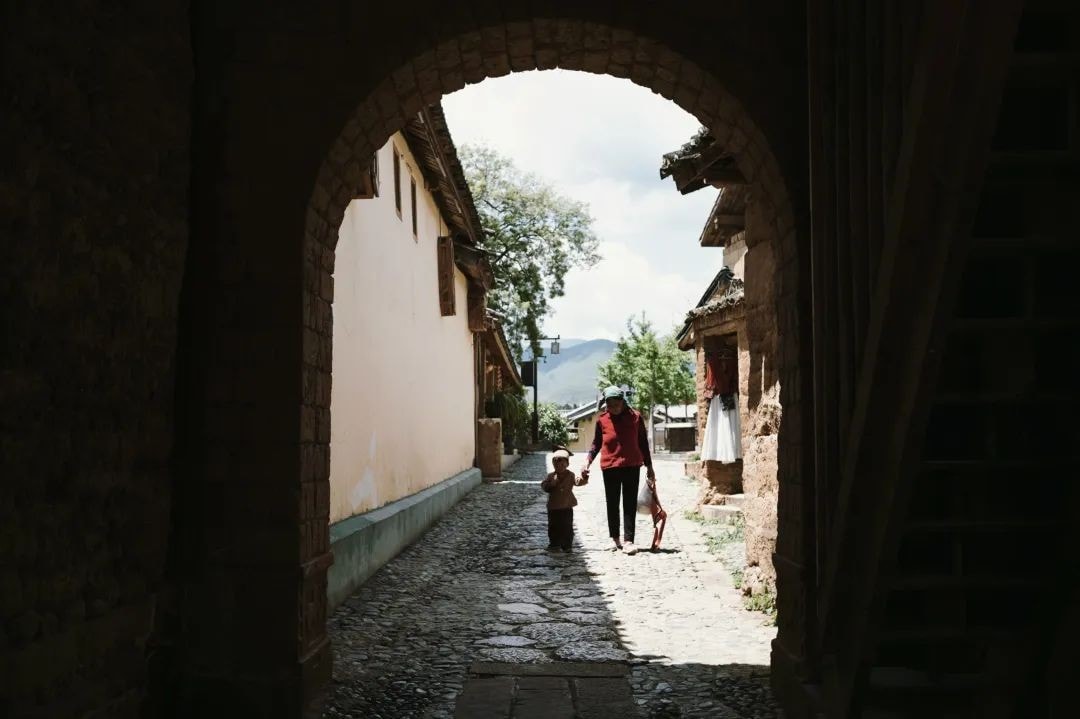
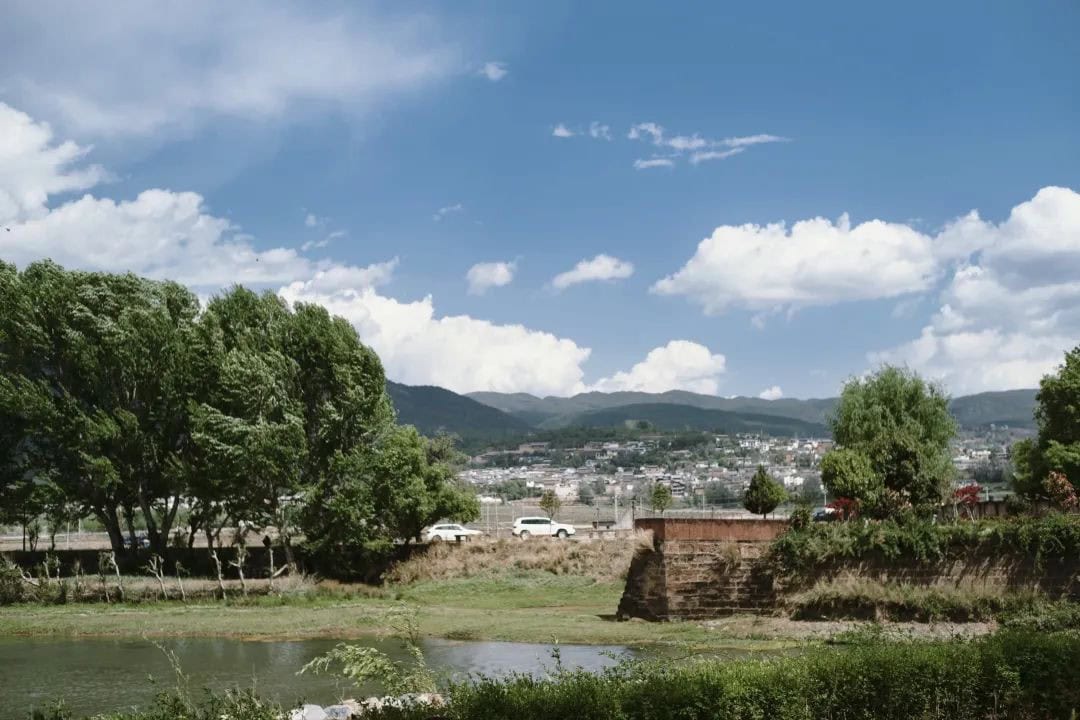
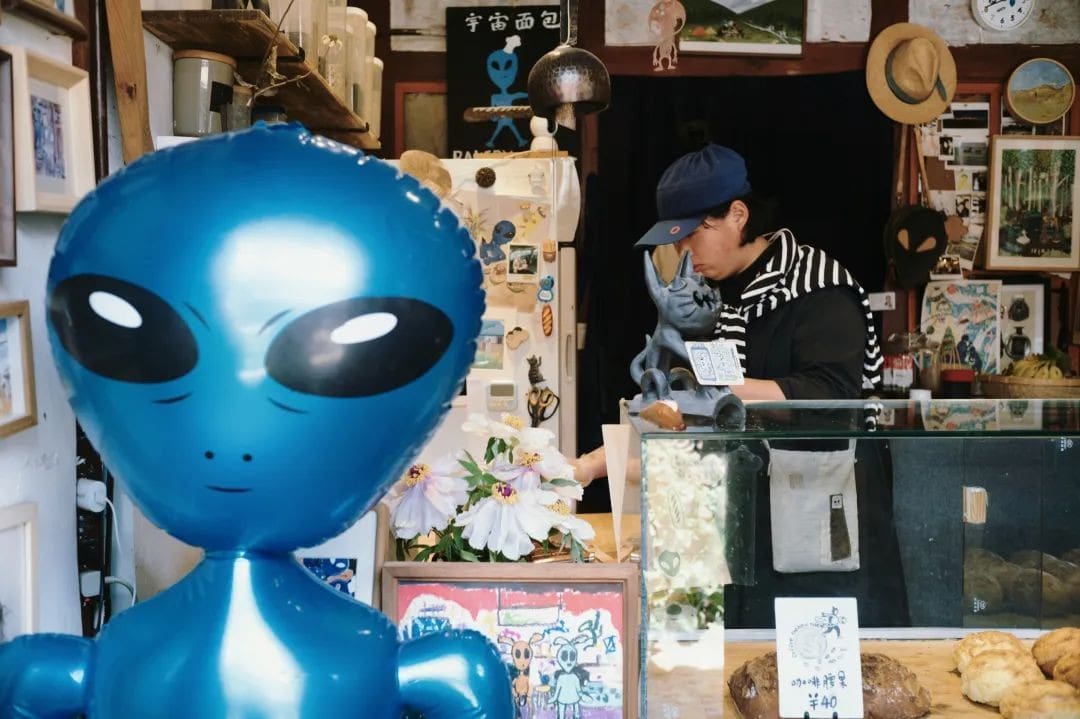
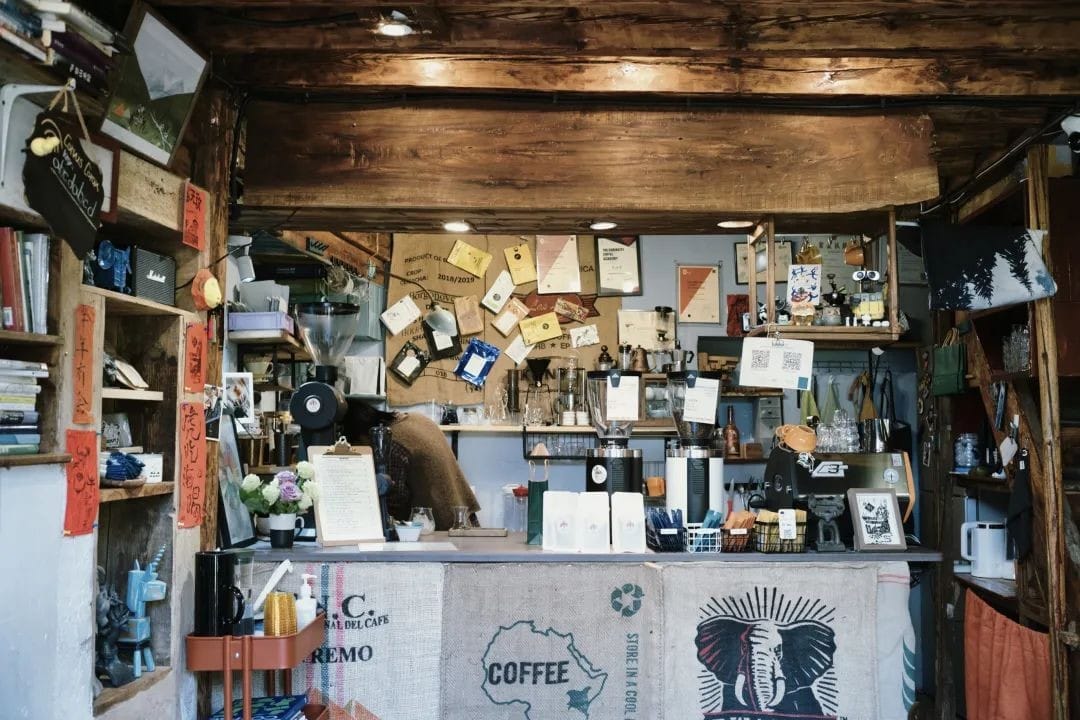
So the aesthetics of Shaxi Ancient Town are actually quite high.
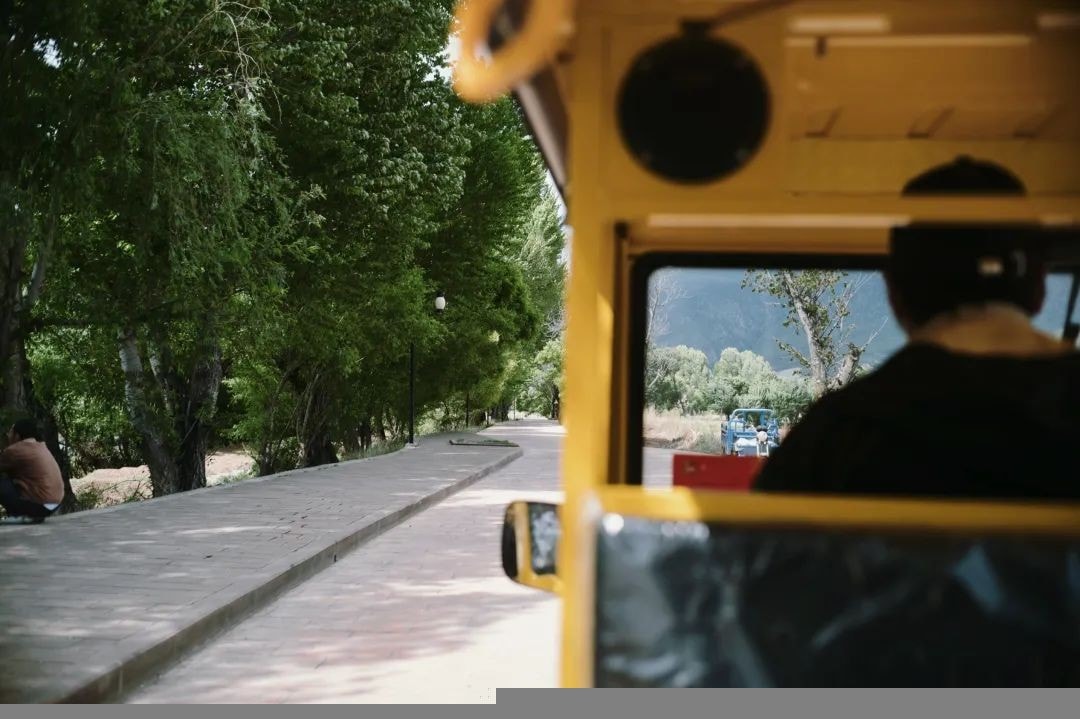
Uniform rammed earth buildings, various rare green plants unique to Yunnan, and a variety of shop windows with different styles… Shaxi Ancient Town is definitely different from any other ancient town you’ve been to. There’s a new surprise around every corner.
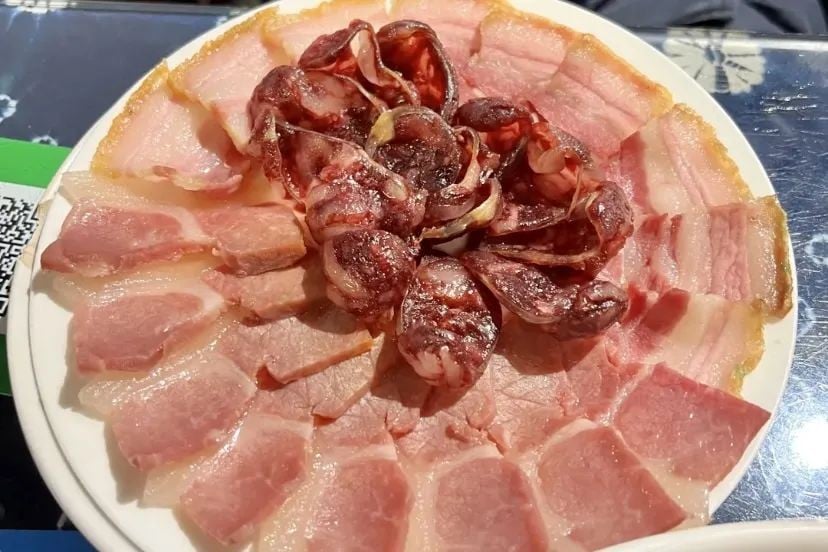
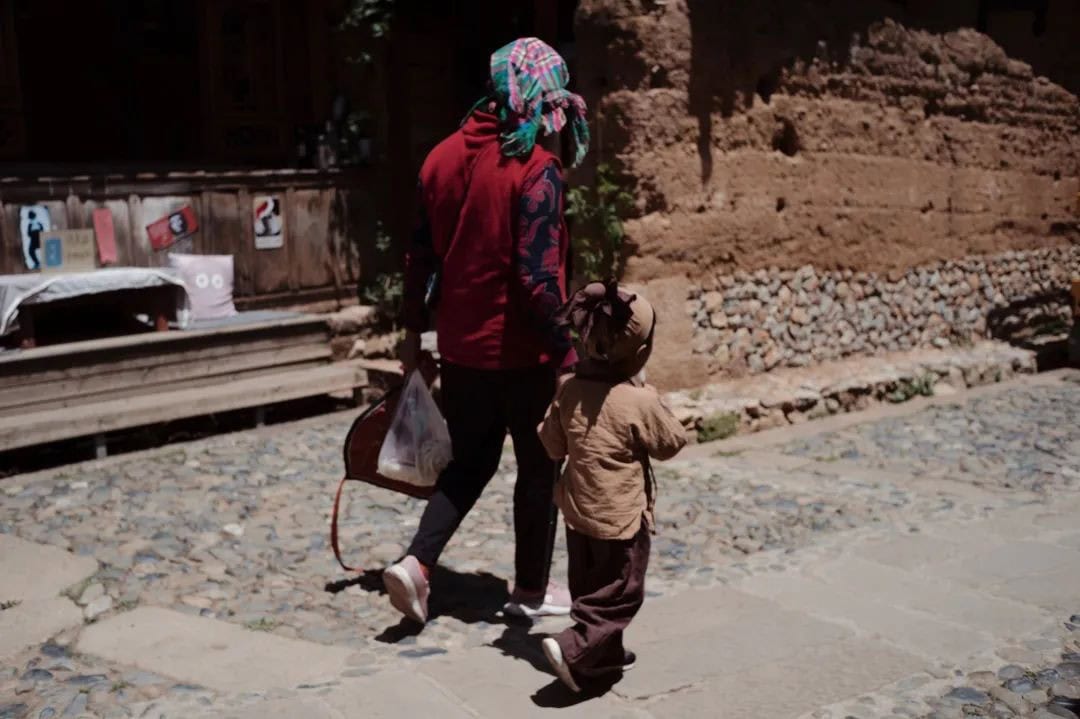
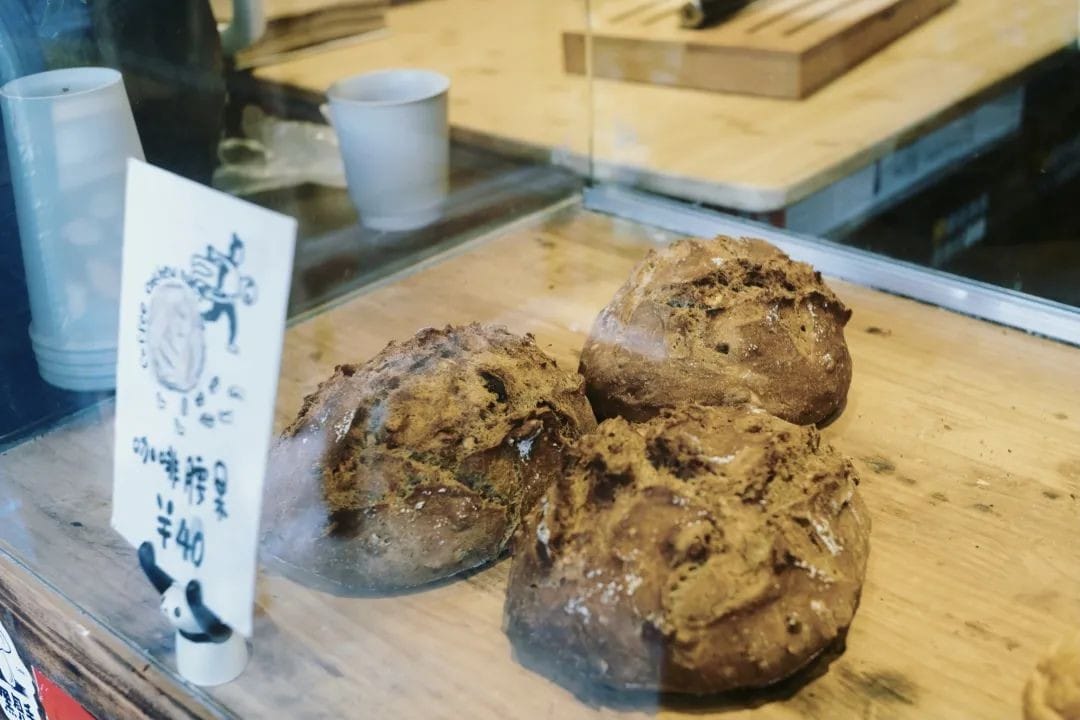

It’s not easy to get to Shaxi. Located between Dali and Lijiang, there are no direct high-speed trains, and taking a bus requires a transfer. The only options are to charter a car or share a ride, which is quite a hassle.
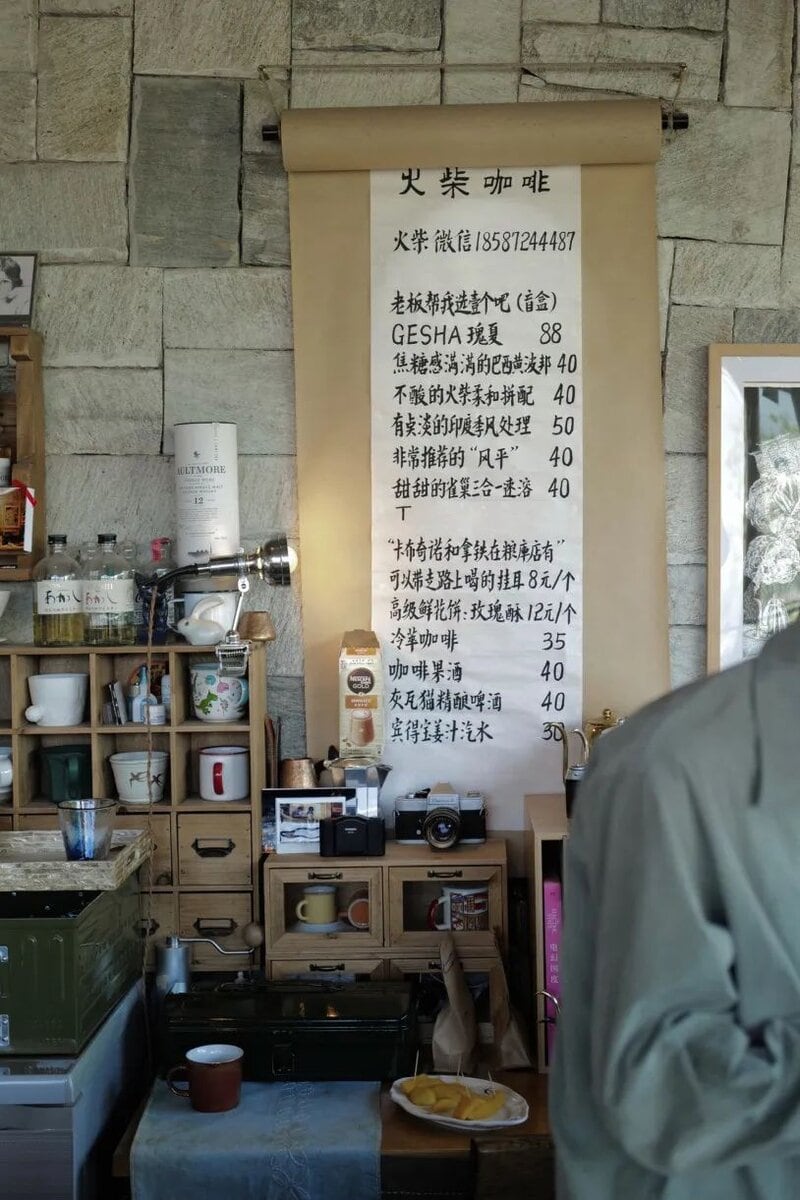
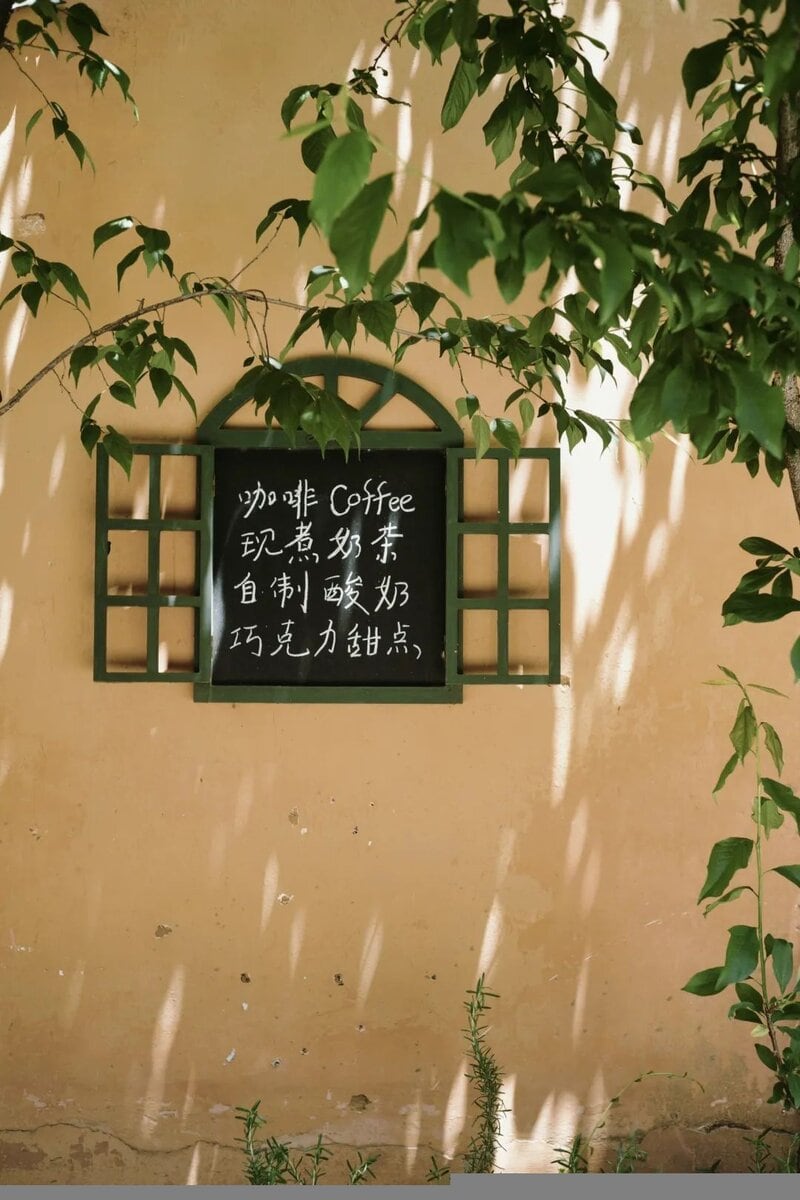
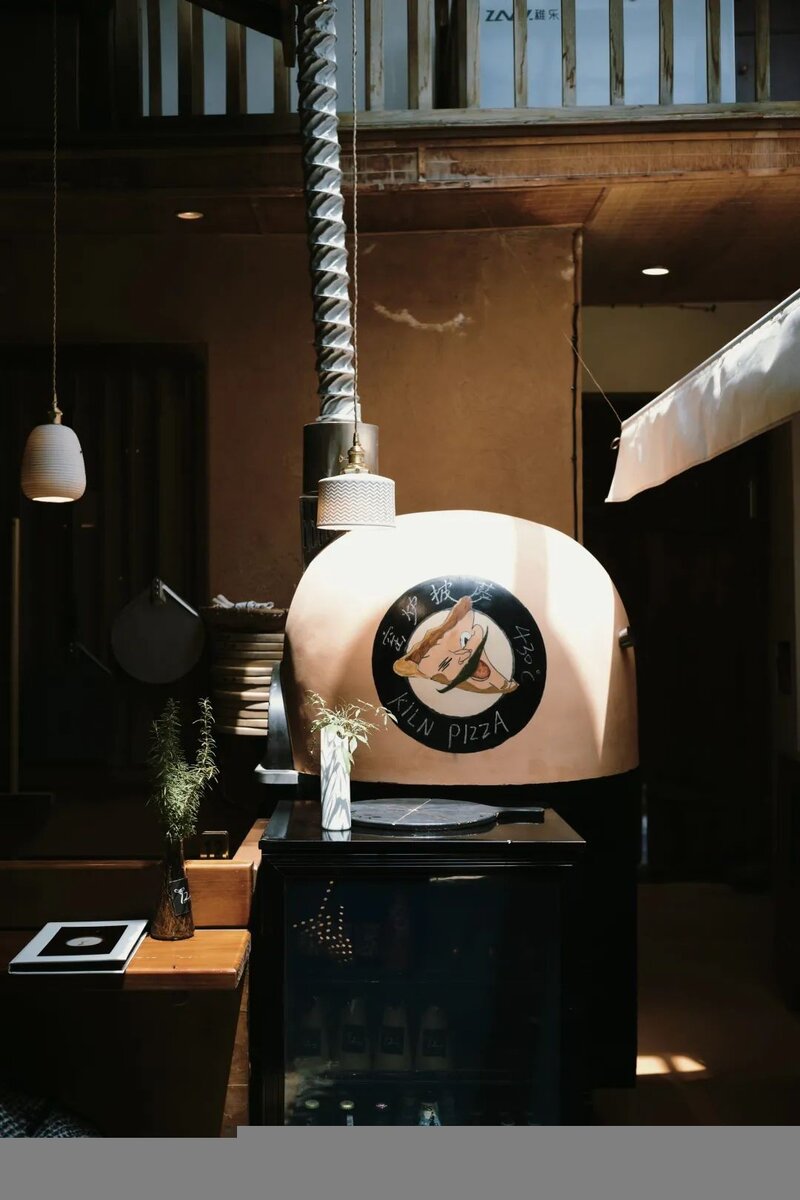
But seclusion does not mean backwardness and dilapidation. Shaxi not only has high, but its shops are also full of hidden gems. Below is the “Shaxi Food, Accommodation, Play, and Travel Guide” for everyone to take note of~
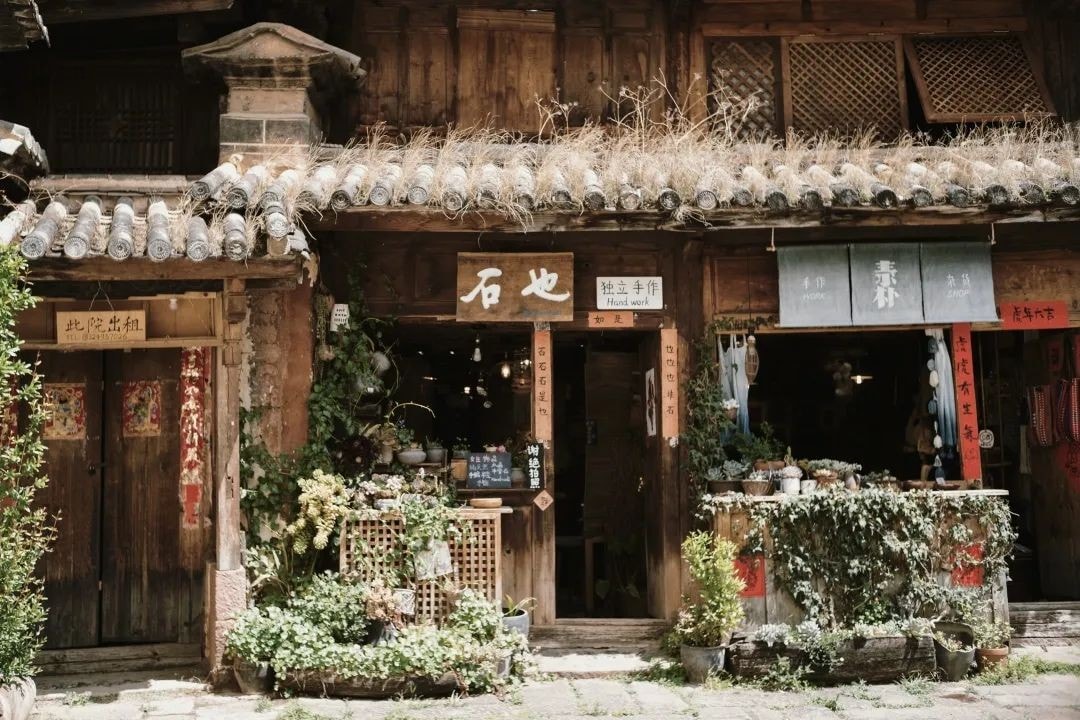
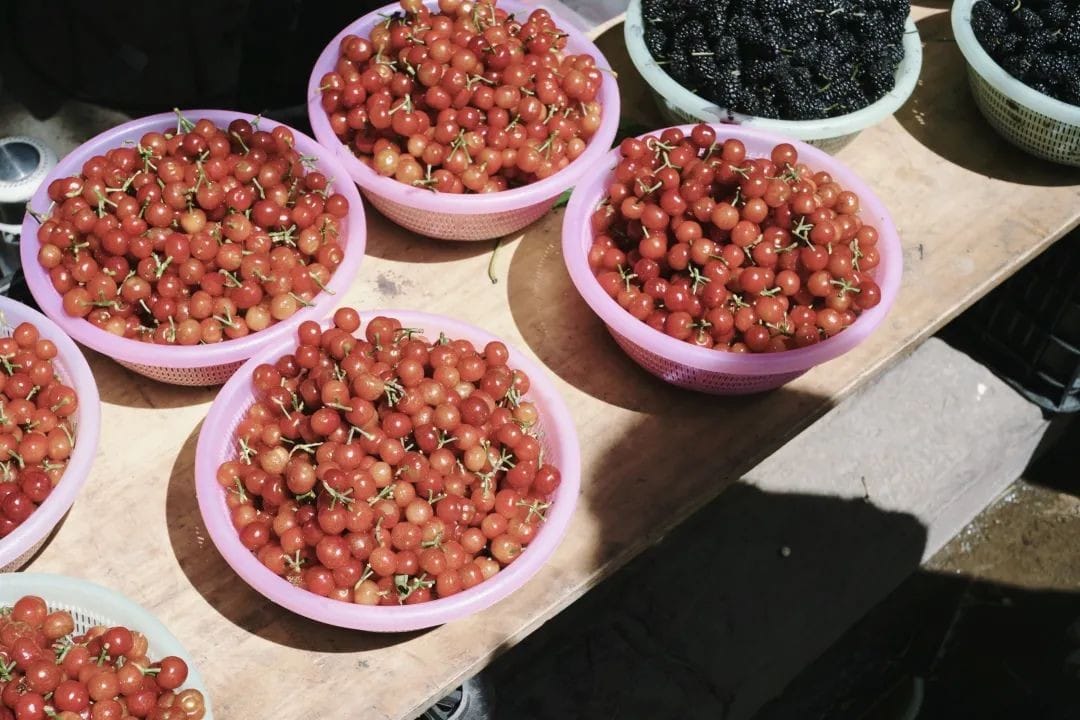
The milk fan ice cream is amazing, don’t forget to buy one if you pass by.
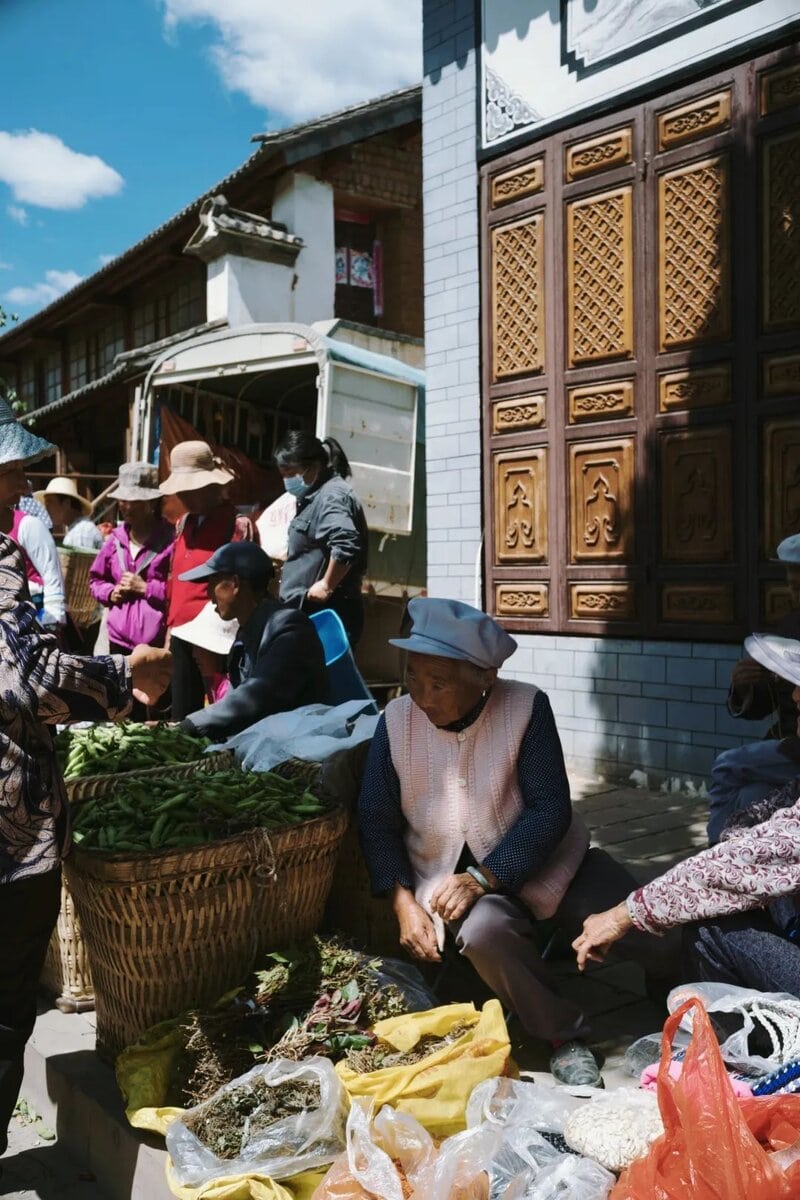
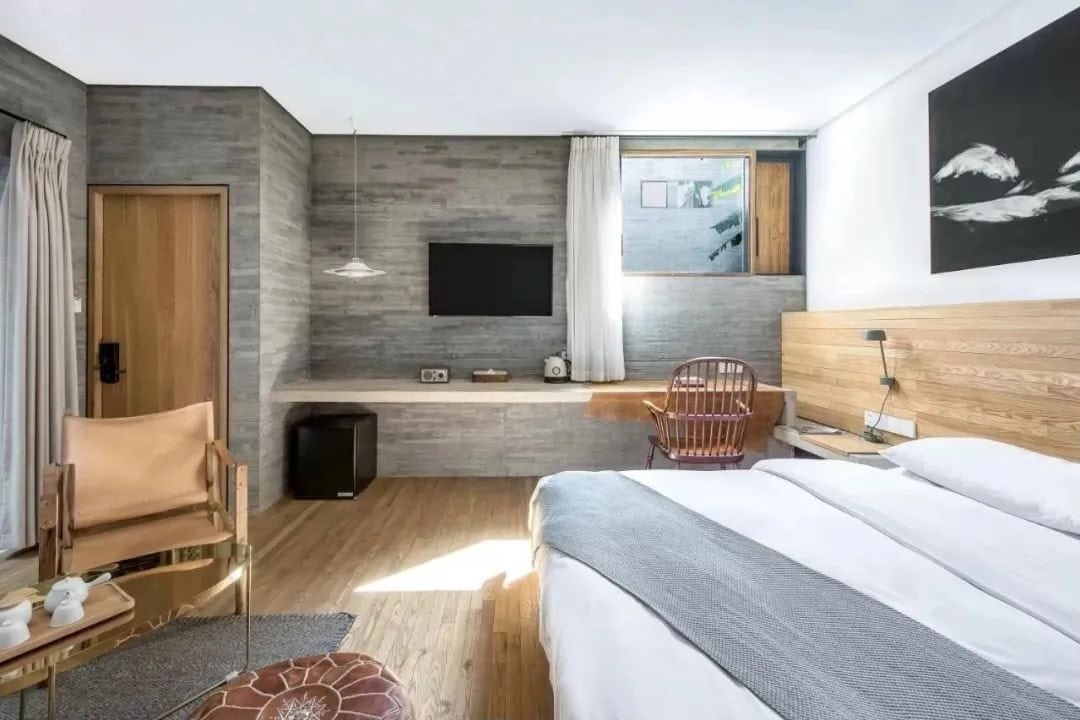
A Guide to Wandering in Shaxi
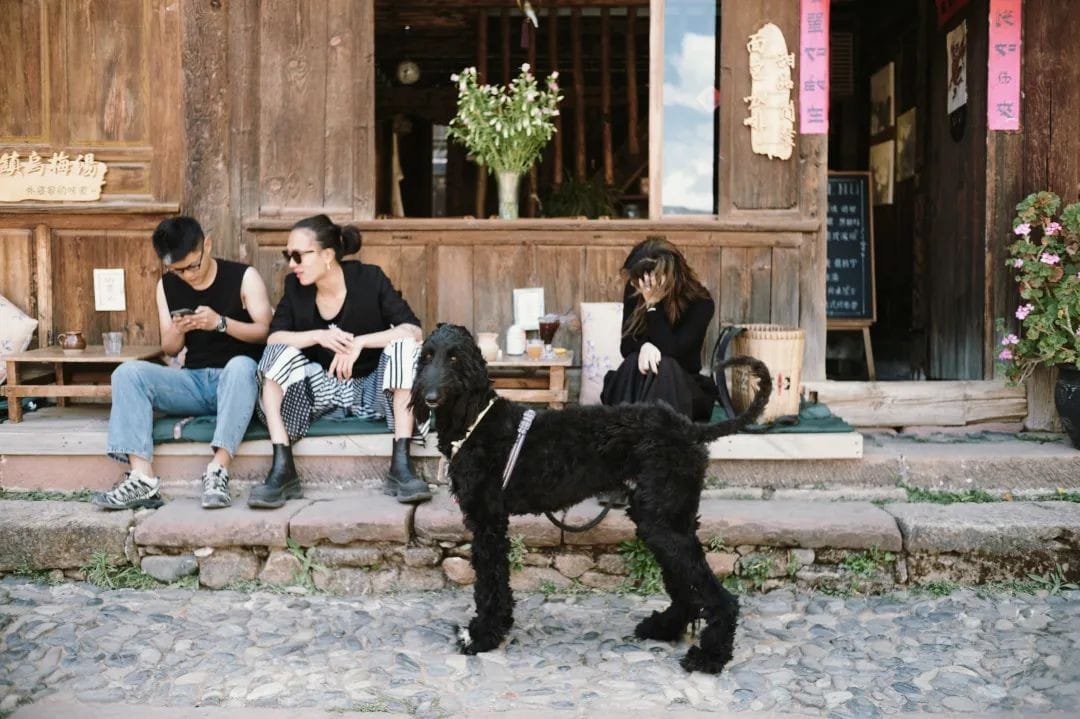
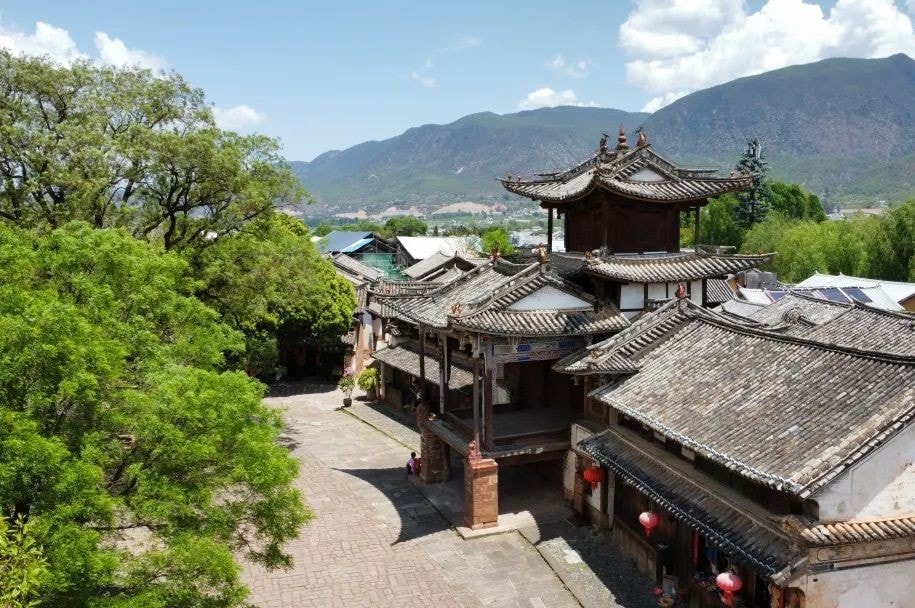
The entire Shaxi Ancient Town is actually quite small, centered around Sideng Street, with a square layout extending to four alleys in the cardinal directions. If you’re just taking a quick stroll, you can cover it all in a half-day.
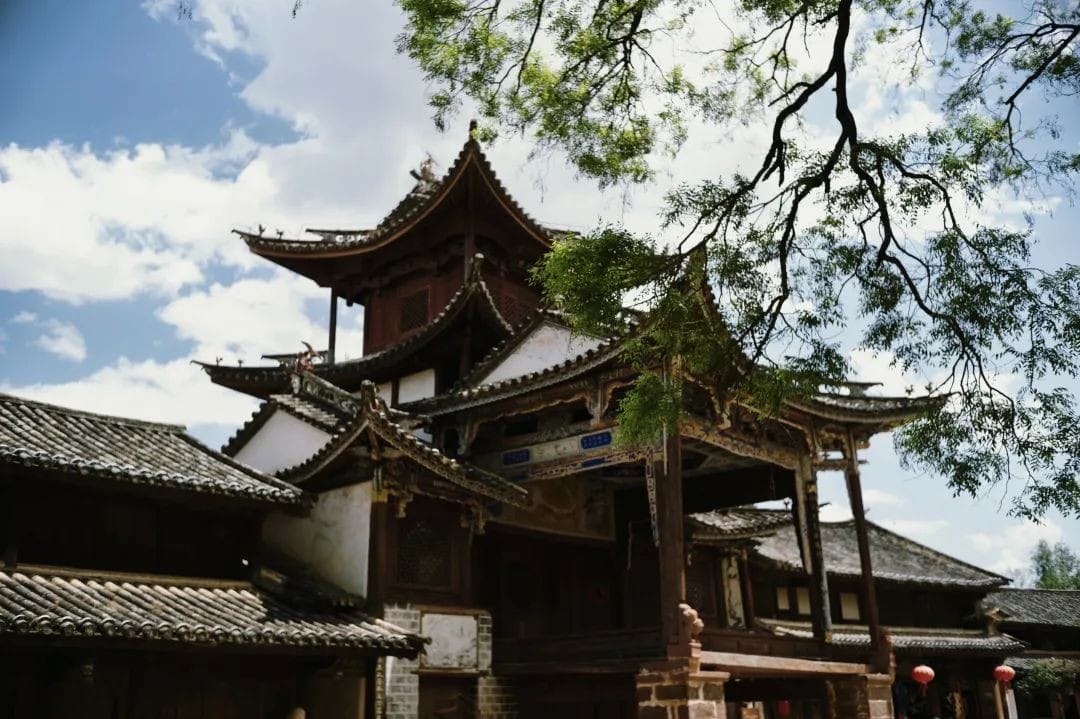
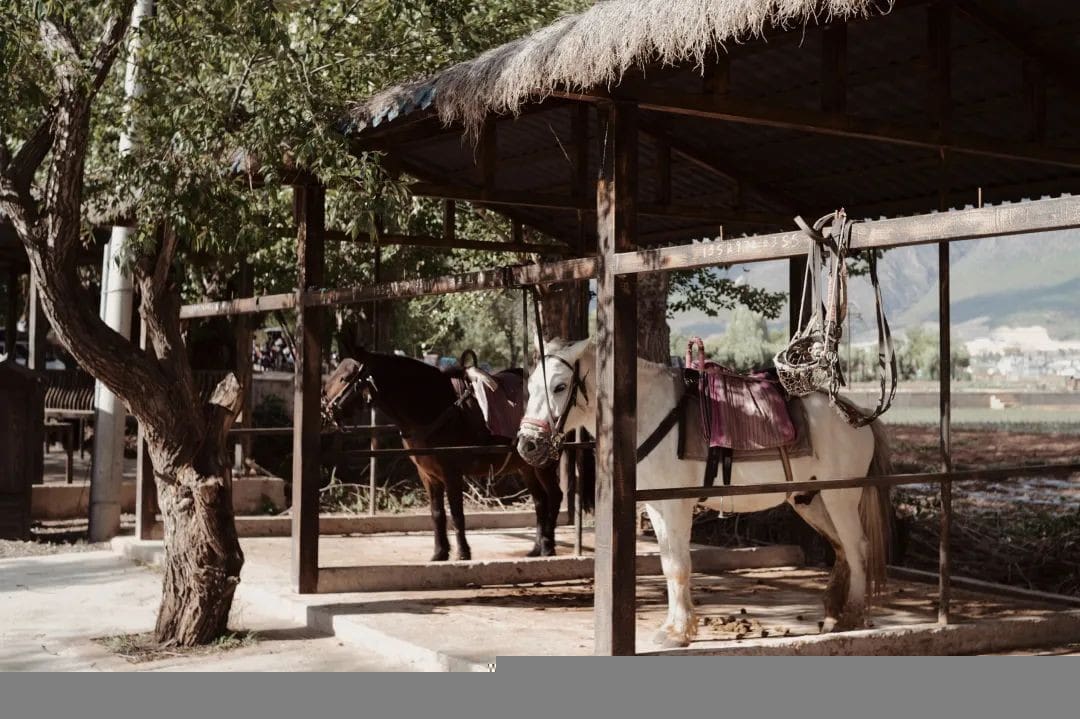
But the leisurely charm of Shaxi is something that can only be truly appreciated by spending time there. Sometimes, stepping into an interesting shop might keep you occupied for half a day.
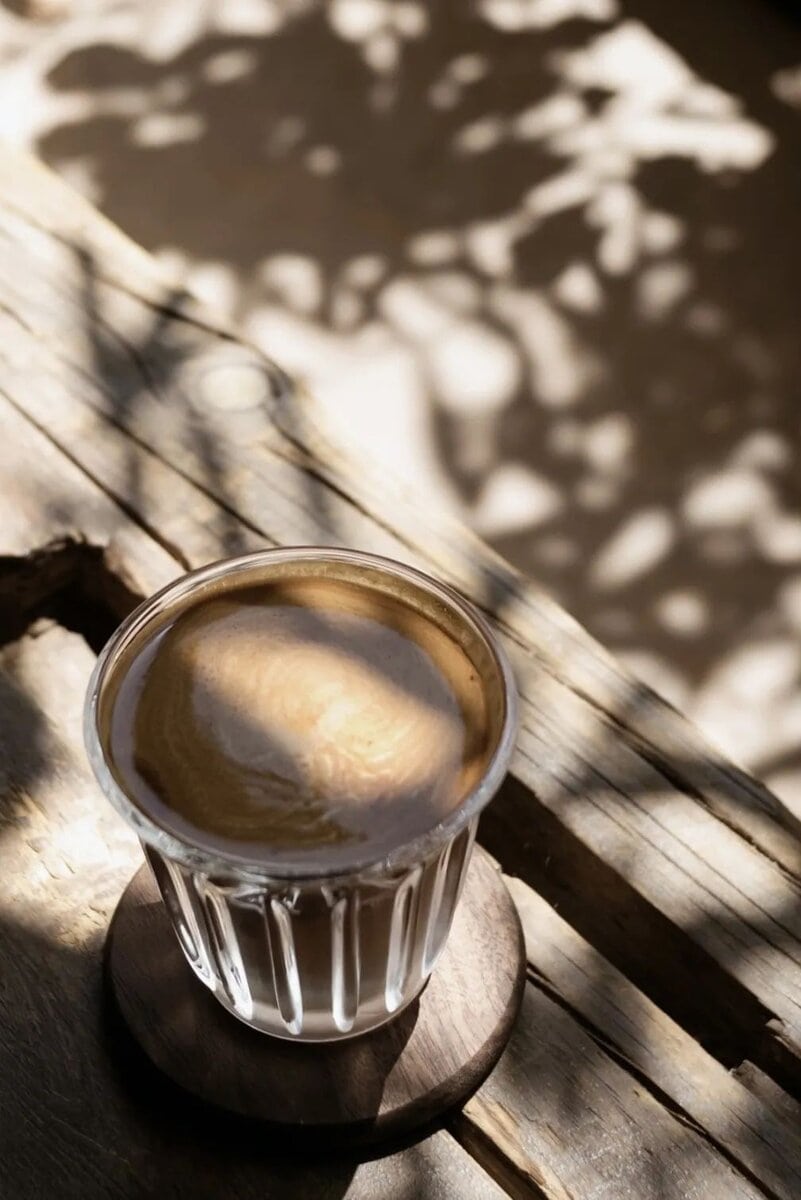
The attractions in Shaxi don’t require deliberate searching; even aimless wandering can lead to unexpected encounters.
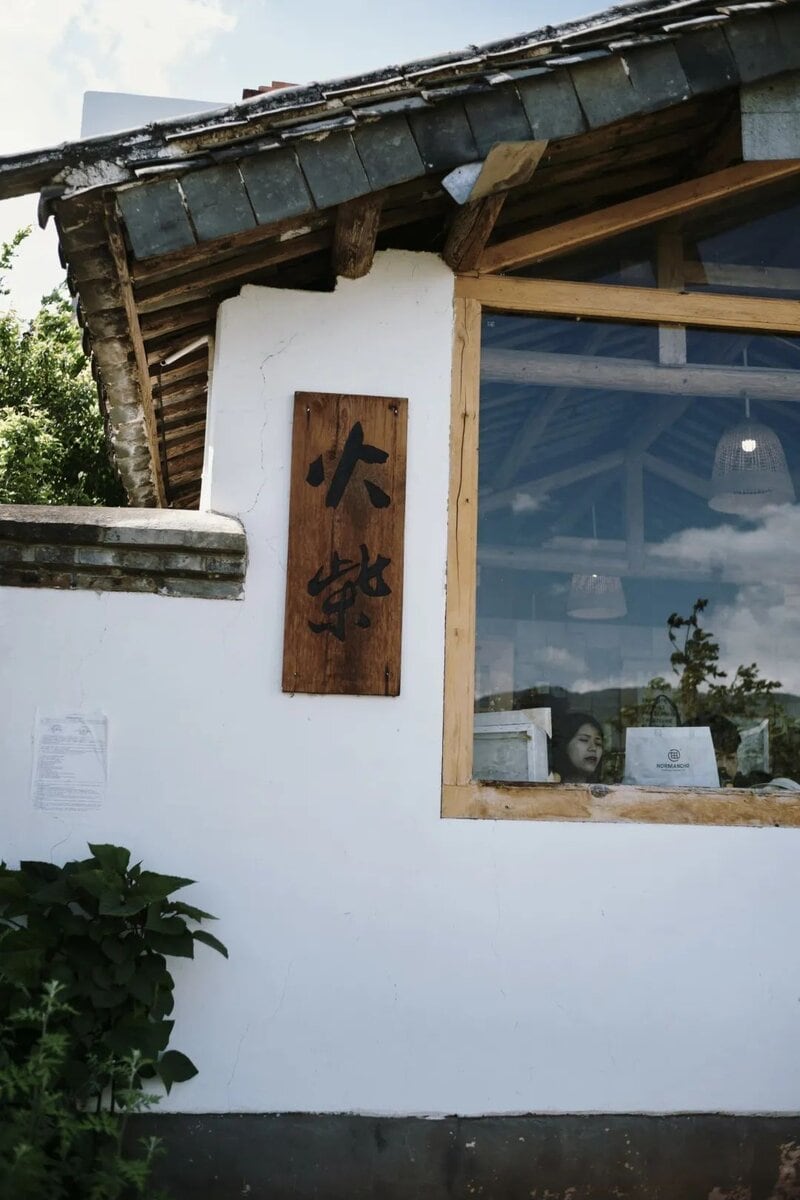
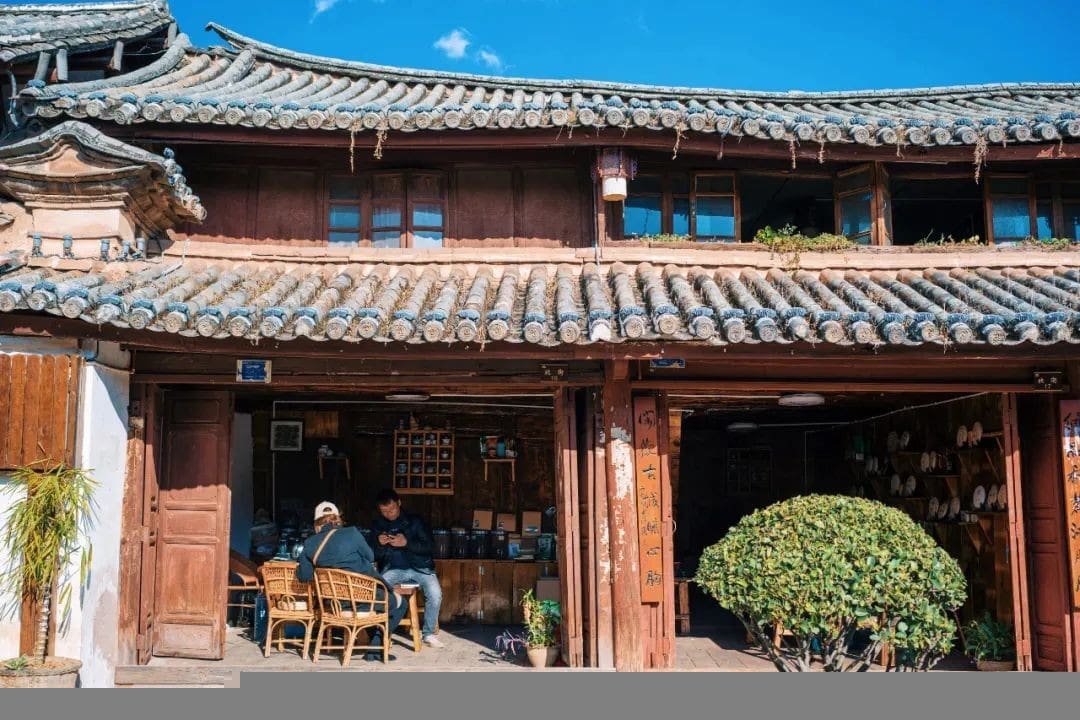
Ouyang Manor
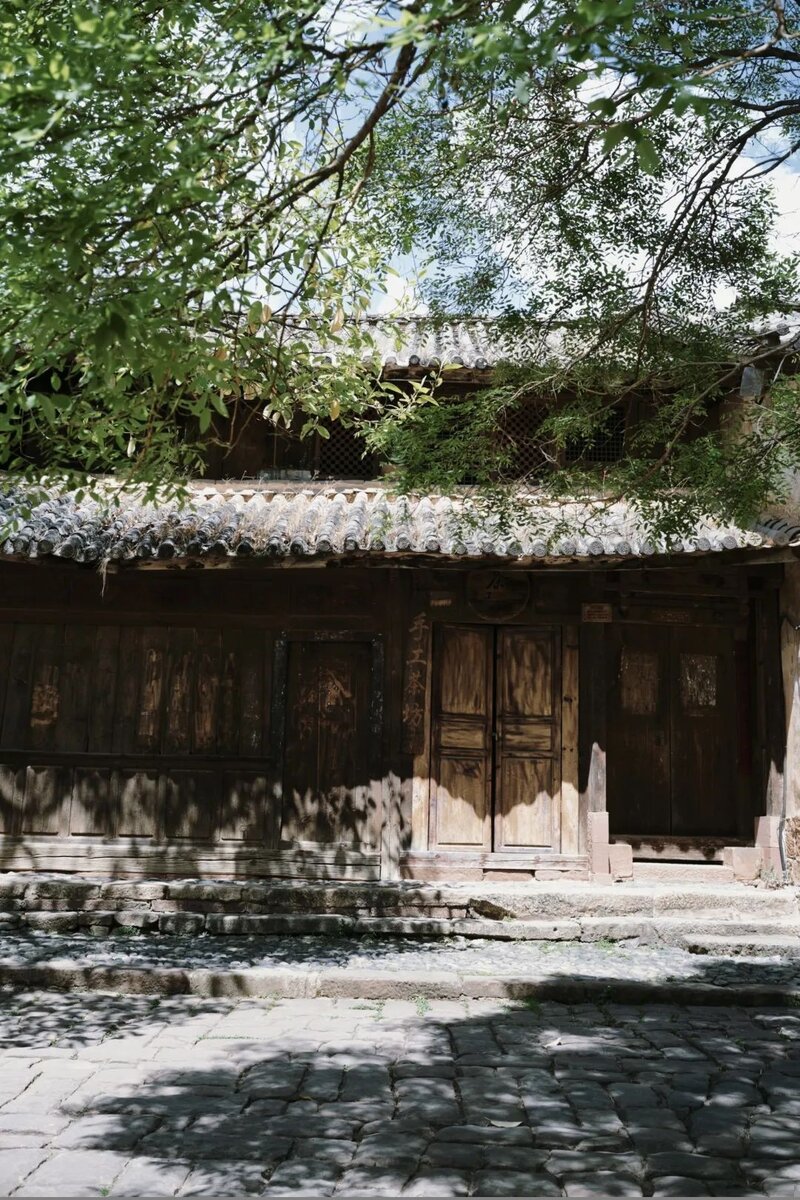
This is a century-old residence built by a leader of a horse caravan surnamed Ouyang during the late Qing and early Republican periods. It remains a private property of the Ouyang family and is exceptionally well-preserved.
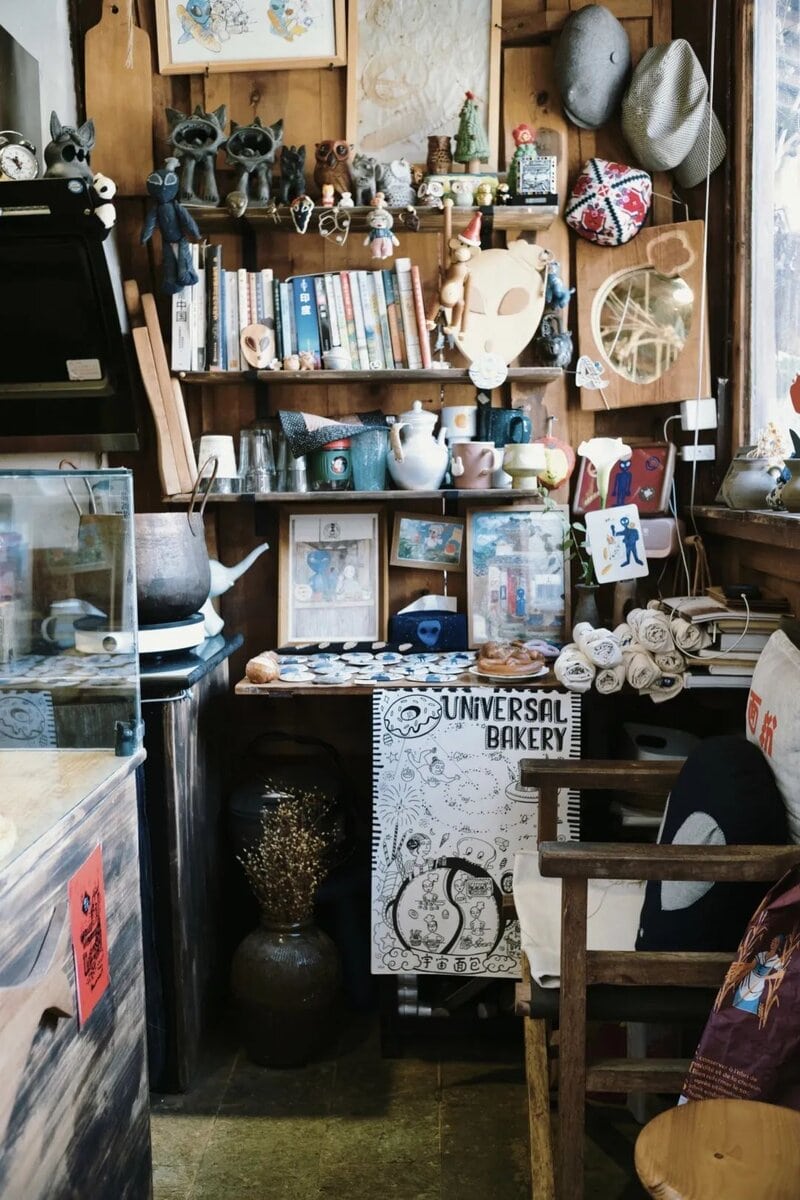
Those interested in horse caravans should visit if they can, though it is currently under renovation and not open to the public.
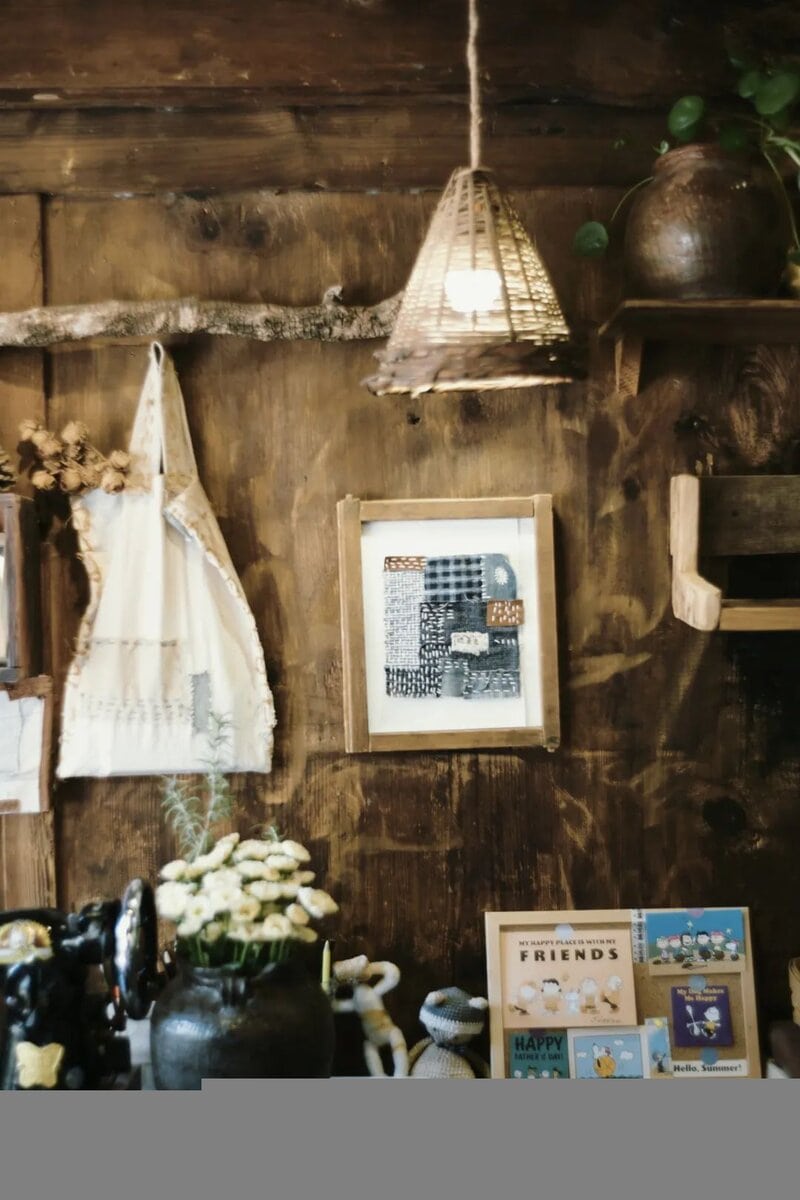
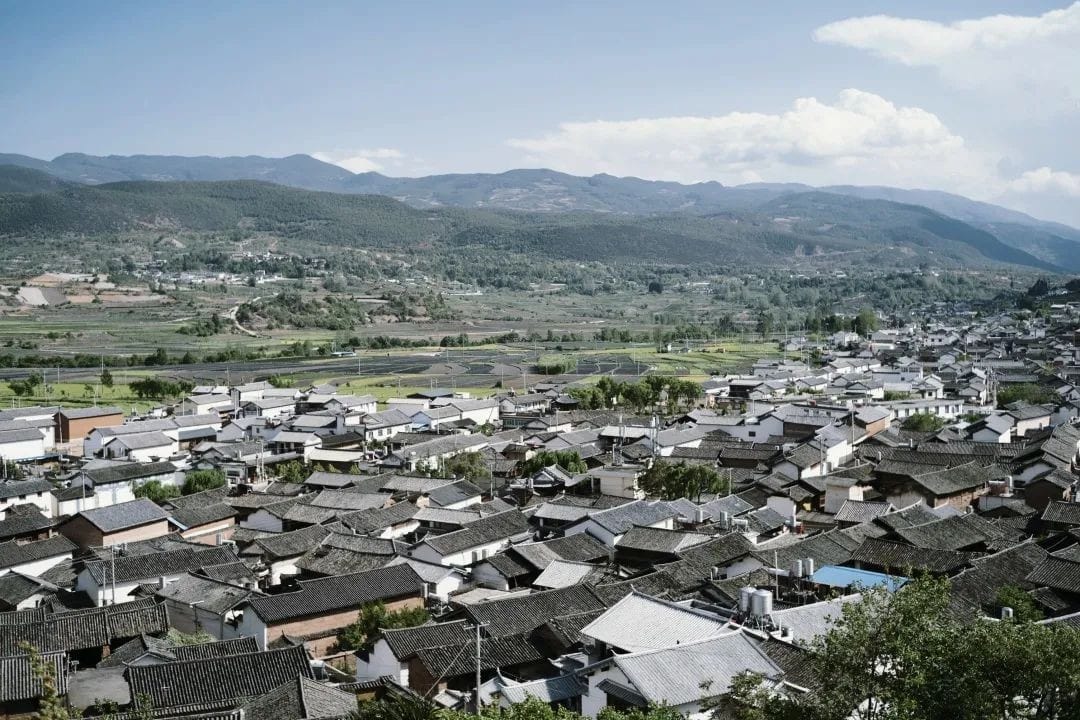
Sideng Street
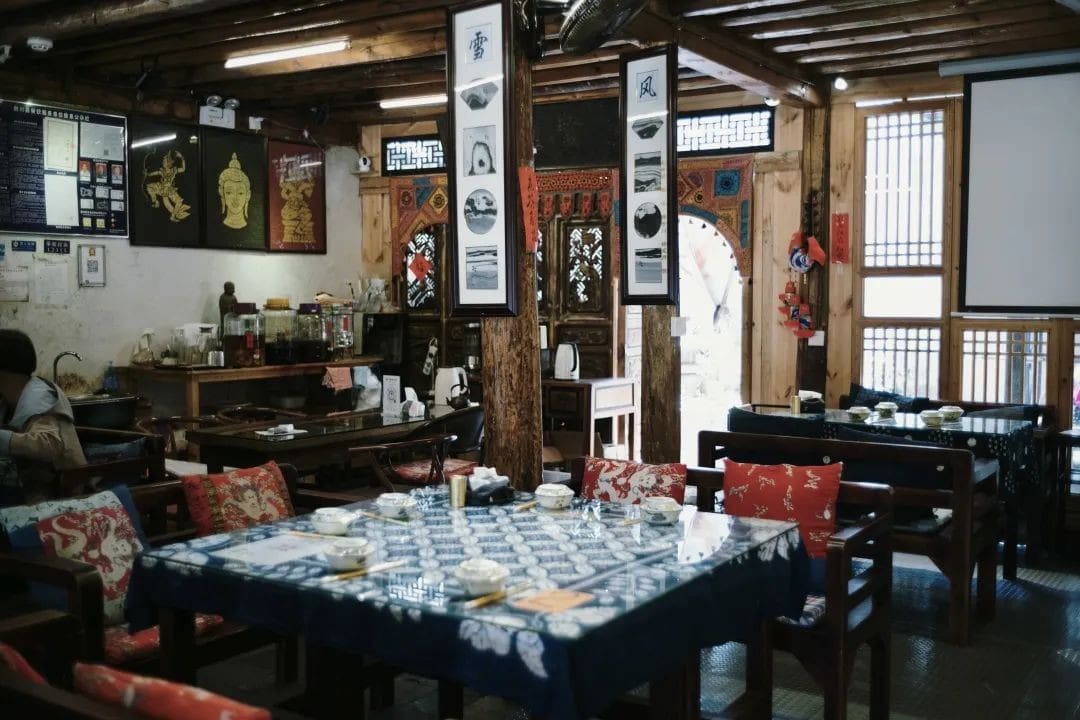
Sideng Street is the most central street in Shaxi Ancient Town. In 2001, it was listed as a World Heritage Site in Danger as “the only surviving ancient market on the Tea Horse Ancient Road.”
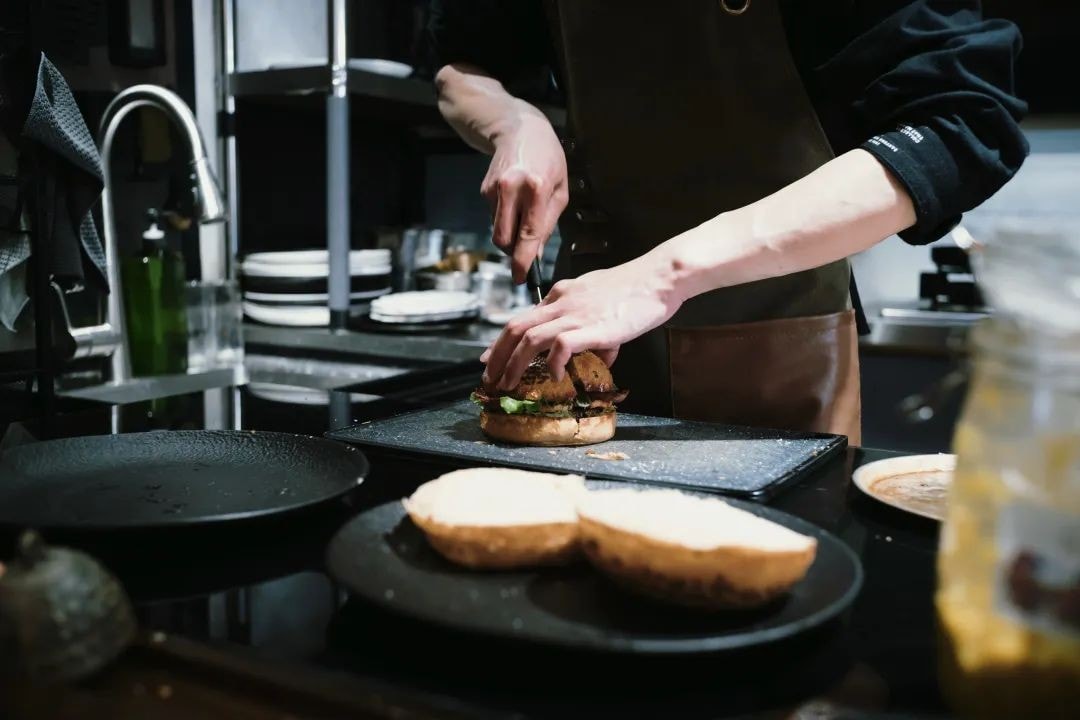
During our two days of aimless wandering in Shaxi, my wife and I walked this street the most, and many interesting shops are concentrated here.
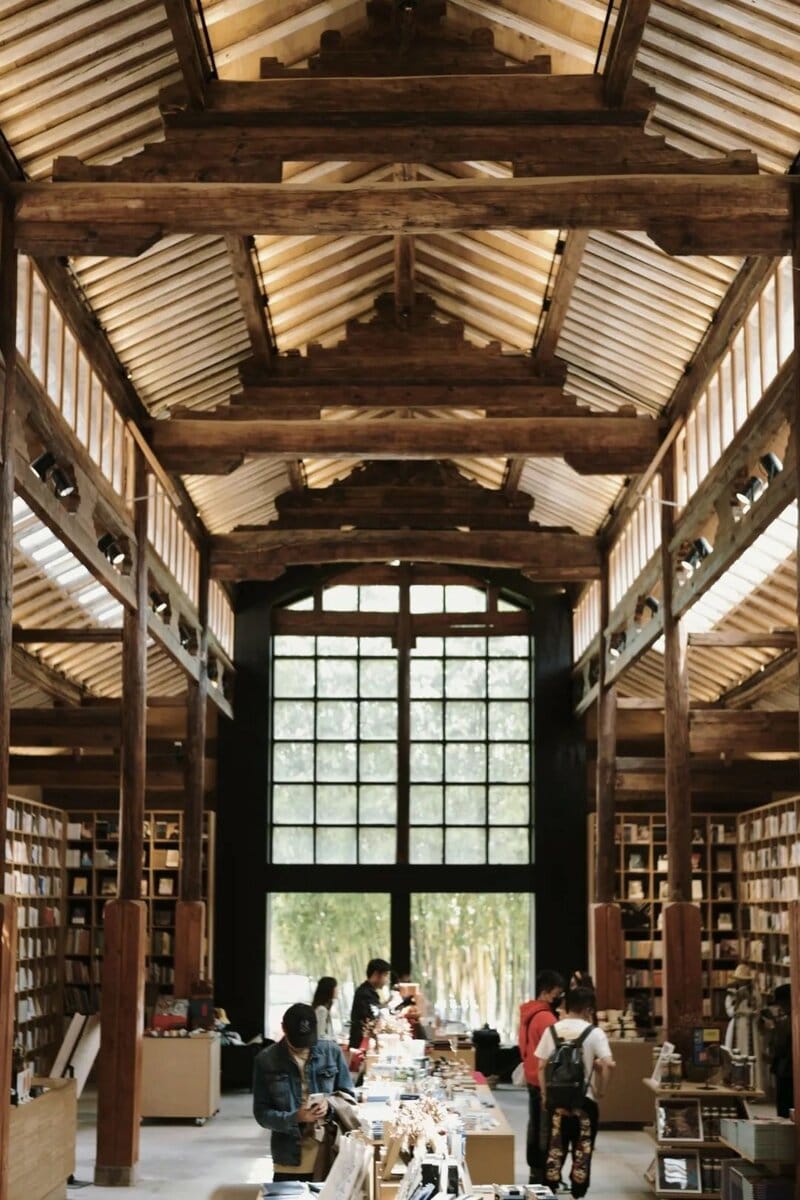
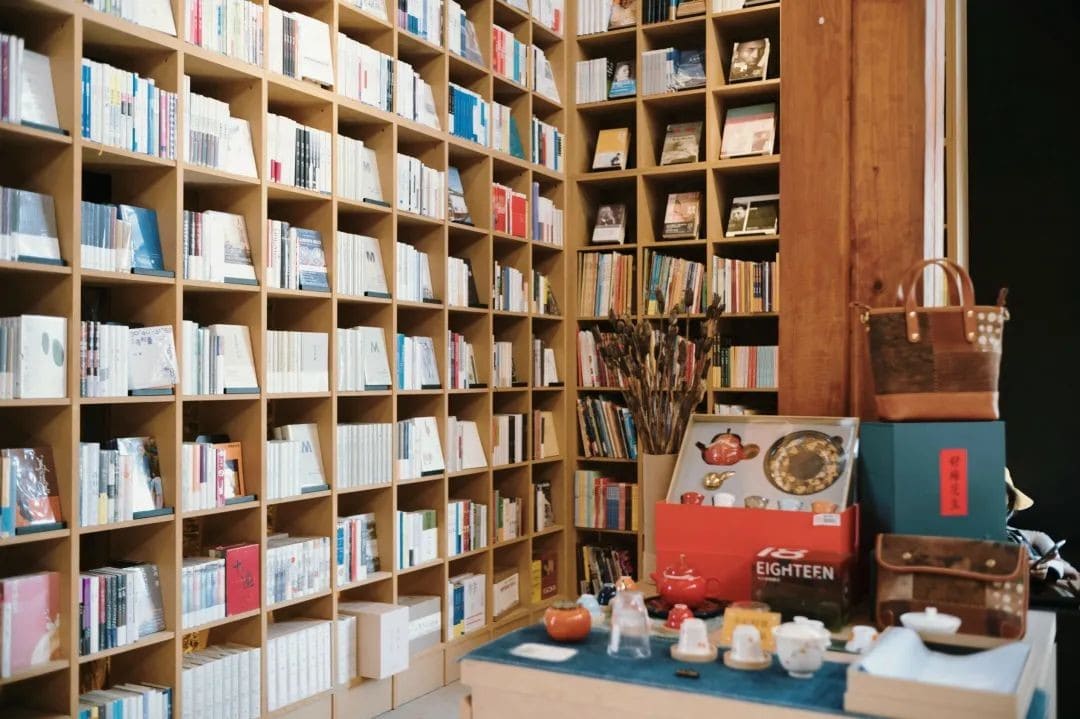
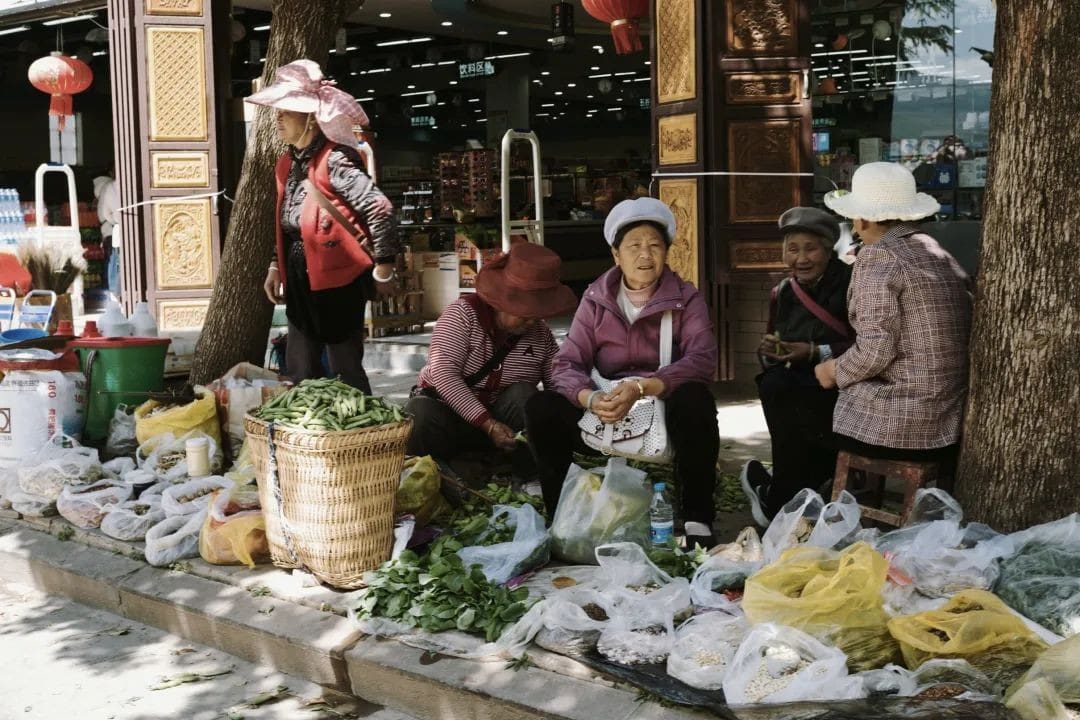
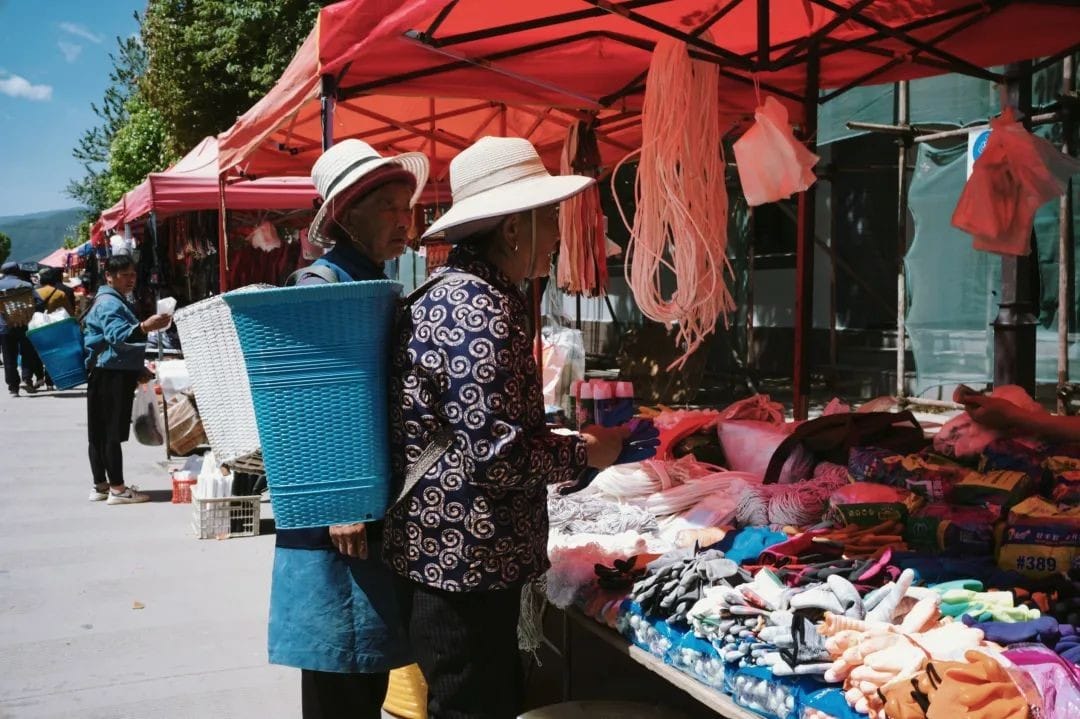
Xingjiao Temple
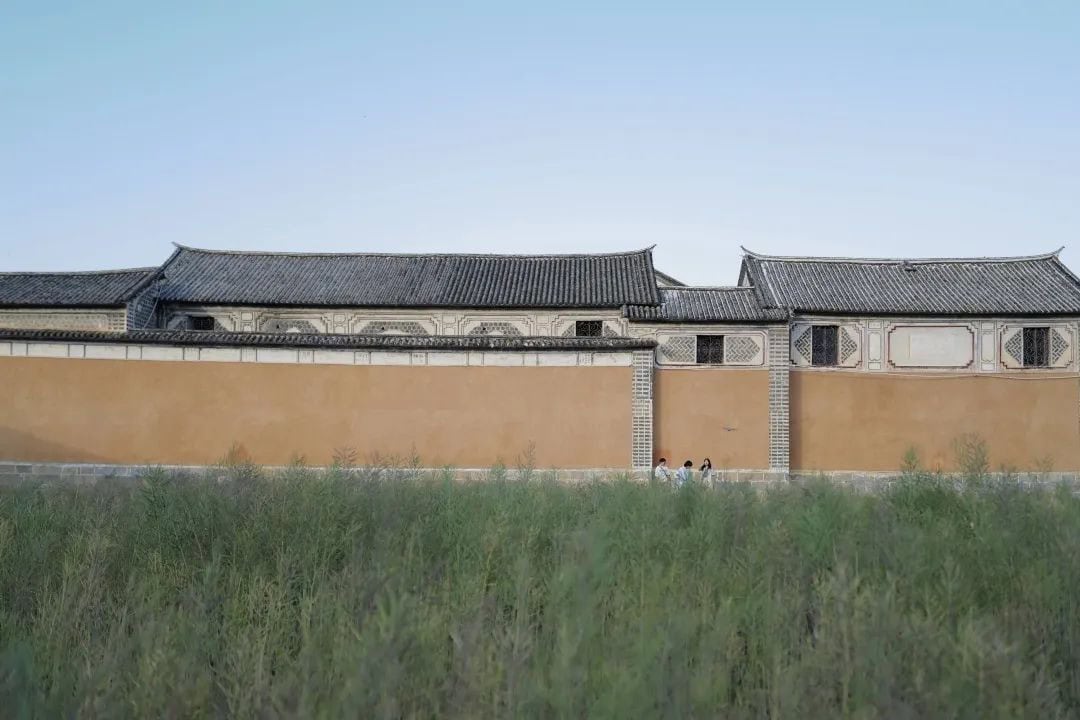
Xingjiao Temple is the heart of Sideng Street, originally built in the 13th year of the Yongle era of the Ming Dynasty, nearly 600 years ago. It is the largest, most typical, and representative Buddhist Tantric “Azhali” temple in China, housing 12 Ming Dynasty Buddhist murals, a treasure of ancient Bai ethnic painting art in the southwest frontier of China.
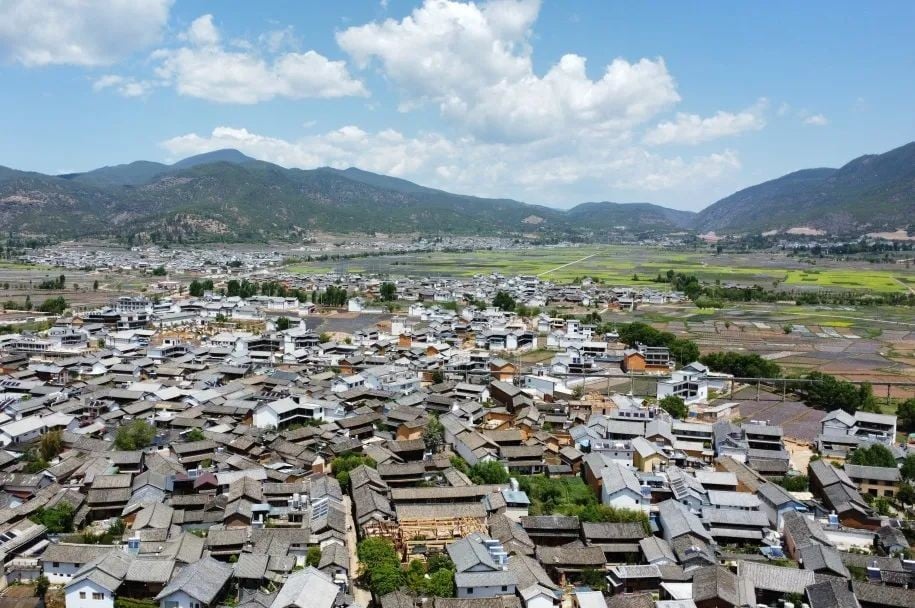
Unfortunately, due to the pandemic, it is currently closed.
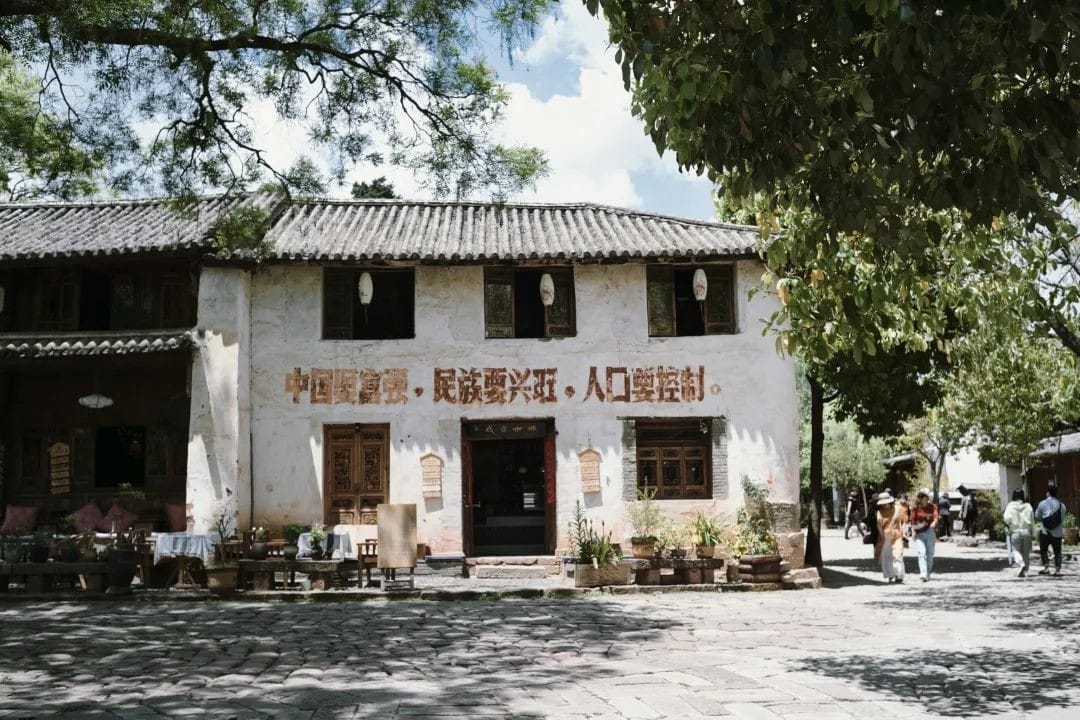
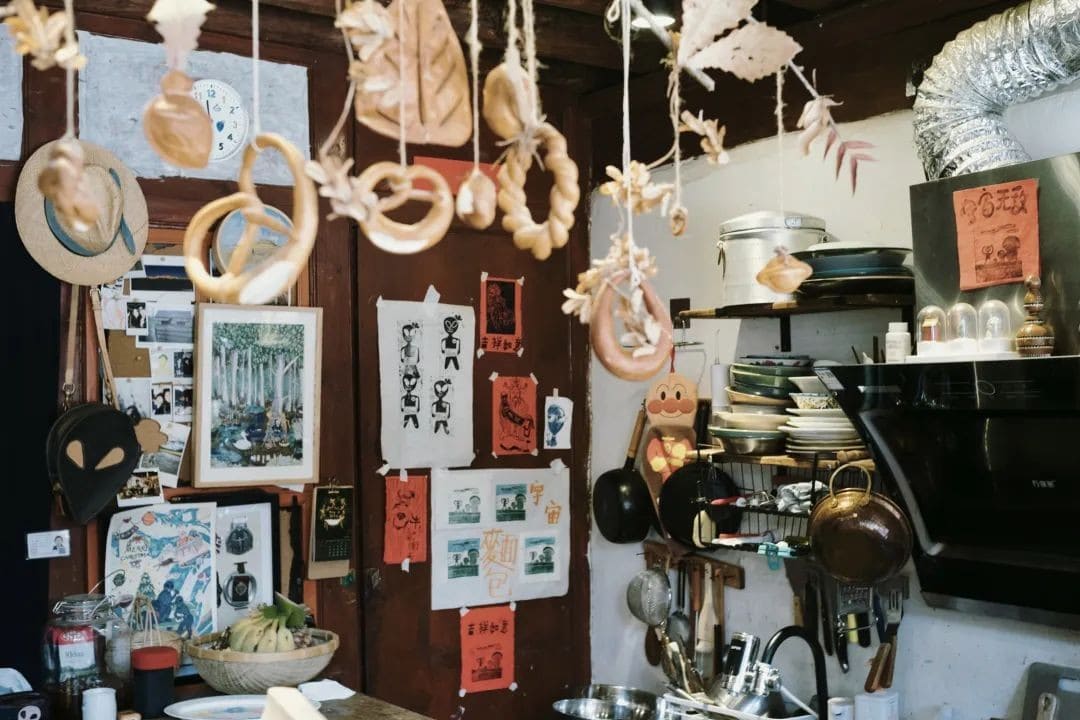
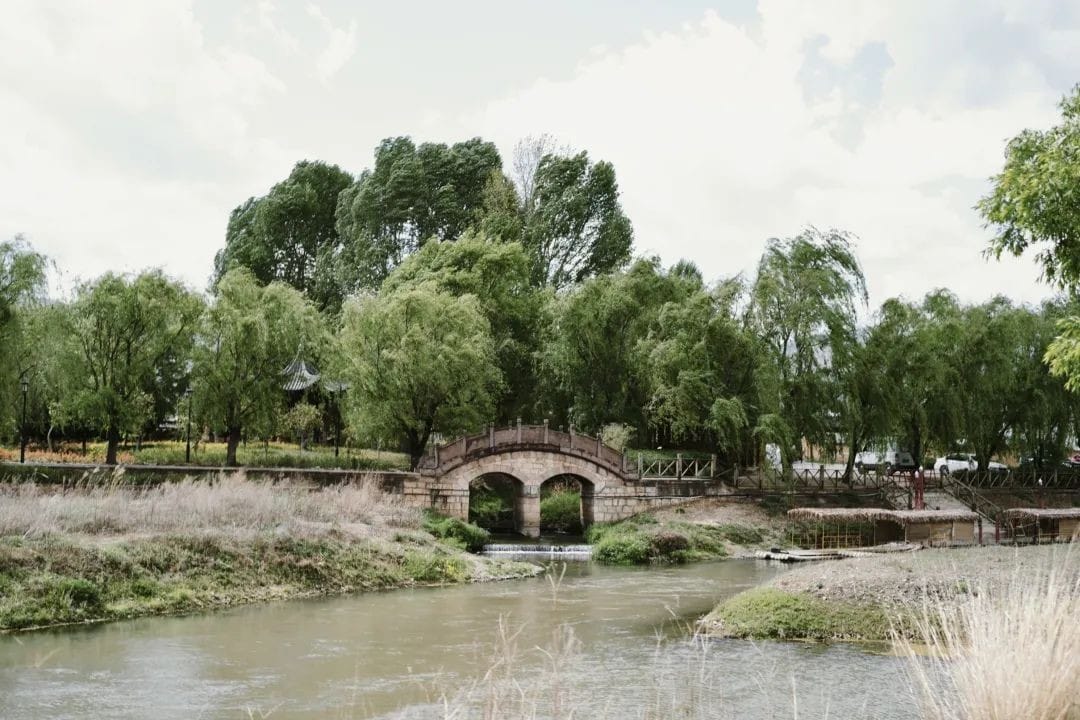
Ancient Theater Stage
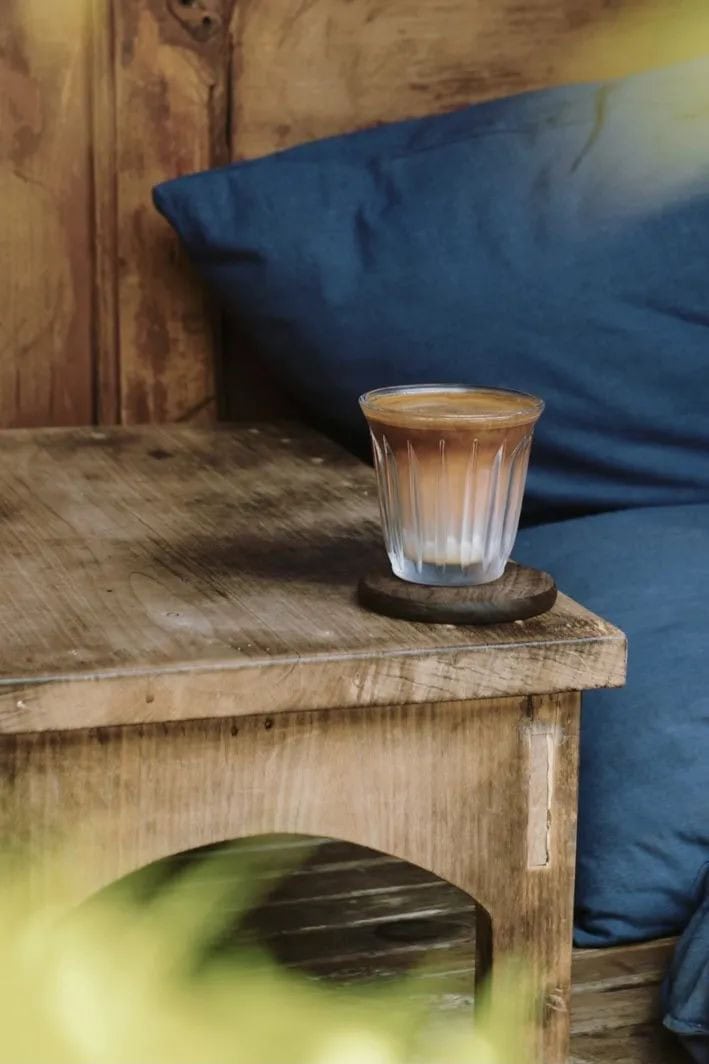
The Ancient Theater Stage is the most distinctive landmark on the square, marking the core of Shaxi Ancient Town.
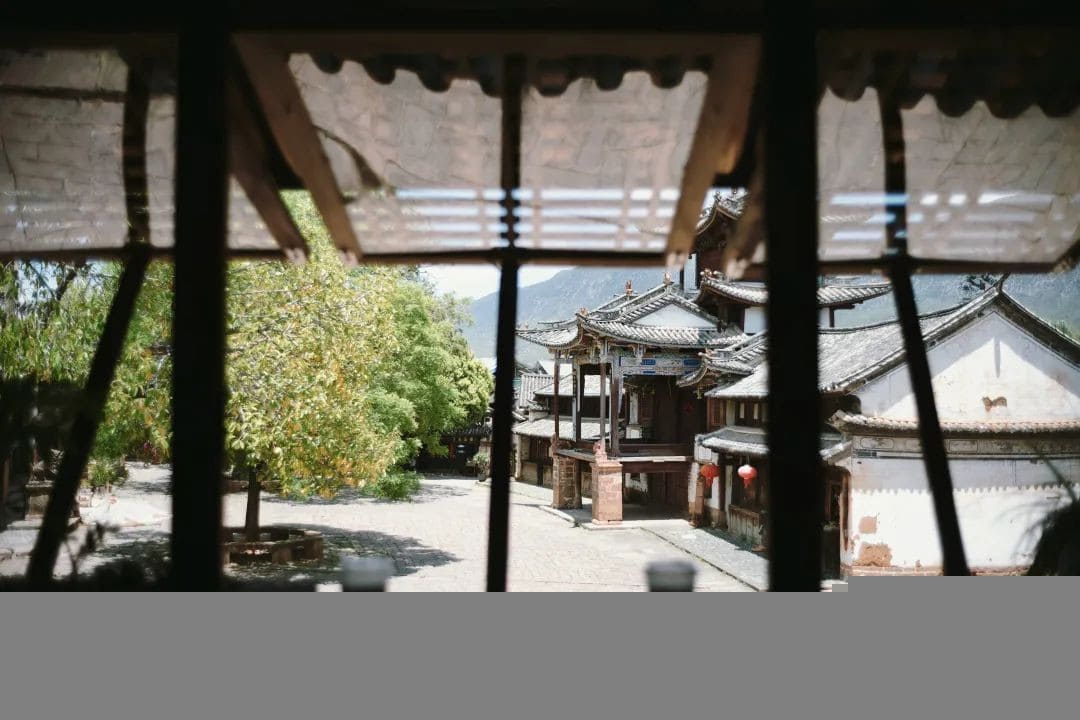
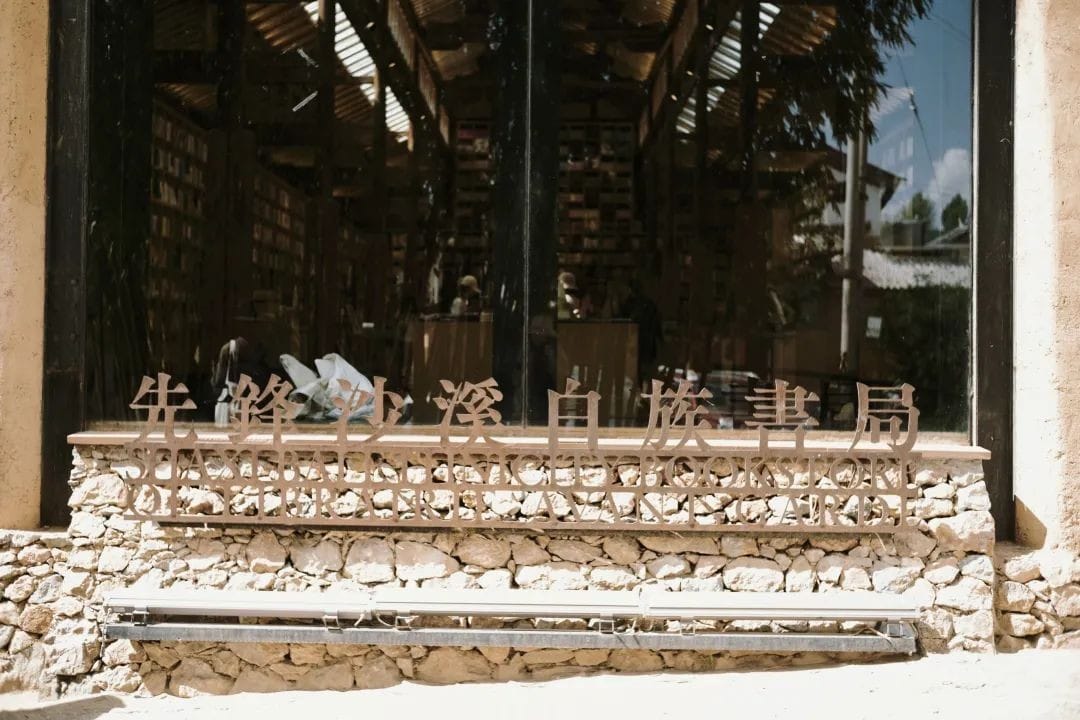
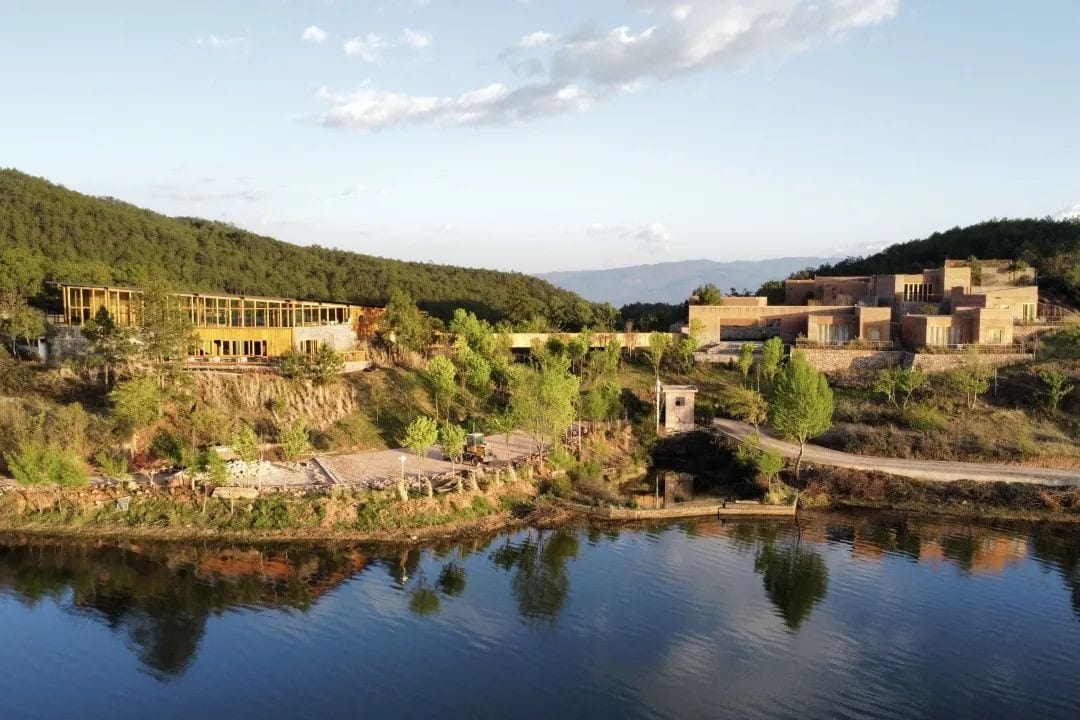
In front of the stage, there are two very beautiful ancient trees whose shadows on the walls transport you back decades in time.
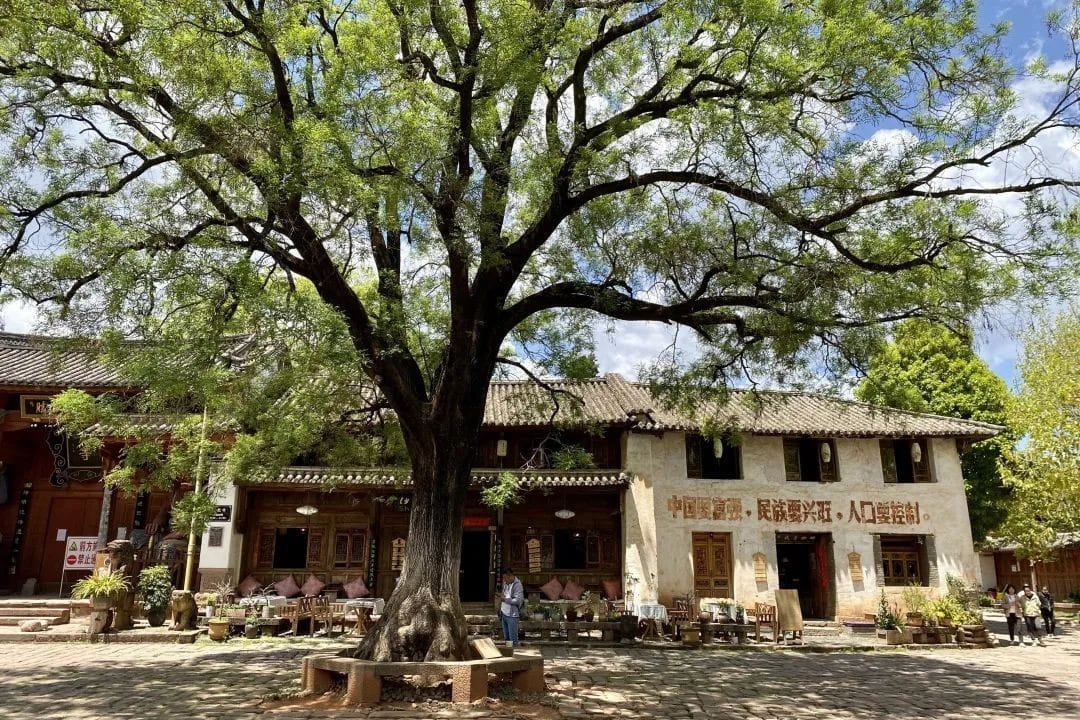
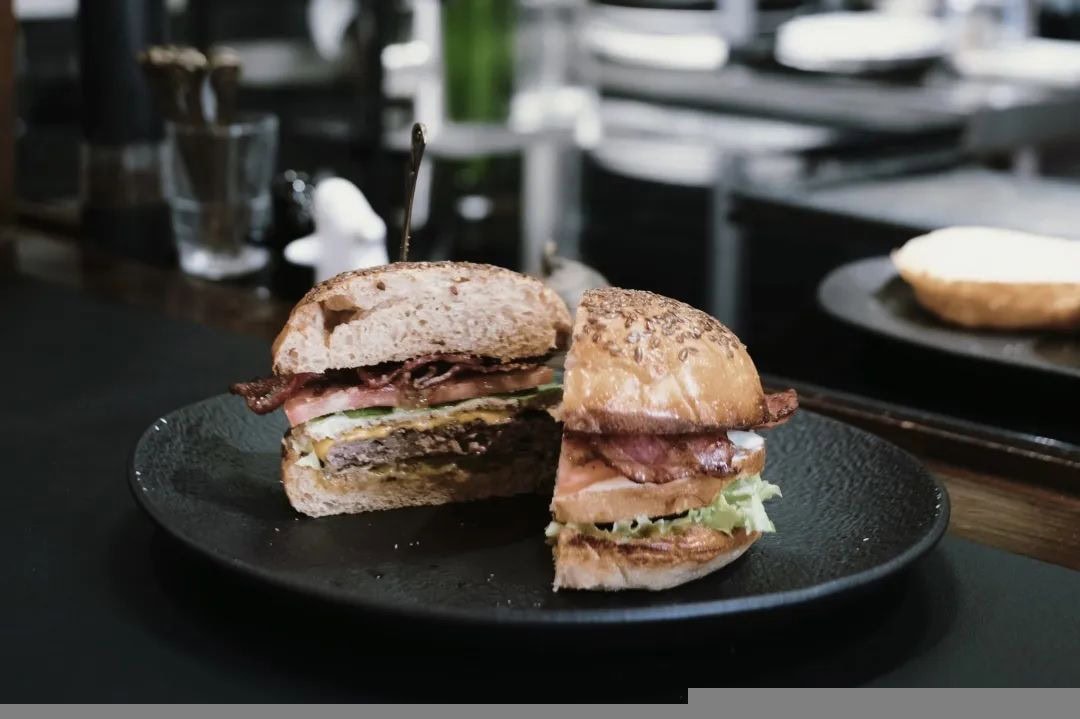
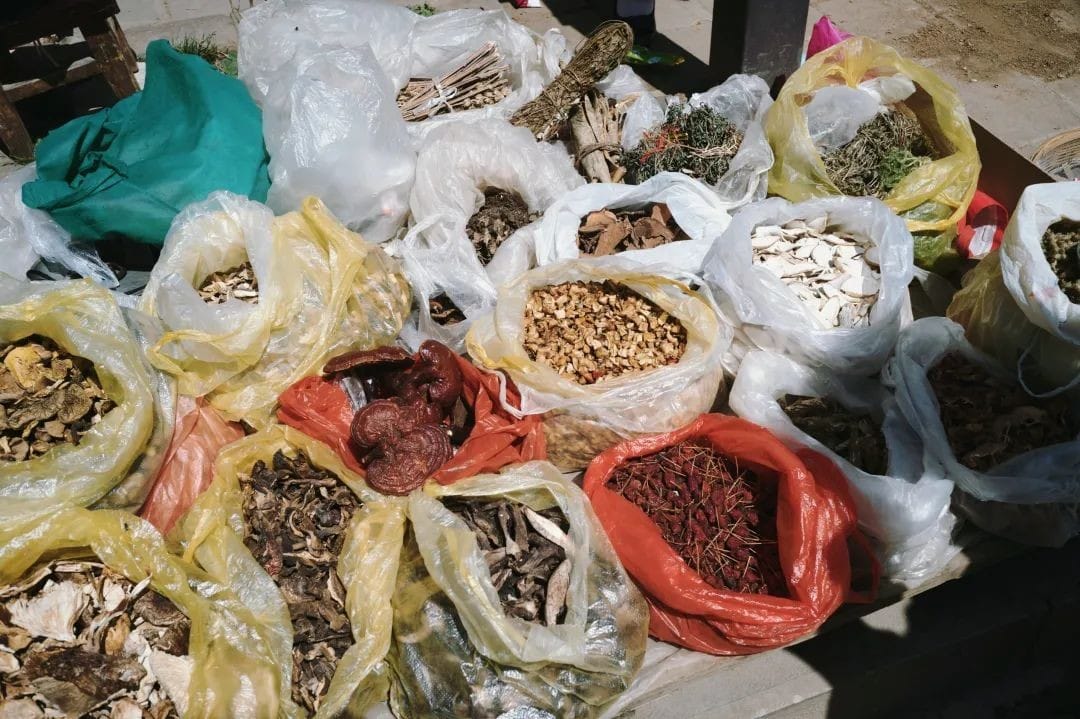
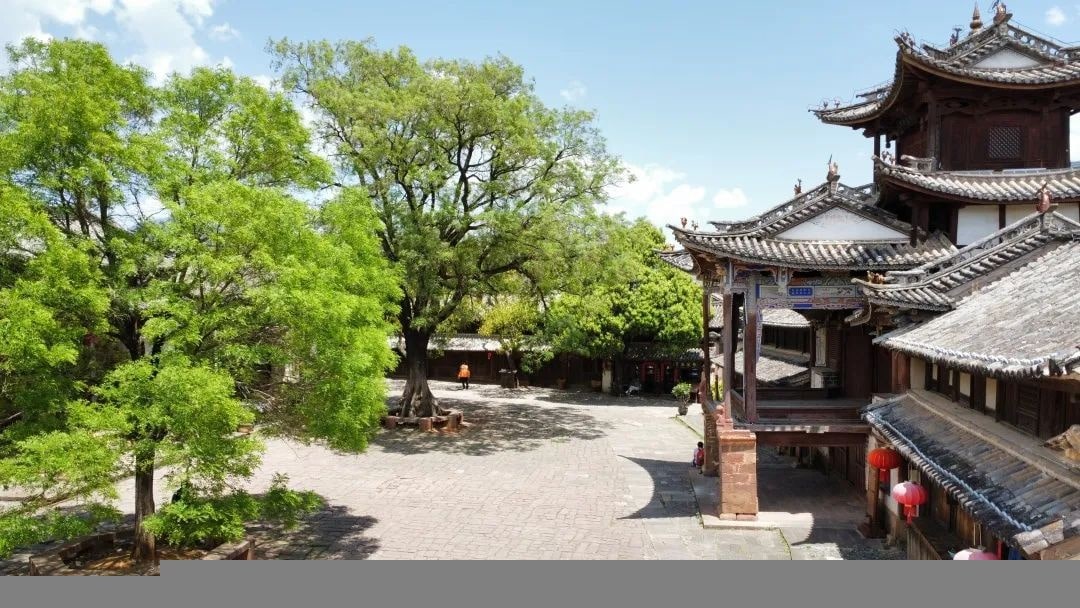
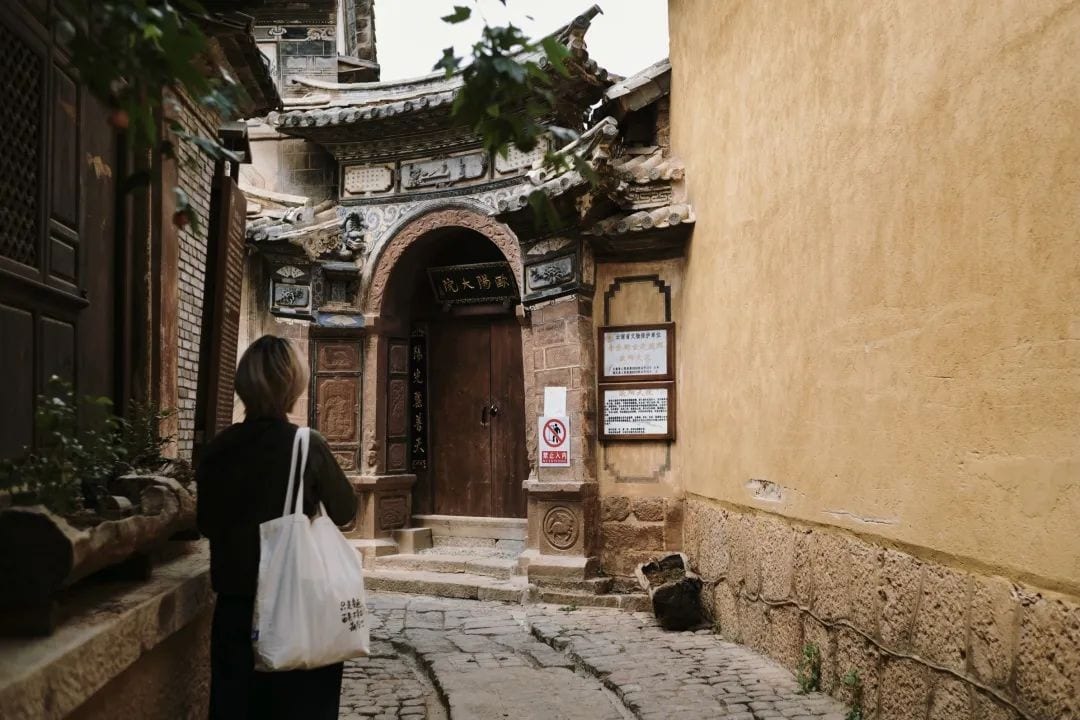
Yujin Bridge
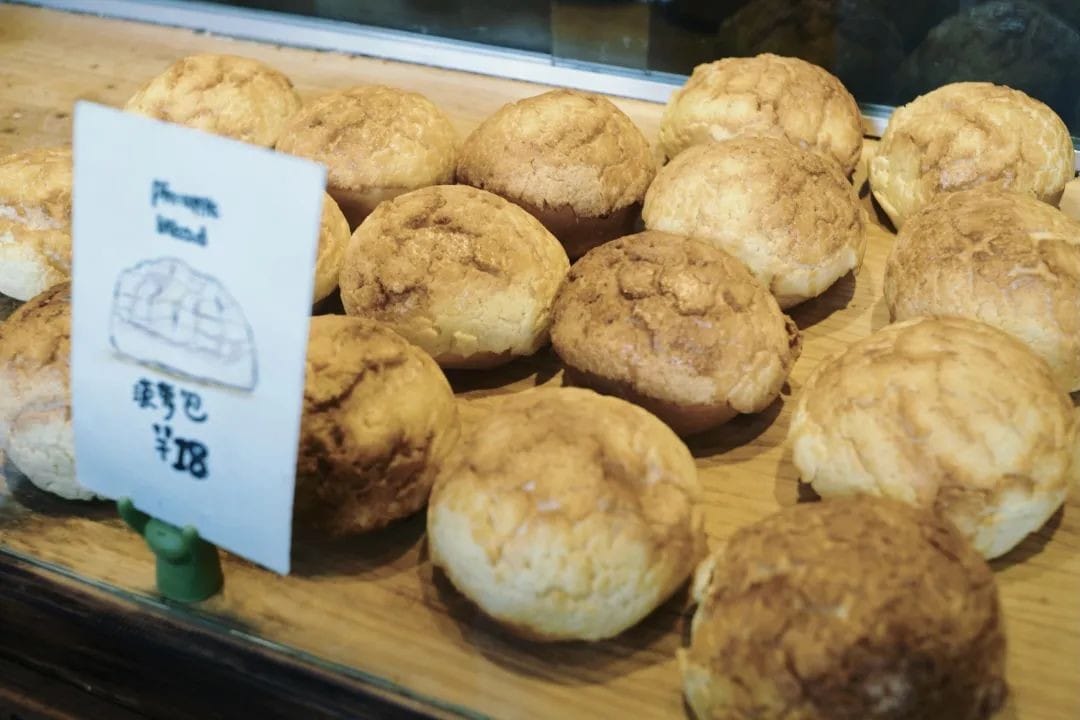
Outside the Shaxi Ancient Town, there is the Heihui River, and the Yujin Bridge over it was a crucial passage on the Tea Horse Ancient Road. In ancient times, it was an ideal resting place for horse caravans.
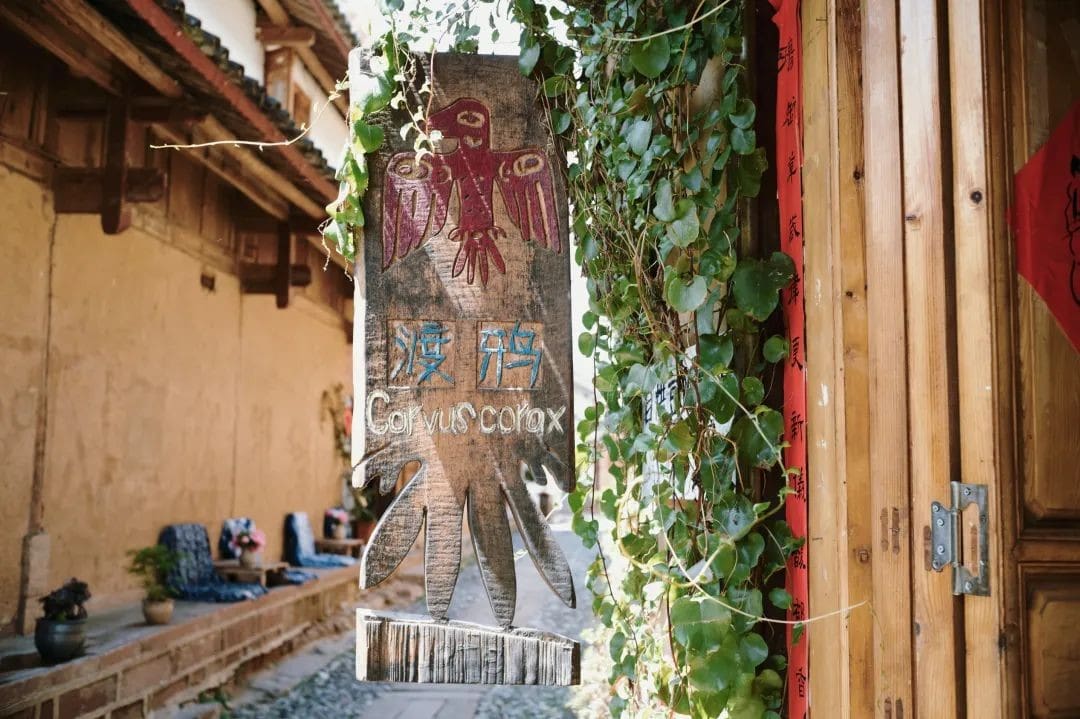
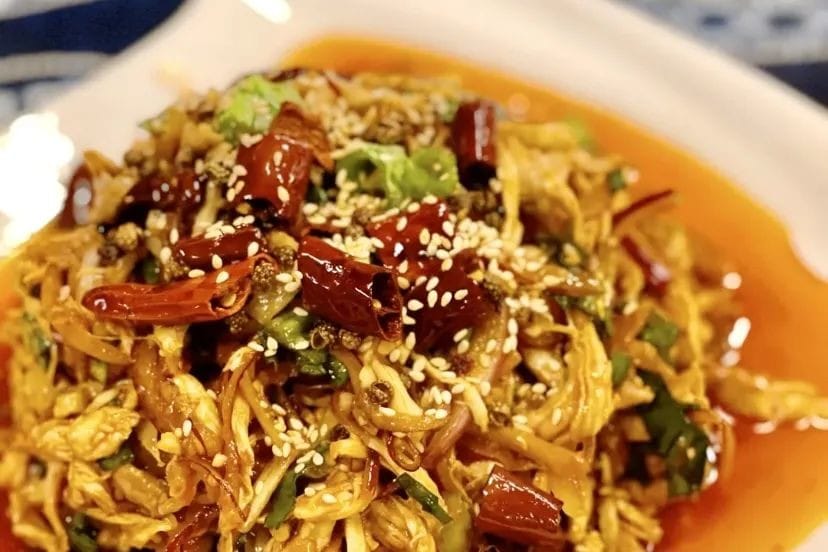
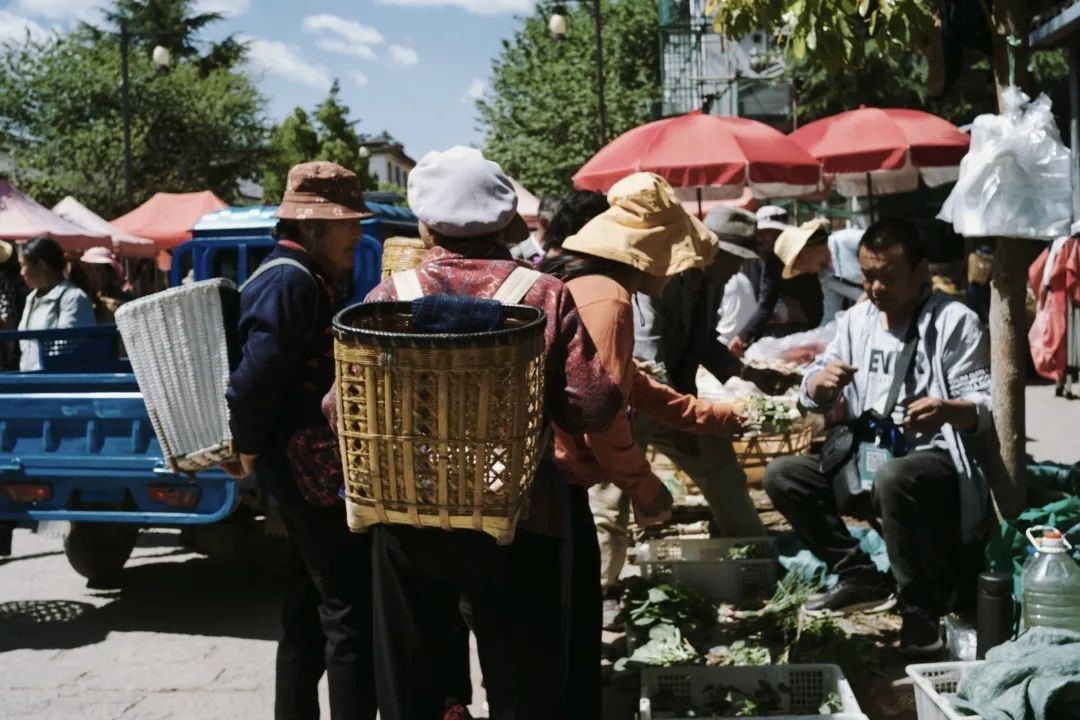
Viewing Shaxi Ancient Town from Yujin Bridge immerses you in the poetic imagery of “small bridge, flowing water, homes, ancient road, western wind, and lean horses.”
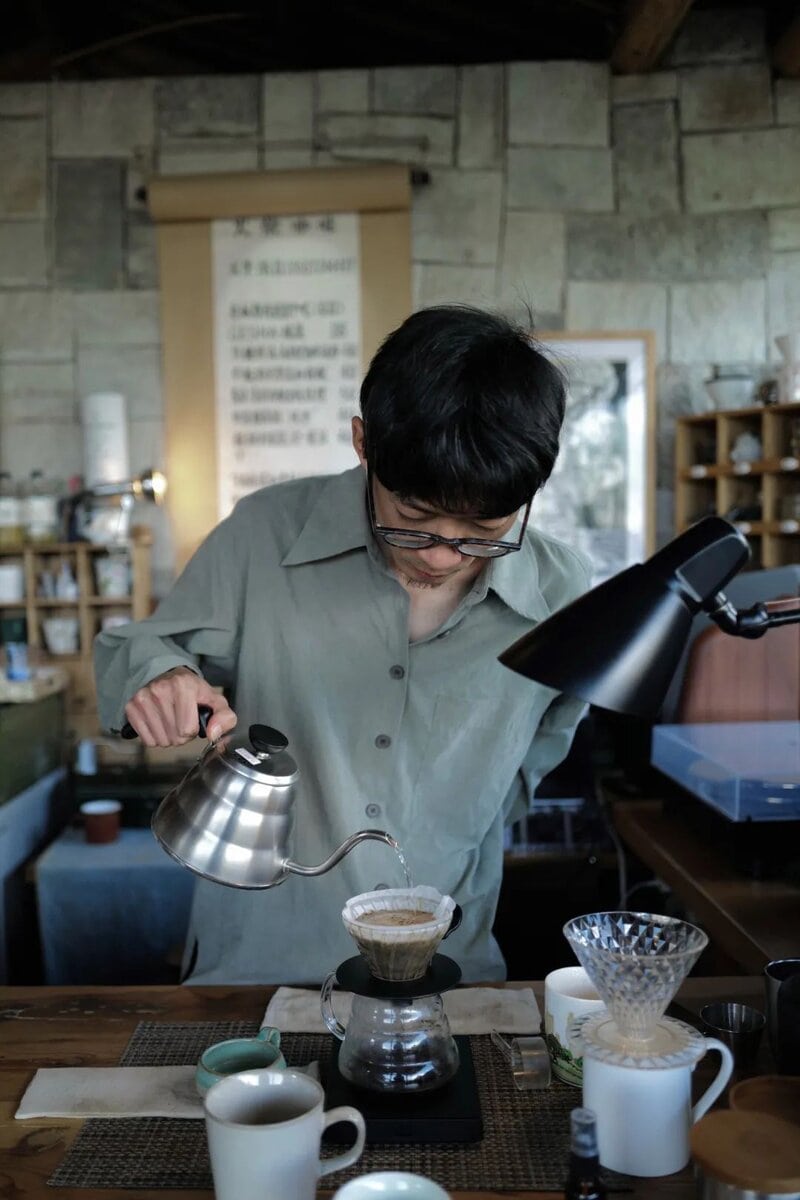
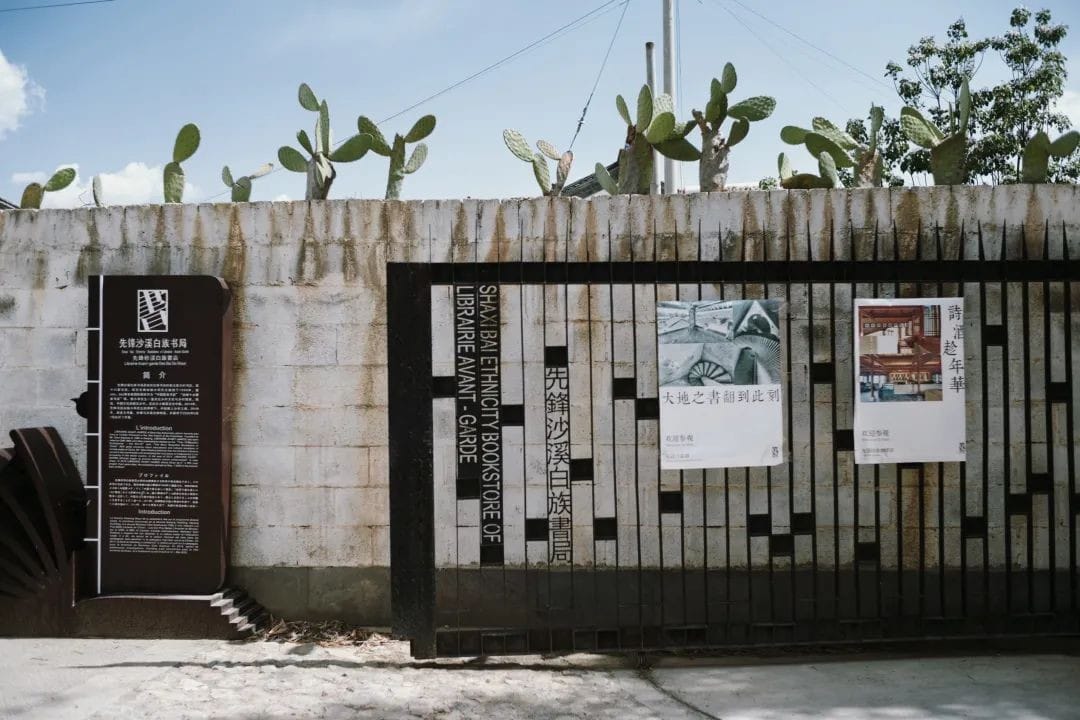
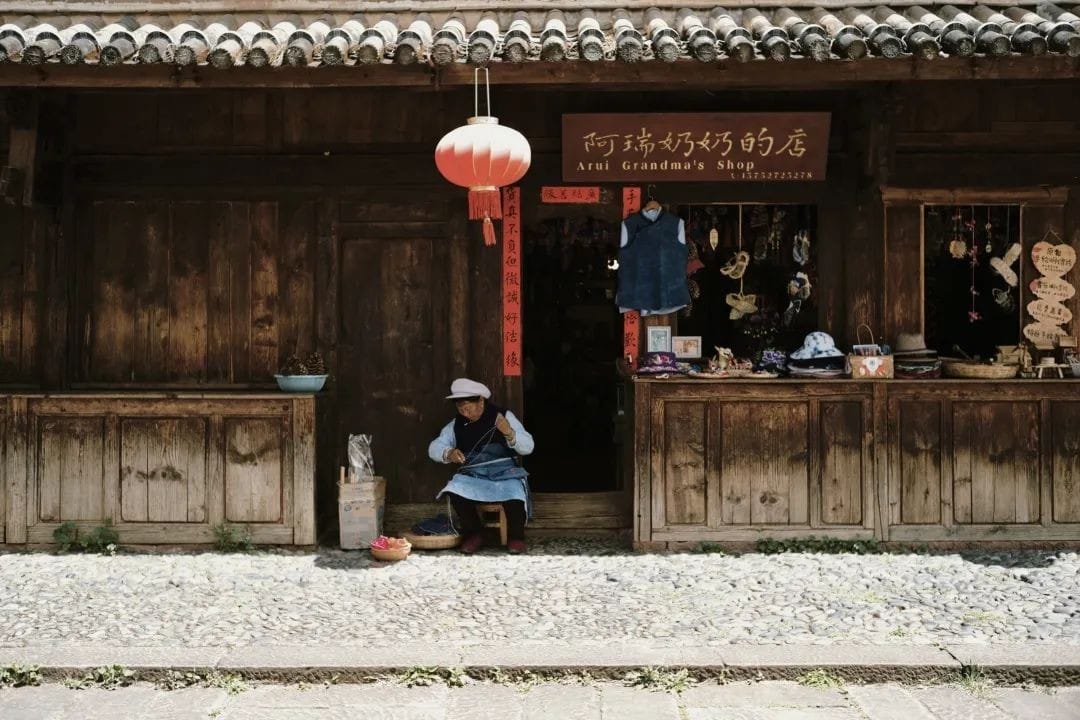
Nowadays, you can also experience riding horses to tour Shaxi Ancient Town from the area around Yujin Bridge.
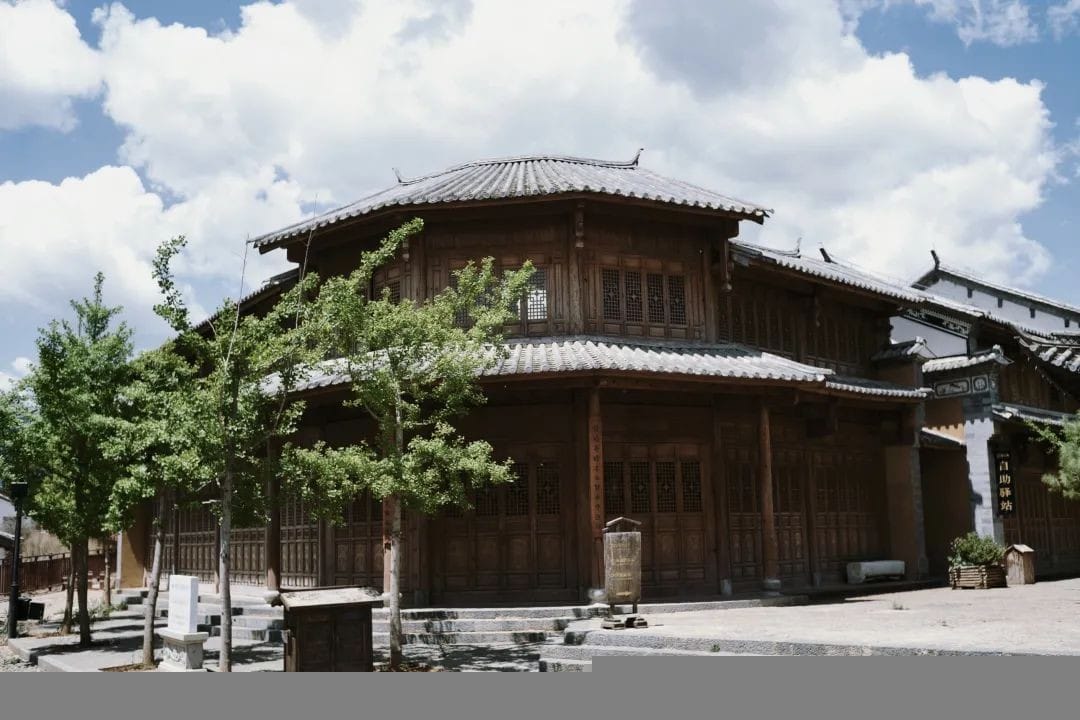
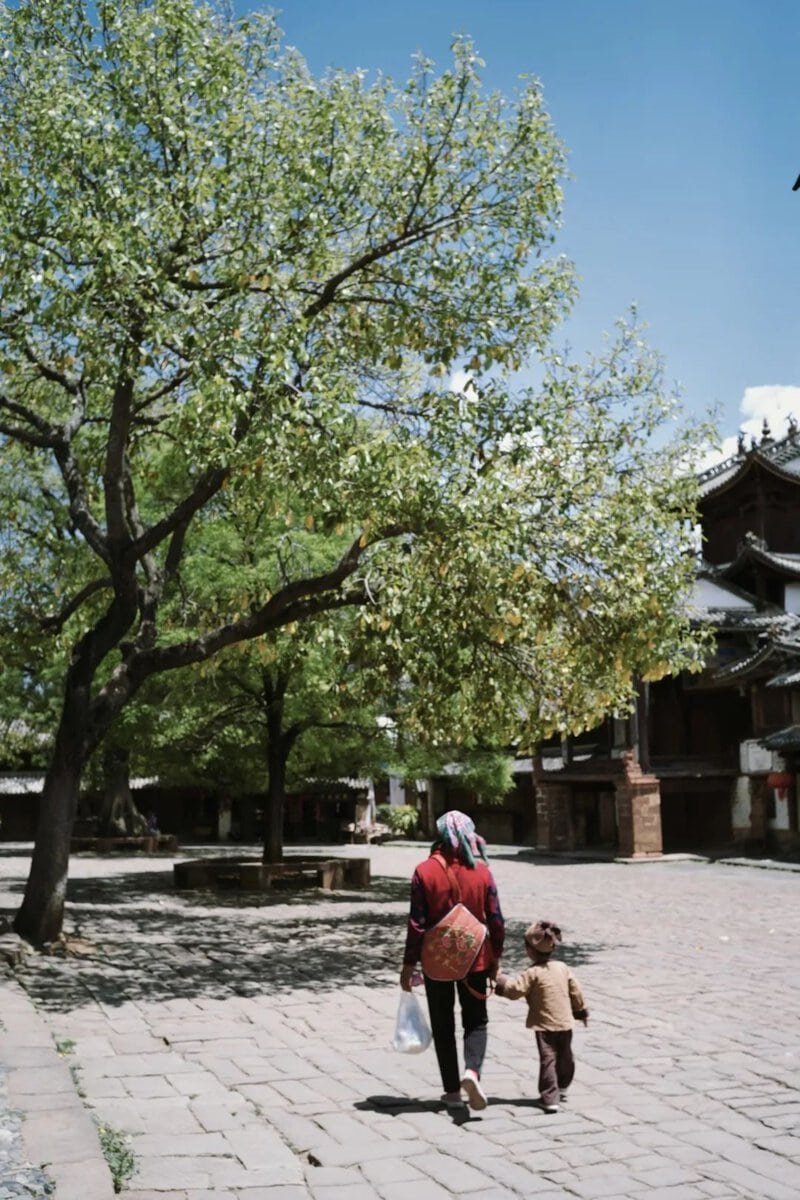
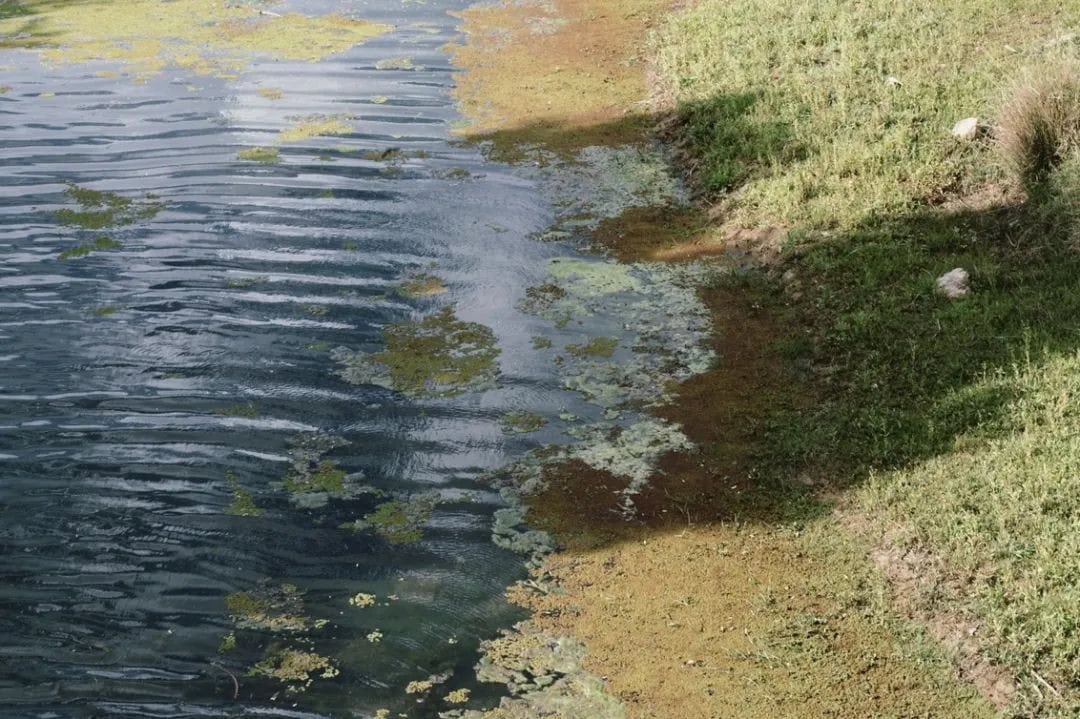
**Treasured Shops in Shaxi: “Come If You Want”**
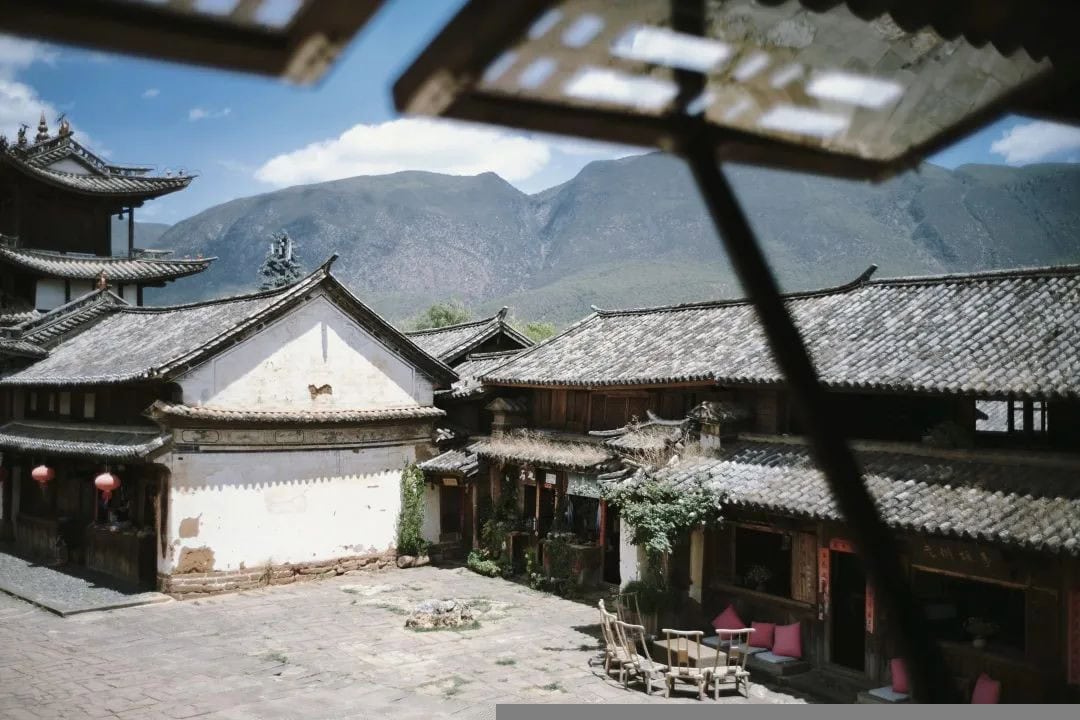
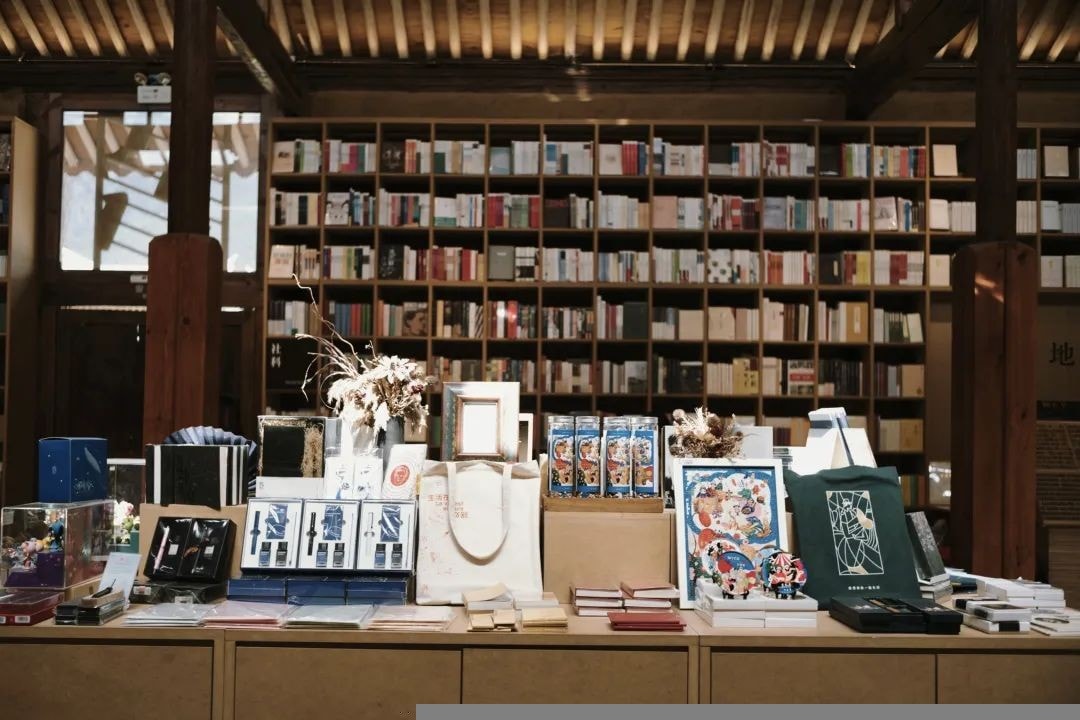
Exploring shops in Shaxi requires a bit of luck, as many of them don’t have fixed operating hours. They open and close at their own whim.
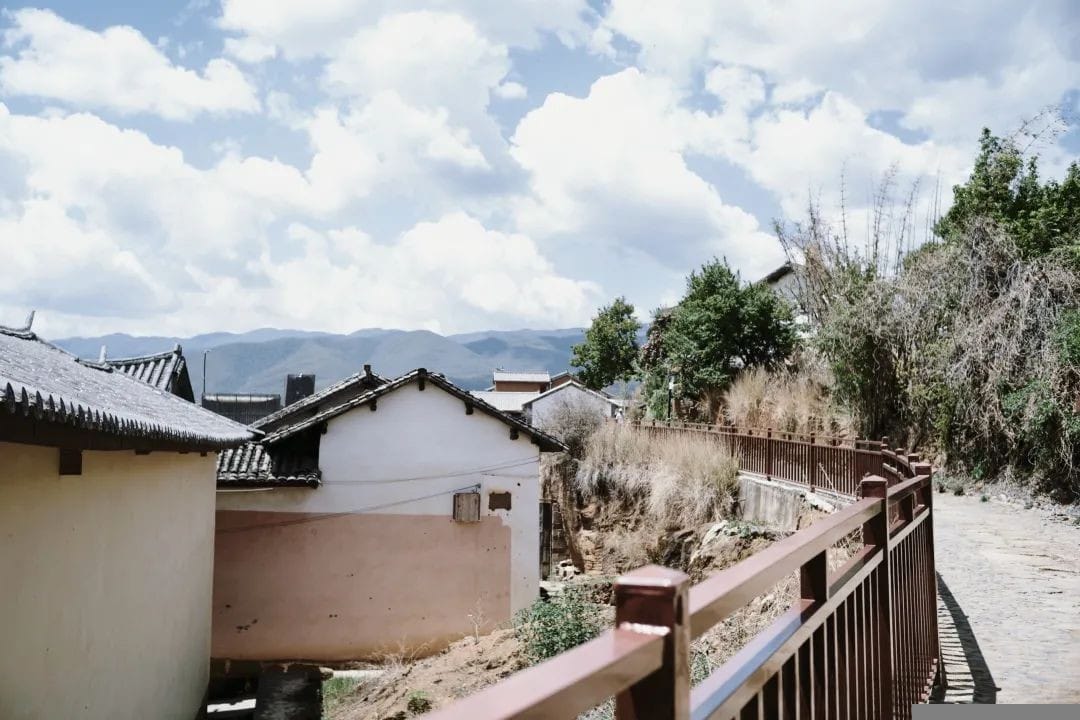
However, from my observation, this isn’t some kind of manipulative marketing by the shop owners. They simply value a good balance between work and life.
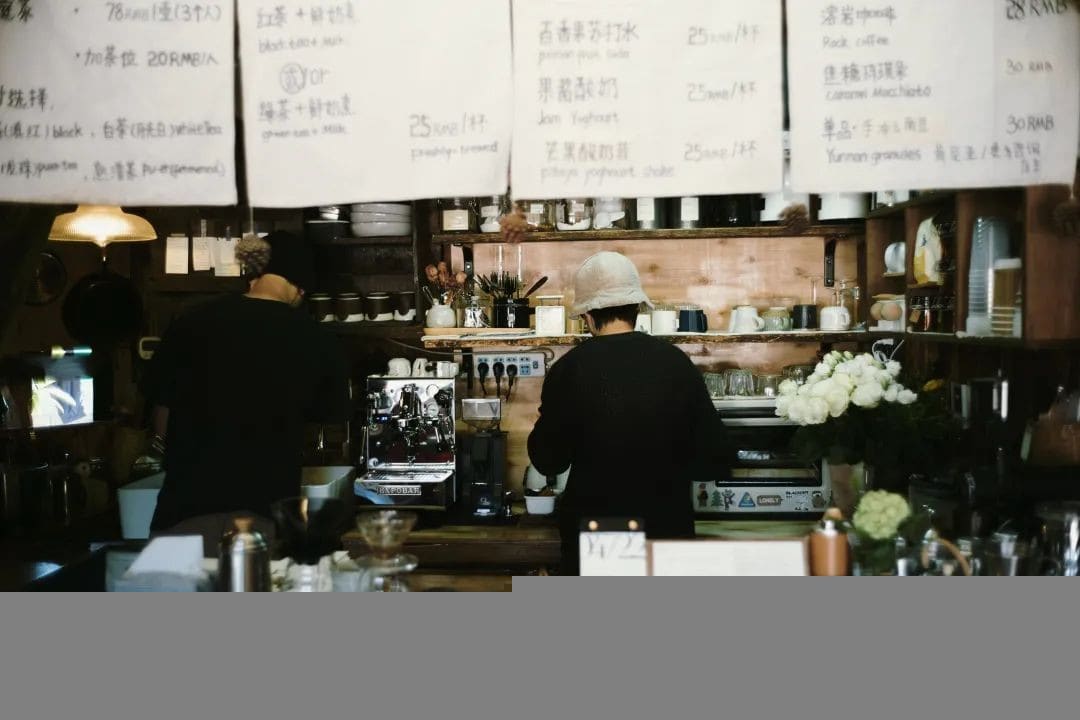
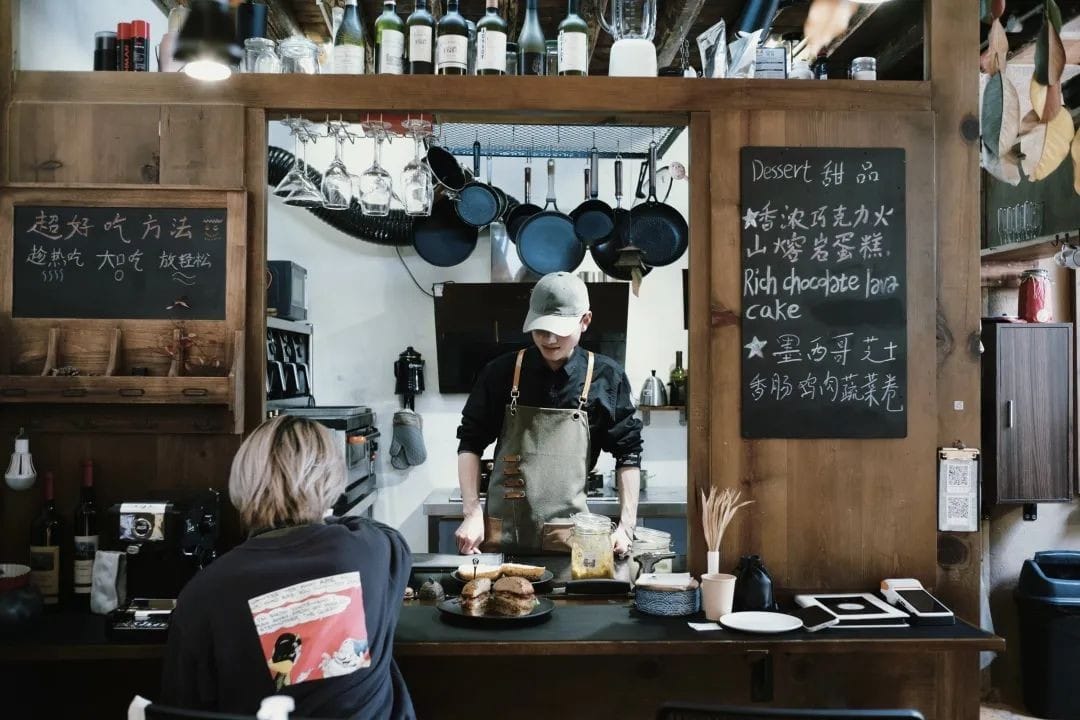
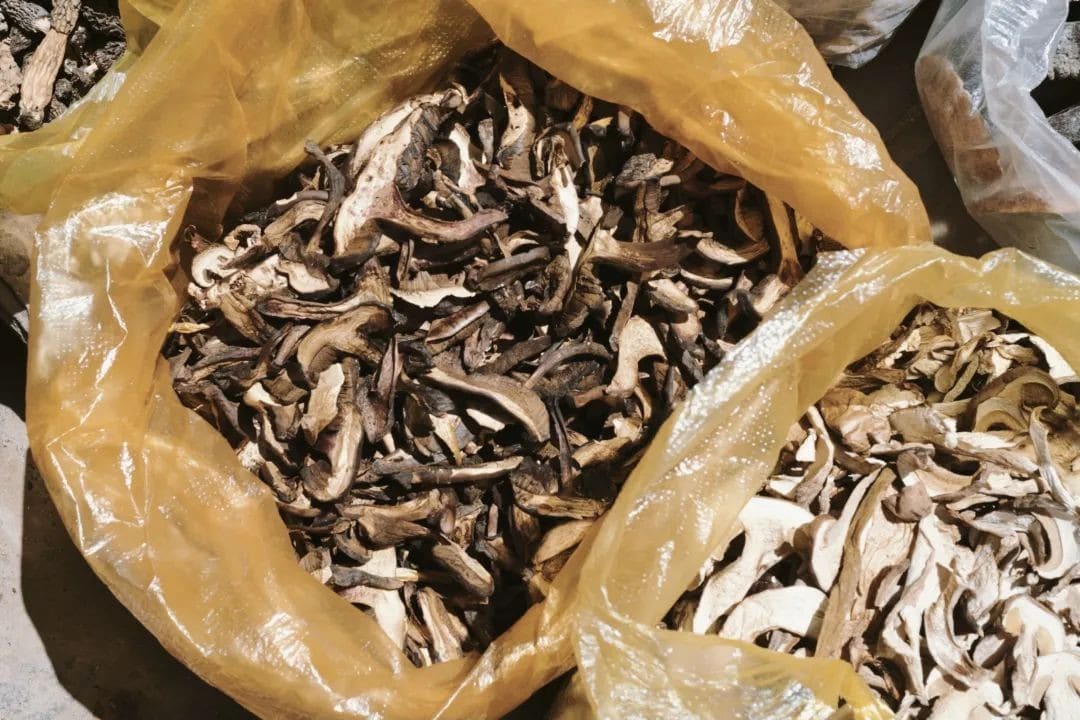
**Coffee and Bread**
**Cosmic Bread**
Our first stop in Shaxi was to find this bakery. Rumor has it that Cosmic Bread has extremely erratic operating hours and sells whatever bread it feels like, mostly hard sourdough bread. It opens at 10 AM and closes once the bread is sold out.
We were lucky to arrive just in time when there was still bread left. Unfortunately, due to the pandemic, many ingredients hadn’t arrived yet, so the only options were pineapple buns and coffee-cashew buns.
The pineapple bun had a crispy exterior and a soft interior, with a mild milk flavor since no butter was added. The coffee-cashew bun was quite large, packed with cashews, and had a hard texture.
The owner wrote on the door: “Don’t expect too much, just ordinary bread.” Indeed, the taste wasn’t particularly stunning, but the quality of the ingredients was evident, with no additives, so the bread had a short shelf life and was best consumed the same day.
When we returned the next day to explore Cosmic Bread again, it was, of course, closed. Being able to buy bread here is definitely a stroke of luck.
**Raven Coffee**
Without exaggeration, Raven Coffee is the pinnacle of coffee shops in the ancient town of Shaxi, with a well-deserved reputation.
We visited every day during our two days in Shaxi. Although the prices were typical for a tourist area, the atmosphere was genuinely warm and community-like.
I ordered the signature Yunnan hand-drip coffee, made with Bourbon beans from the champion farm of the 2019 Yunnan green bean competition. The taste was smooth with a rounded acidity, accompanied by notes of caramel and nuts.
Yunnan is abundant with hand-drip coffee shops, but this one also excels in milk-based coffee.
The oat milk latte was incredibly smooth and rich, using local Dali milk. The specialty drink “Gravity” was also excellent, with a cream cheese texture from ice-brewed coffee, suitable for those who don’t like bitter flavors.
**Eat Tea Go Tea Shop**
Eat Tea Go is located in a prime spot next to the ancient theater. On our first day, the shop was closed, and it only opened the next afternoon. When we asked the owner what he did the previous day, he said, “Oh, I went out to play the other day.”
At Eat Tea Go, you can enjoy tea, coffee, or specialty drinks, but the best part is the limited-edition desserts.
We ordered a passion fruit cheesecake, which was absolutely delightful. The passion fruit component had the perfect balance of sweet and sour, without any off-putting artificial flavors. The cheese wasn’t the heavy kind you might imagine; it was light and fluffy, blending perfectly with the passion fruit’s acidity and sweetness to create a refreshing explosion in the mouth.
Let’s put it this way, even on a scorching 39-degree day, this cake is absolutely not
The proprietor of Xiang Twelve is well-known in Shaxi, nicknamed “Shaxi Daniel Wu,” and he does bear a resemblance to some of the older Hong Kong stars. He’s not much of a talker, always busy in the open kitchen preparing meals.
Eating Western food in an ancient town was already a novel experience for me, but to also enjoy a thick beef burger that rivals Shake Shack in taste was truly a pleasant surprise.
The signature dish at Xiang Twelve is the beef thick burger, which is a must-order for every table. I specifically waited for a seat in front of the open kitchen to watch the boss assemble the burger.
Two slices of freshly baked bread, a freshly grilled steak and bacon, fresh vegetables, and homemade mustard cream sauce… The bread is incredibly crispy, the beef tender and juicy, and the sauce has a slightly sweet and sour flavor. The portion is generous, so it’s recommended to share one between two people.
This place is perfect for a date, though it’s best to arrive on time. Theoretically, Xiang Twelve opens at 12:30, but when I arrived at 1:00 PM on a weekday, I already had to wait for a table.
In addition to Xiang Twelve, there’s another authentic Western restaurant in Shaxi run by foreigners, called Peter’s Kitchen, which has a cozy, homey atmosphere and is also worth checking out.
**Bookstore**
**Pioneer Shaxi Bai Bookstore**
The Pioneer Bookstore is not located within the Shaxi Ancient Town. Like Huo Chai Coffee, it requires a trip to the outskirts of the town, known as “Fugui Spring.” Upon entering the bookstore, you’ll notice the high ceilings and bright interior.
This Pioneer is the first of its kind in Yunnan, converted from an old grain warehouse in the village. It houses around 20,000 books, many of which are works by local Yunnan authors and books introducing Bai ethnic culture.
For those interested in Bai culture, this is a great place to find books.
In addition, Shaxi has many handicraft shops, selling tie-dyed clothing, handmade jewelry, black pottery and wood carvings, and even a carpenter’s shop specializing in wooden spoons…
To explore all of them might require a stay of one or two months.
If you happen to be in Shaxi on a Friday, join the local market!
To experience the most authentic local atmosphere in Shaxi, don’t miss the weekly Friday market.
Every Friday, locals from Shaxi and the surrounding areas come to set up stalls, showcasing a variety of Yunnan goods from morning until around 3 or 4 PM, creating a lively scene.
It’s better to arrive at the right time than too early. My friend Ni and I happened to catch the market. Everyone at the market carries a basket, making our backpacks seem a bit out of place.
The market offers a variety of fresh produce, seasonal fruits, and daily necessities. There are also more exotic items, such as hair.
Of course, there are plenty of local Yunnan specialties, like handmade dairy products, wild mushrooms from the mountains, and pickles.
Dried mushrooms make for a great souvenir to take home.
At the Shaxi market, I also experienced the long-lost art of haggling. Especially for someone like me and Nizi, who clearly look like outsiders, the prices quoted by the aunties were outrageously inflated. Halving the price was already being lenient.
In the end, we each brought home two pieces of lingzhi mushrooms.
Compared to shopping in the cold, clearly priced internet markets in the city, visiting such a local market is truly “lively and aromatic.”
Staying in Shaxi
Finally, about accommodation in Shaxi. Since it’s not easy to get to Shaxi, naturally, we decided to stay overnight.
In the Shaxi Ancient Town, a well-known hotel is Jixia Mountain. Besides that, there are many charming small inns and guesthouses.
🛏️ Rooms at Jixia Mountain
There is also a stunningly beautiful hotel called Xilin Pavilion in Shaxi, which is not within the Shaxi Ancient Town but located on the 2600-meter-high Shibao Mountain Forest Park. It’s about a 40-minute drive from the Shaxi Ancient Town and is a designer hotel where “the hotel itself is the destination.”
This time, we stayed at this hotel. The entire hotel overlooks a lake and is nestled against a mountain, next to the more primitive and mysterious Bai ethnic village—Shilong Village. On the way to the hotel, we occasionally encountered villagers from Shilong Village feeding horses by the lake, like a scene from a poem.
From a bird’s-eye view, Xilin Pavilion in Shaxi is divided into two parts by a long corridor—one side is the public area, and the other is the guest rooms.
The hotel is built with rammed earth, not only aesthetically pleasing but also warm inside during winter in the mountains, even without air conditioning.
The public area is semi-enclosed, with large floor-to-ceiling windows. The lobby, restaurant, and library are all here, and the light and shadows are exceptionally beautiful in the evening.
The rooms are geometric rammed earth cubes, neatly arranged on the mountain. The wall texture inside the rooms is also rough with the feel of rammed earth.
The bathroom is spacious, with a bathtub, and the amenities are from L’Occitane.
The balconies offer either forest or lake views, providing a secluded and tranquil retreat.
The hotel’s experiences revolve around Shibao Mountain and Shilong Village. There are free guided walks through Shilong Village every day, allowing a deeper understanding of the cultural beauty of the traditional Bai ancient village.
Other activities include visiting the Shibao Mountain Grottoes, wood carving experiences, and Shibao Mountain hiking, which require additional fees.
If you’re interested in Xilin Pavilion in Shaxi, it’s recommended to spend one night at Xilin Pavilion and one night in the Shaxi Ancient Town, otherwise, the transportation can be quite troublesome.
Although we only stayed in Shaxi for two days and one night this time, it was enough to make me fall in love with this utopia. I wish I had a long vacation to waste more time in Shaxi again.
By the way, a light preview—there will be guides to Weishan and Xizhou in the future, so stay tuned!
🏠
/Shaxi Ancient Town/
Address
Located in the southeast of Jianchuan County, Dali, Yunnan Province, 32 km from the county seat, it is situated right between the three major tourist areas of Dali, Lijiang, and Shangri-La.
Transportation
Public Transportation: You can take a bus from Lijiang or Dali Bus Station to Jianchuan Bus Station (1.5-2 hours), and then take a rural green minibus from Jianchuan Bus Station to Shaxi Ancient Town (40 minutes to 1 hour). The overall travel time is quite long.
Private Car/Rental Car: A more ideal option is to hire a car directly from Lijiang or Dali to Shaxi Ancient Town, with prices ranging from 300-500 RMB. You can also inquire with hotels or guesthouses about carpooling options, which might be cheaper.


